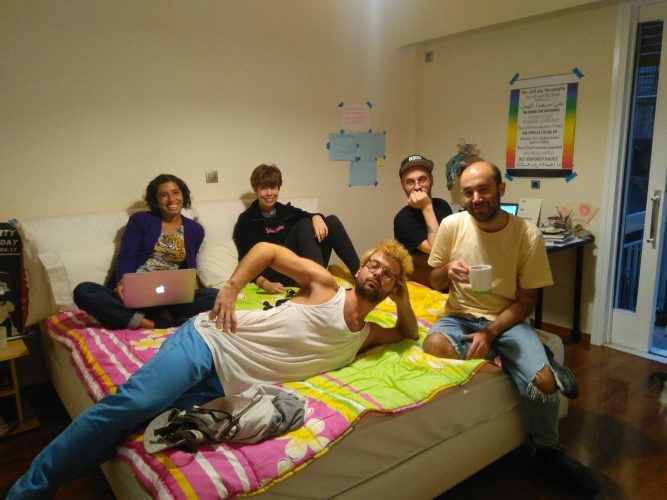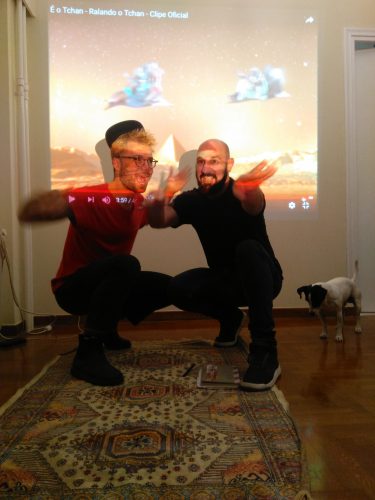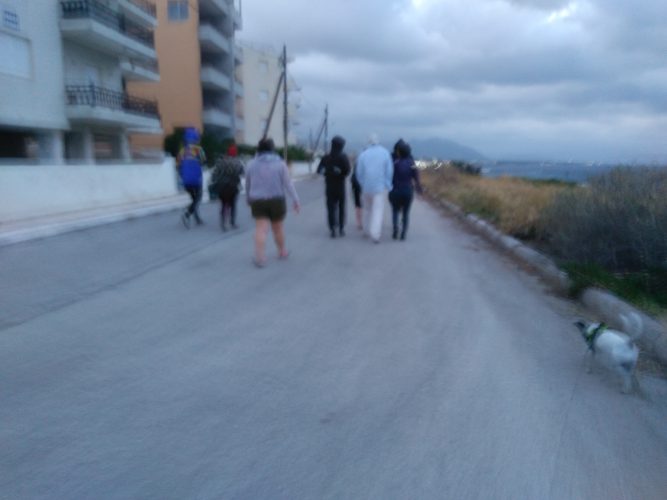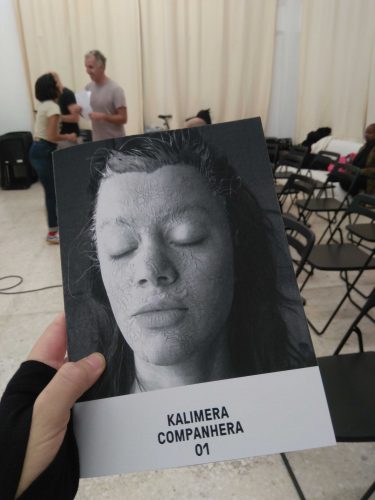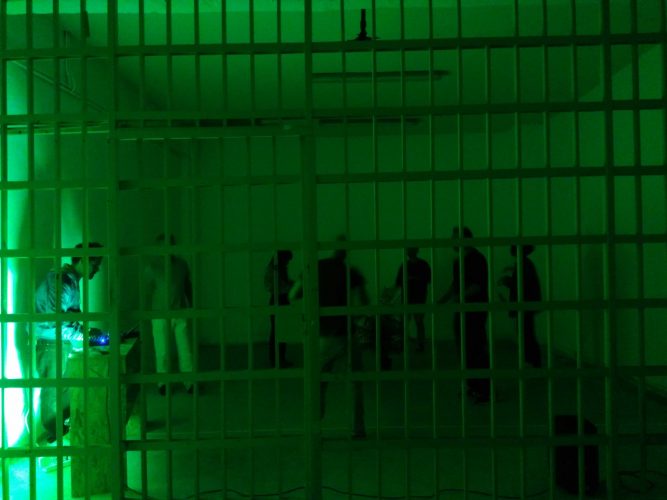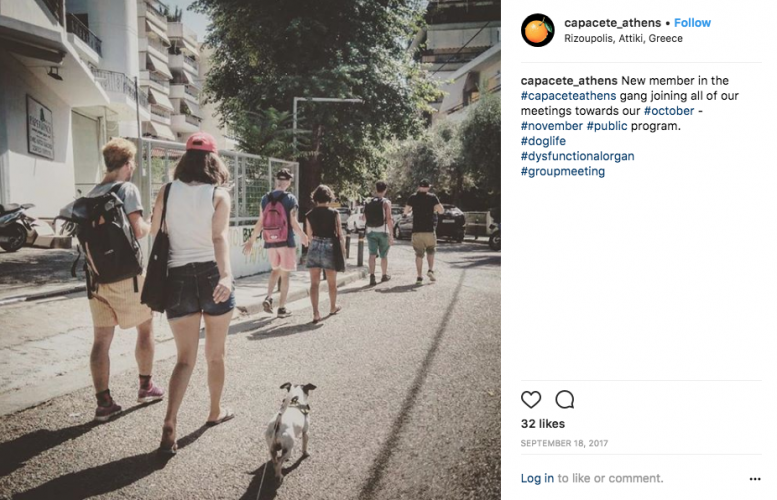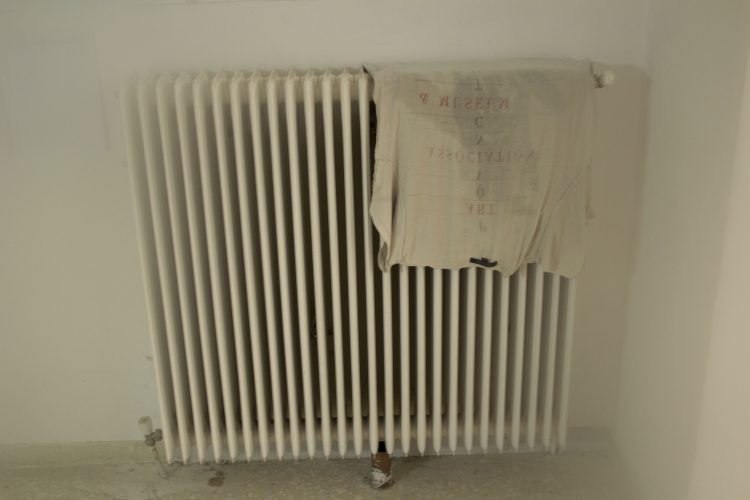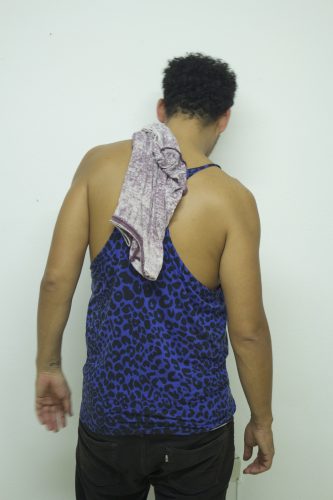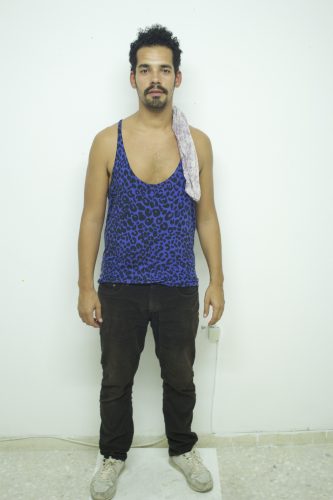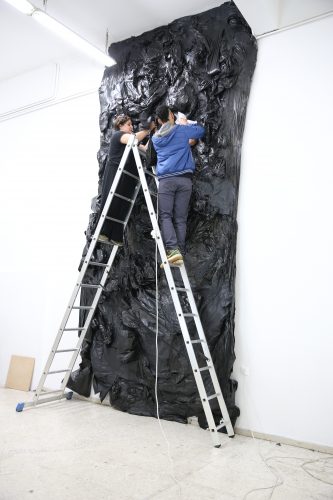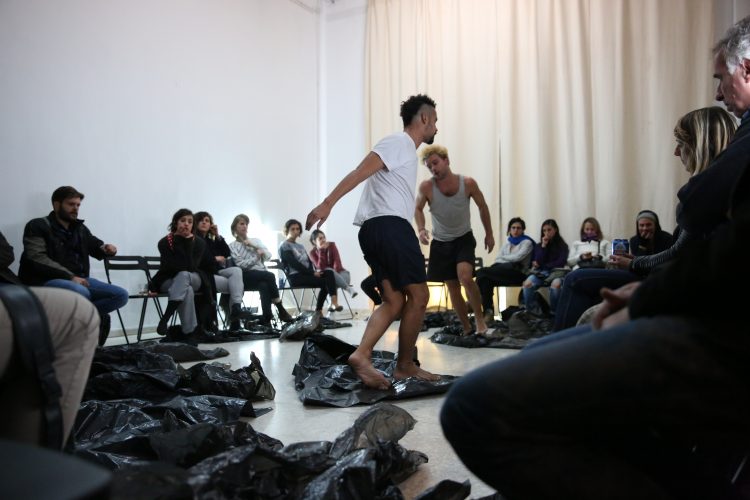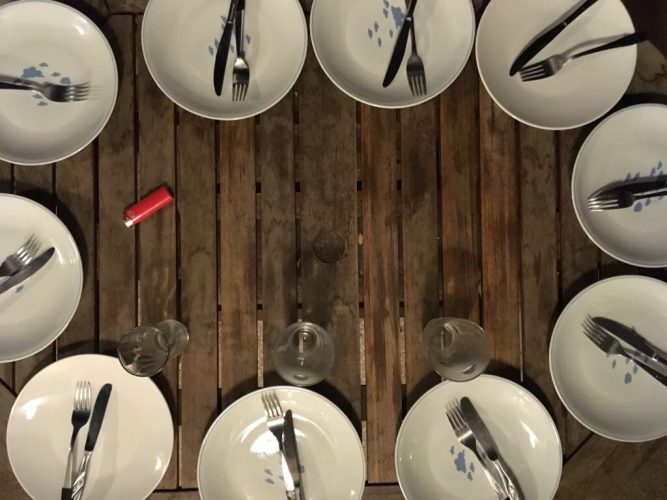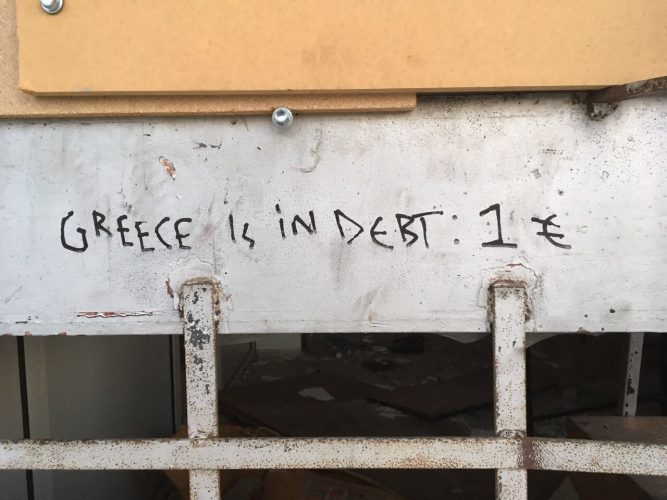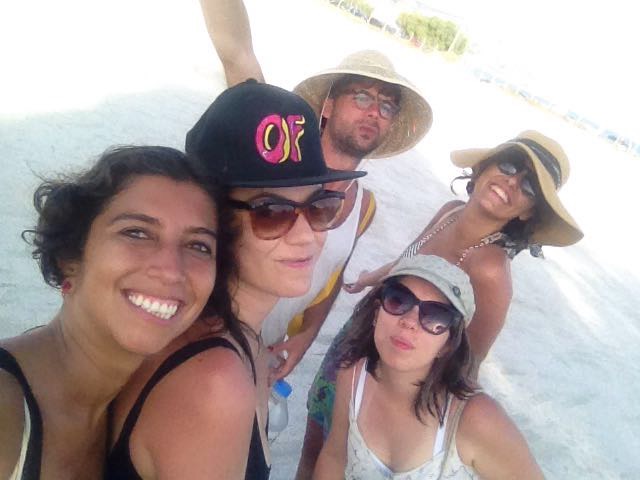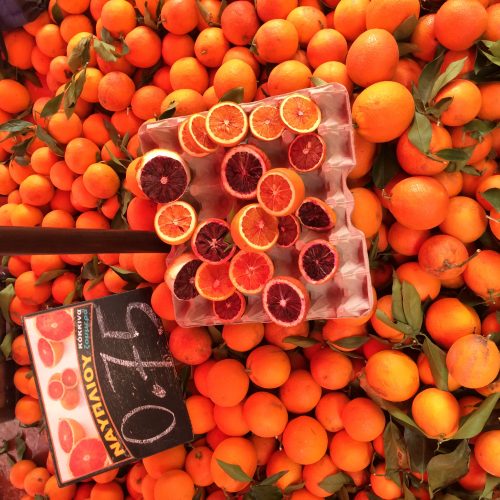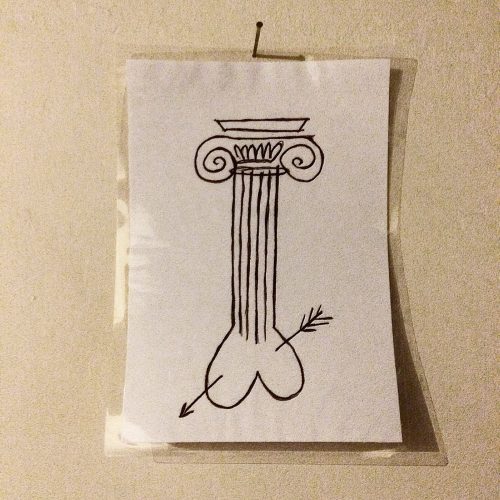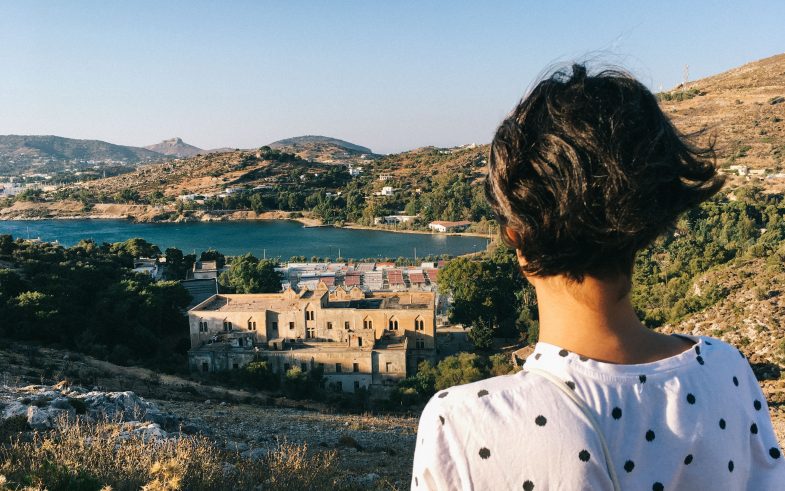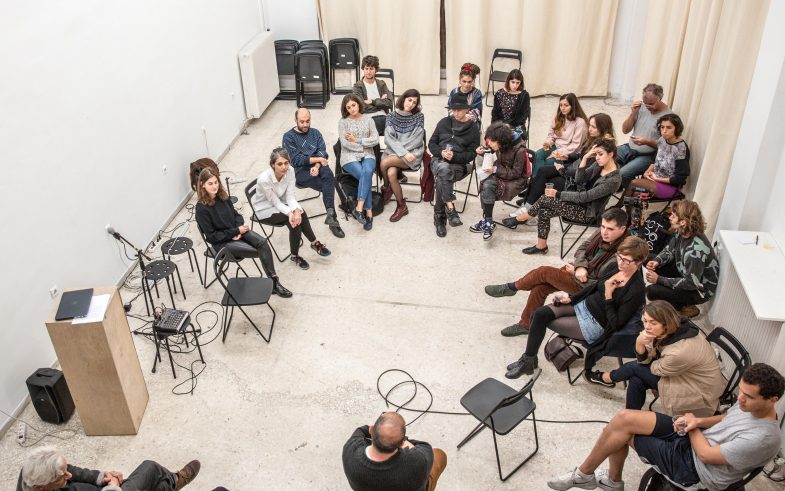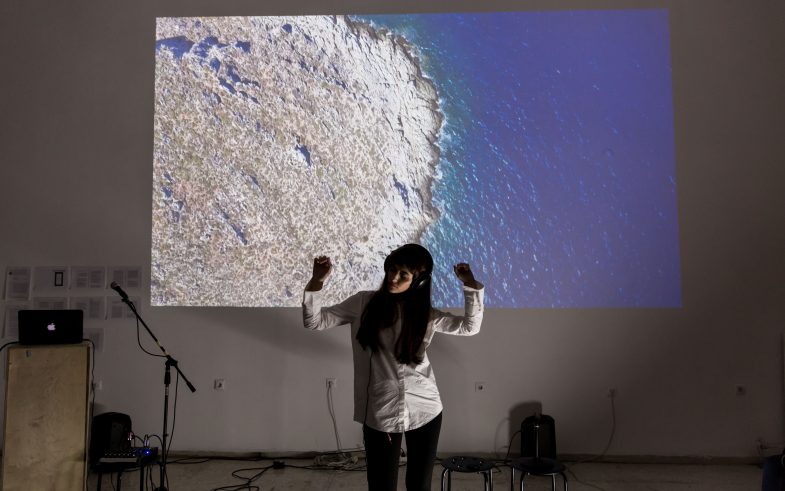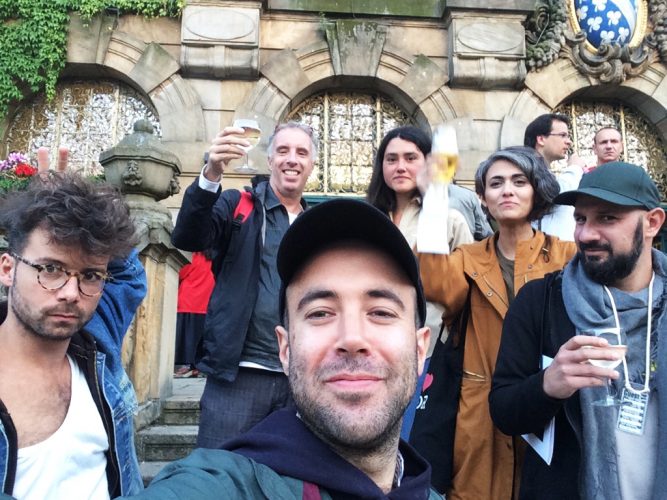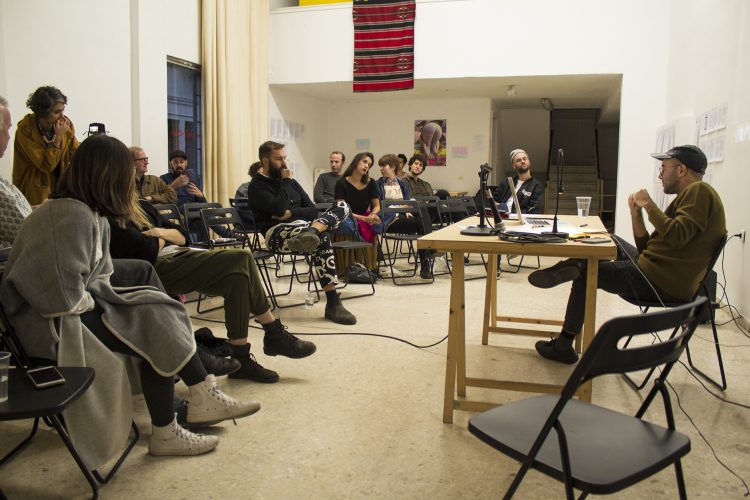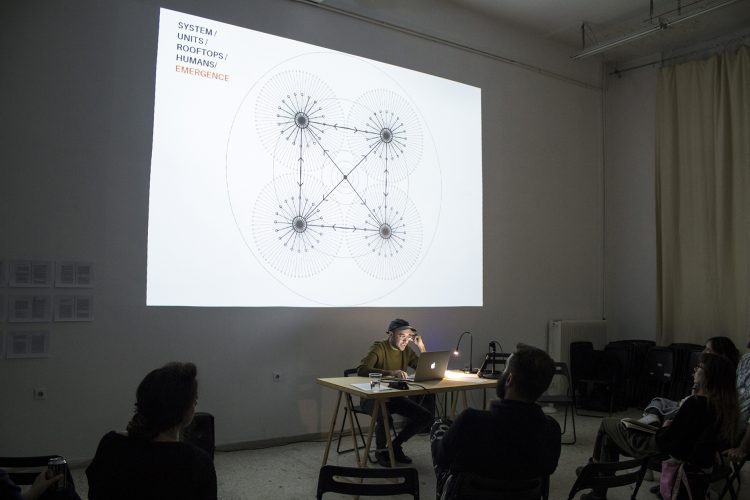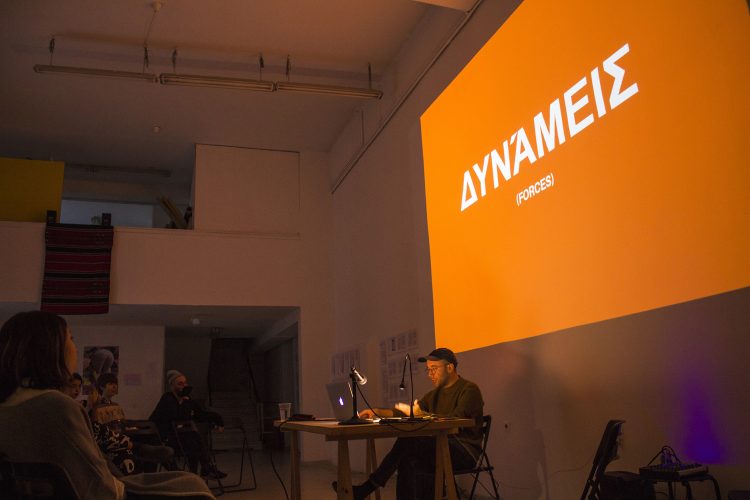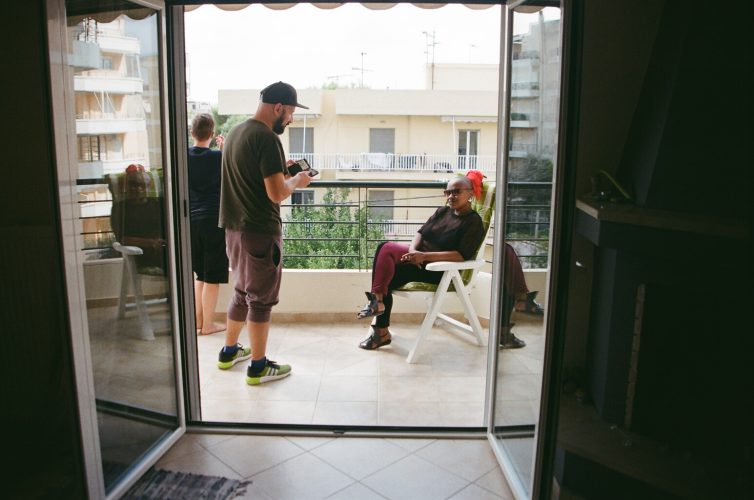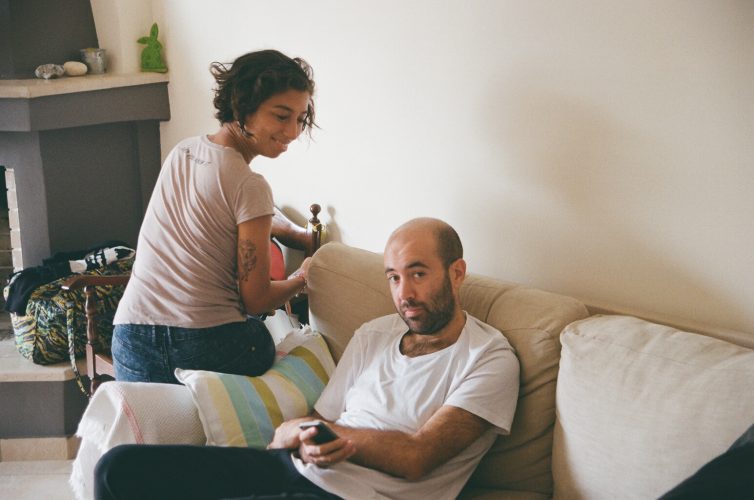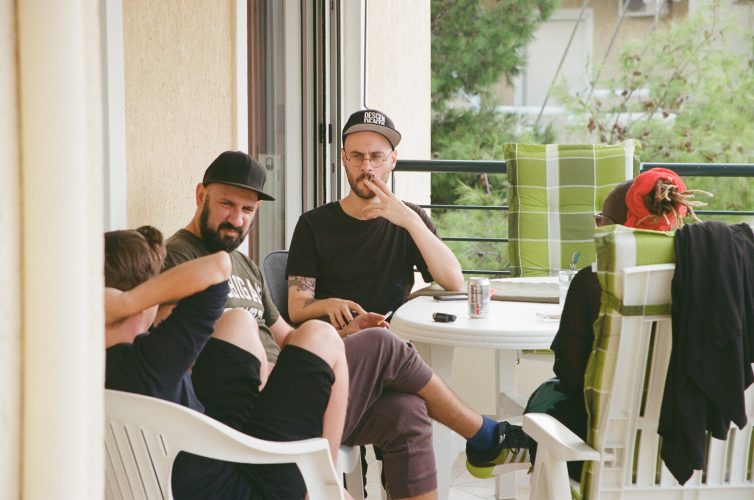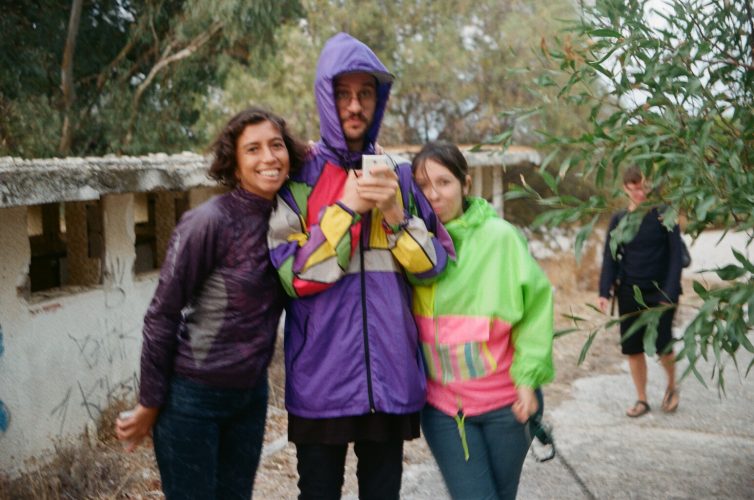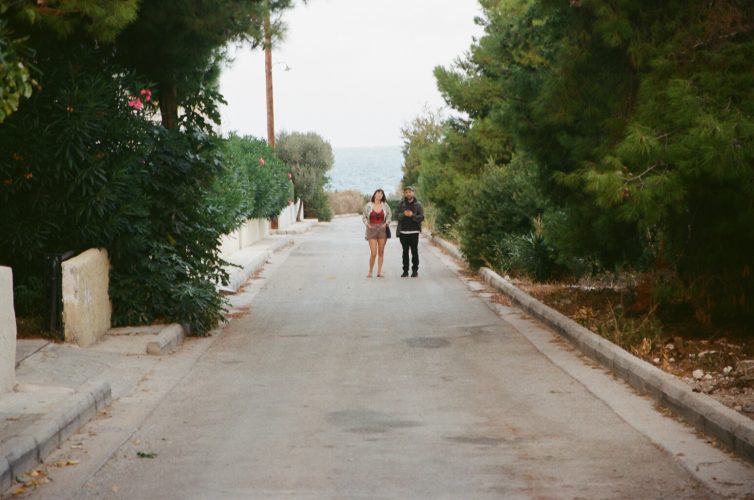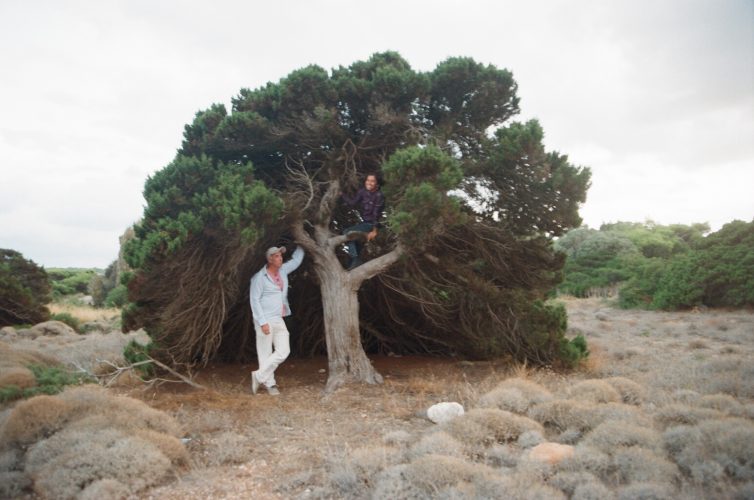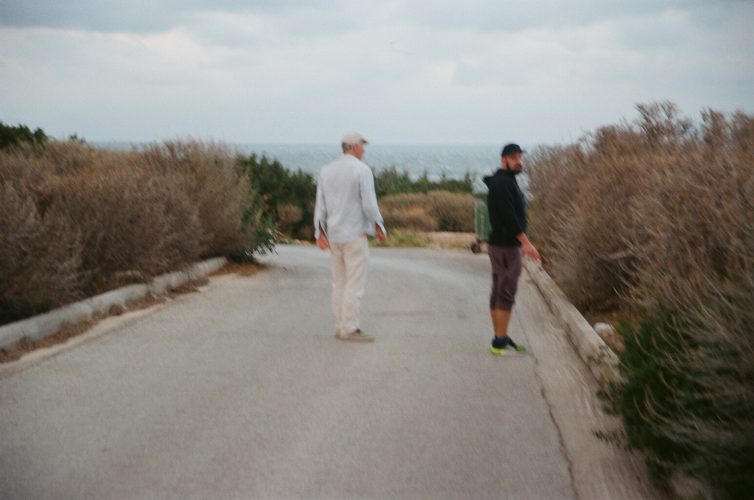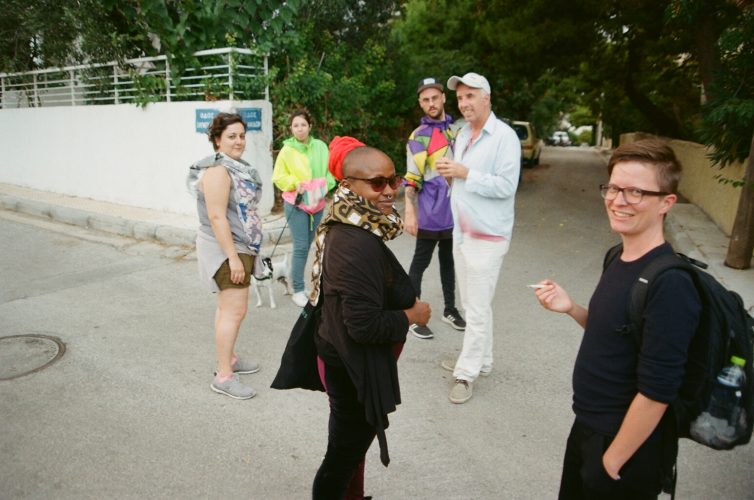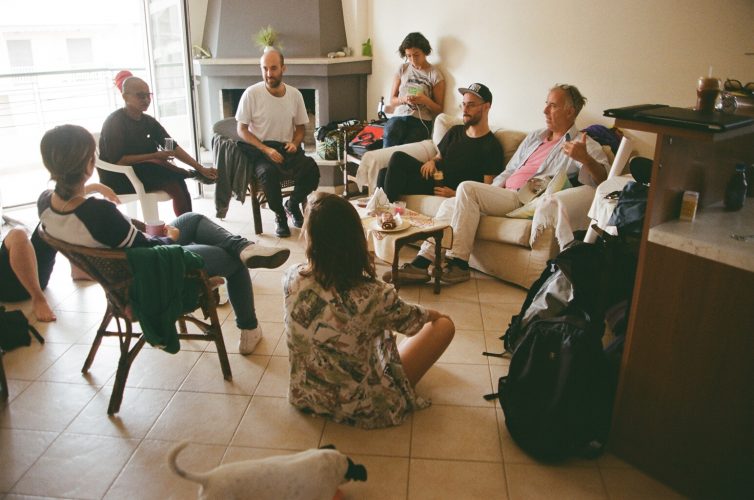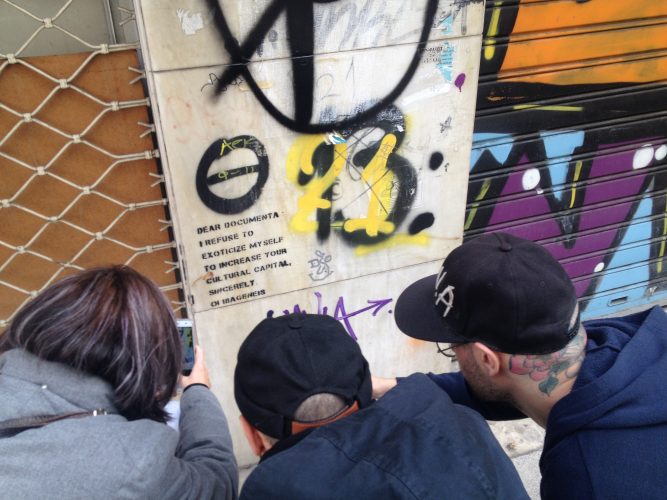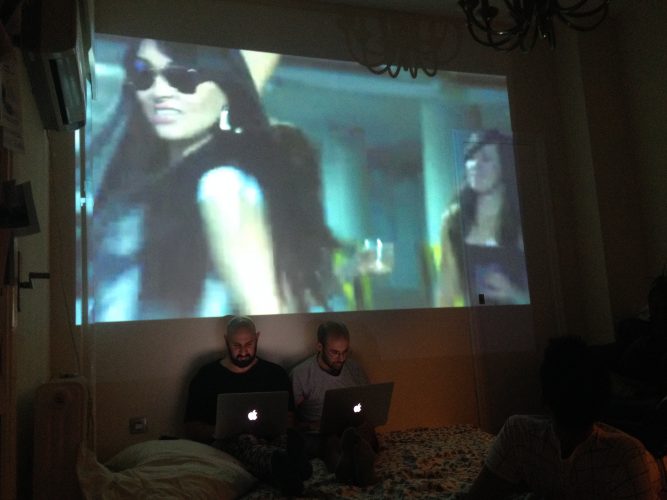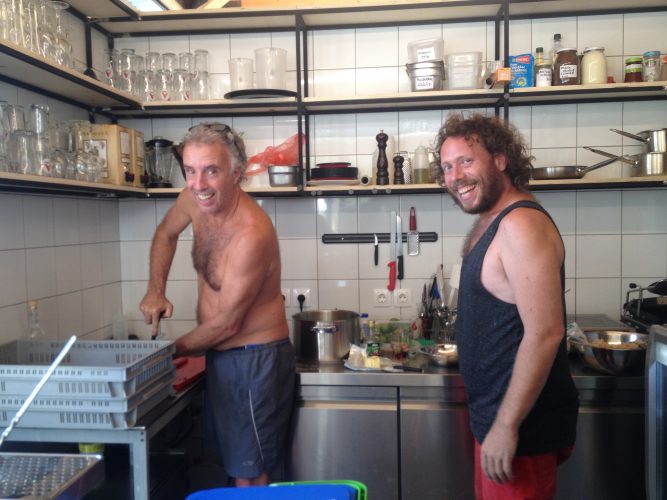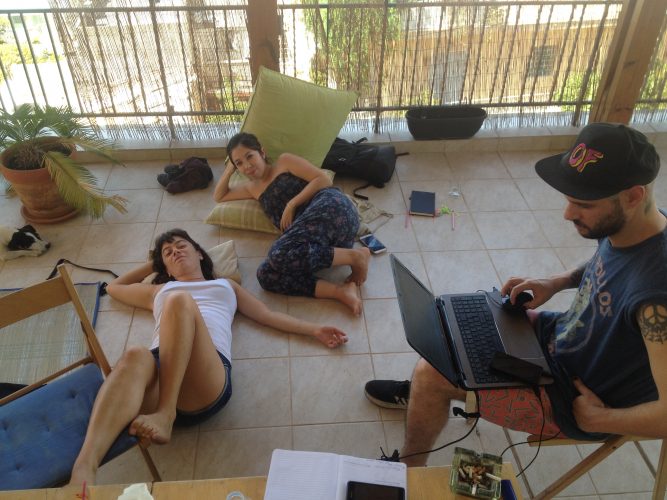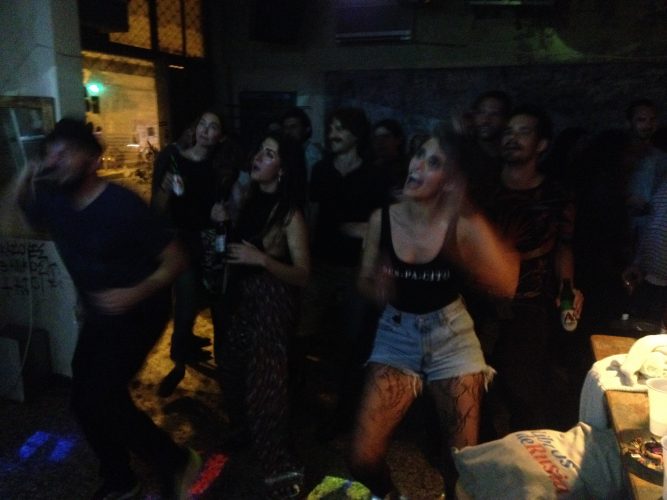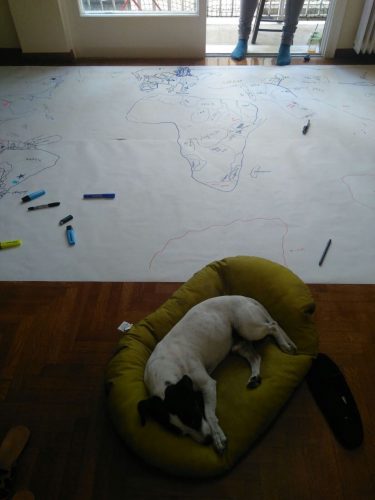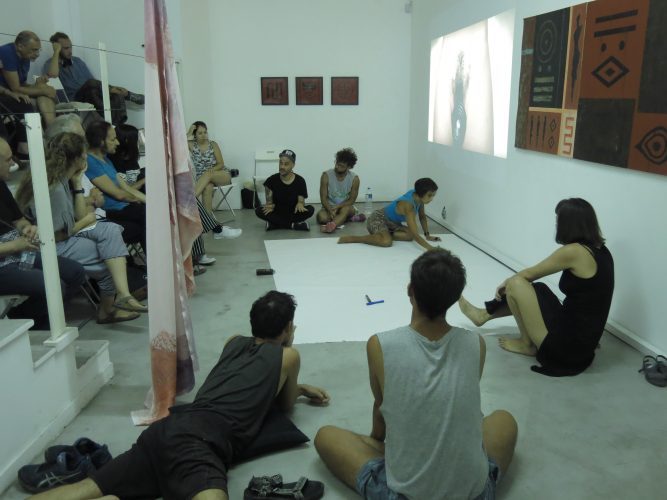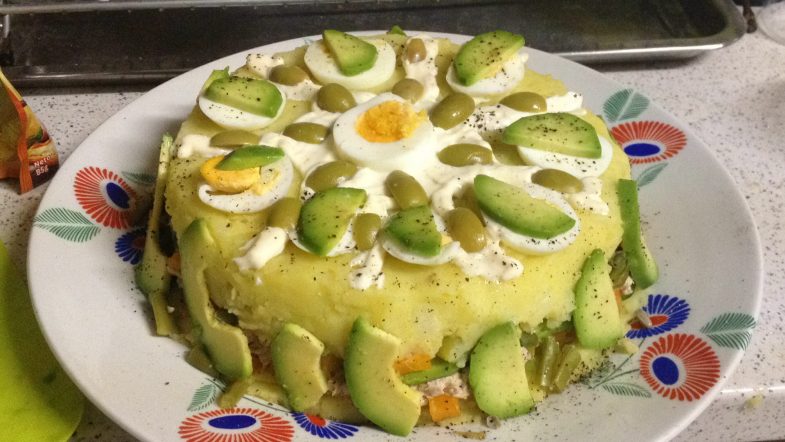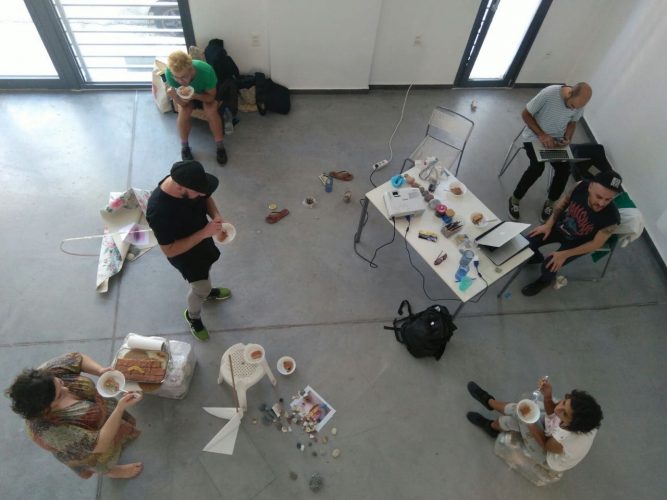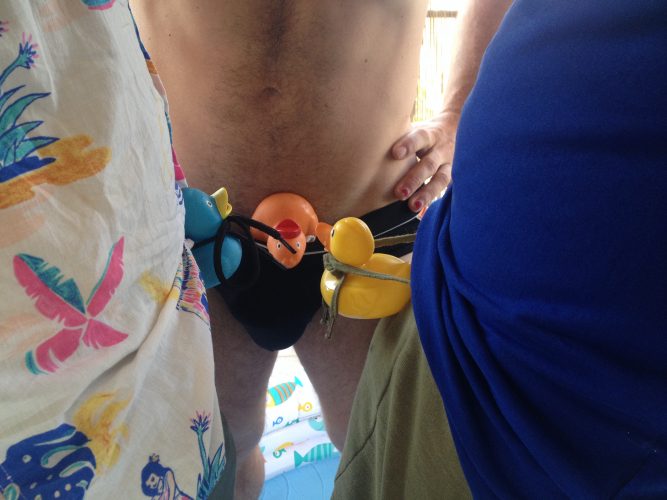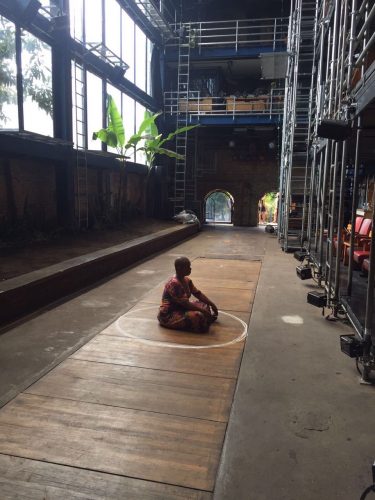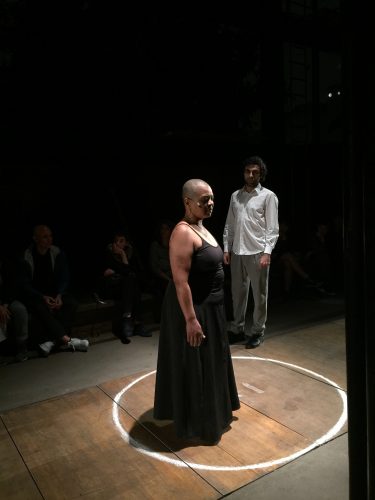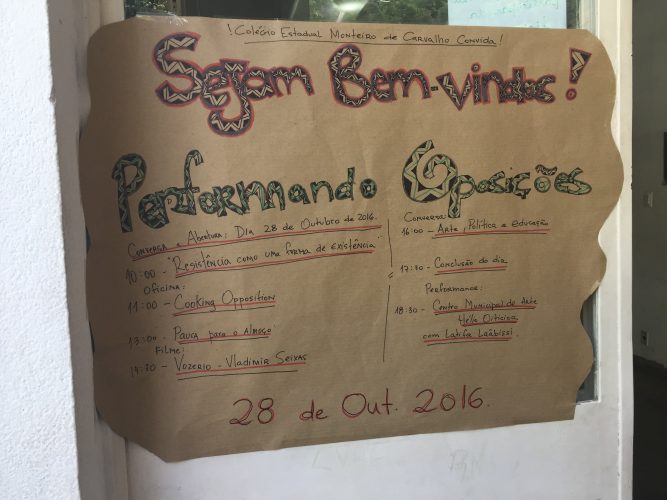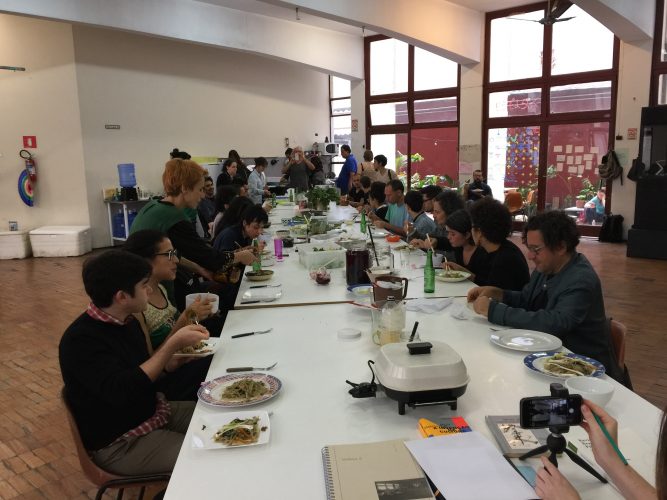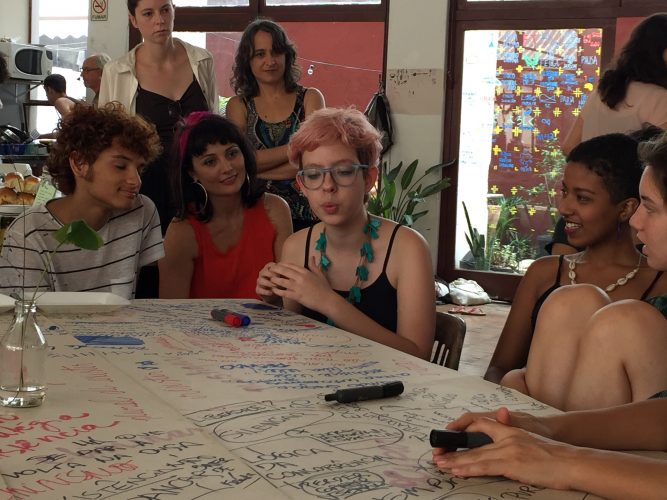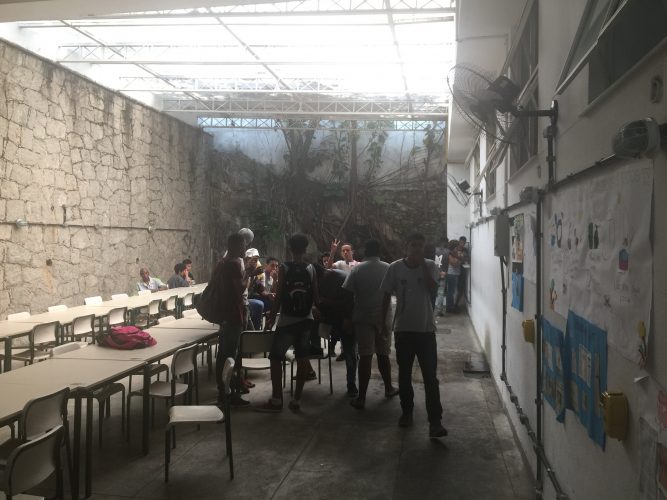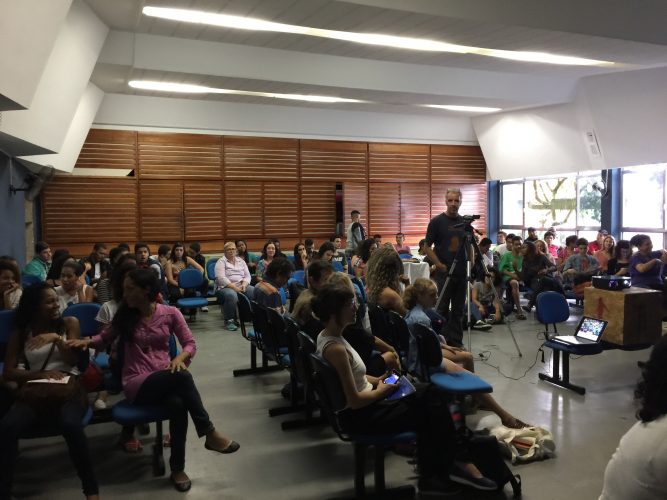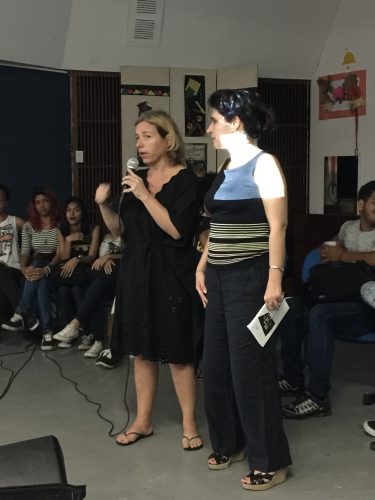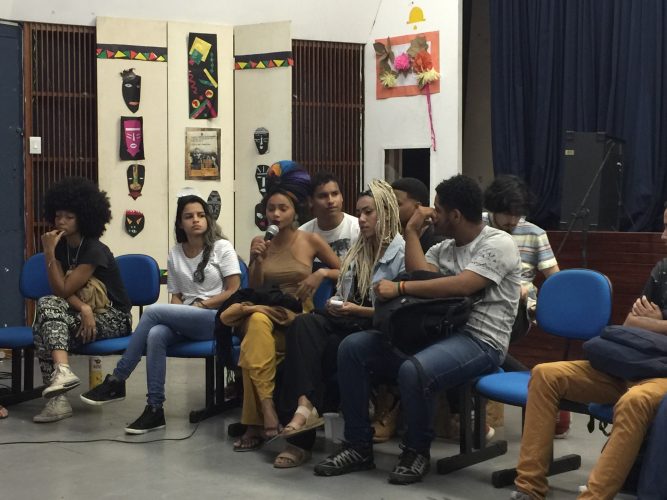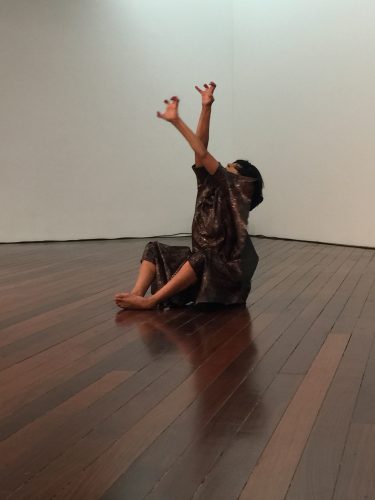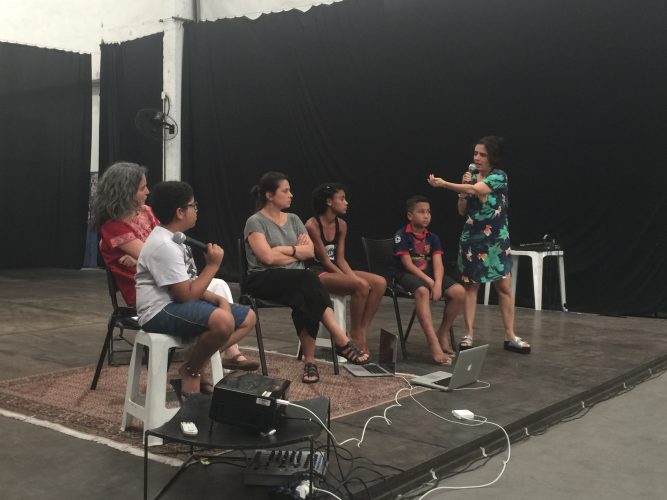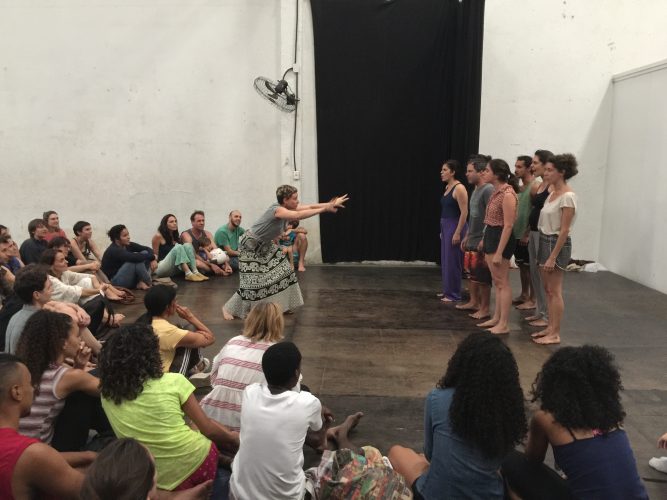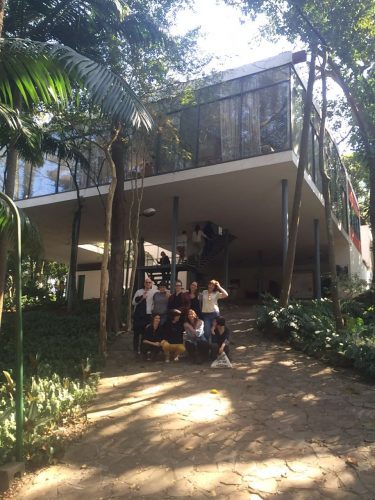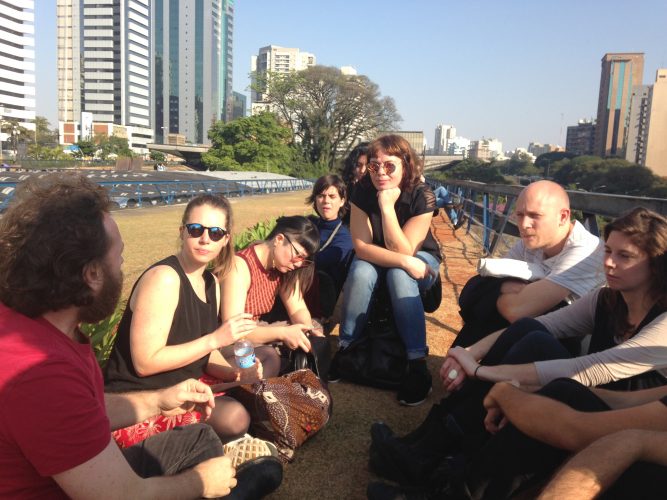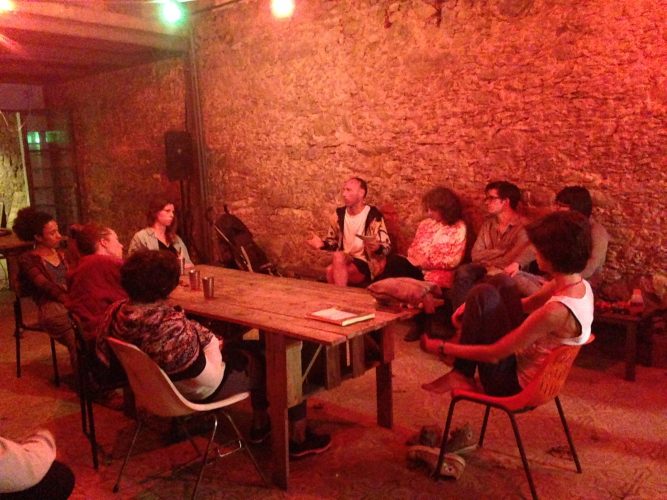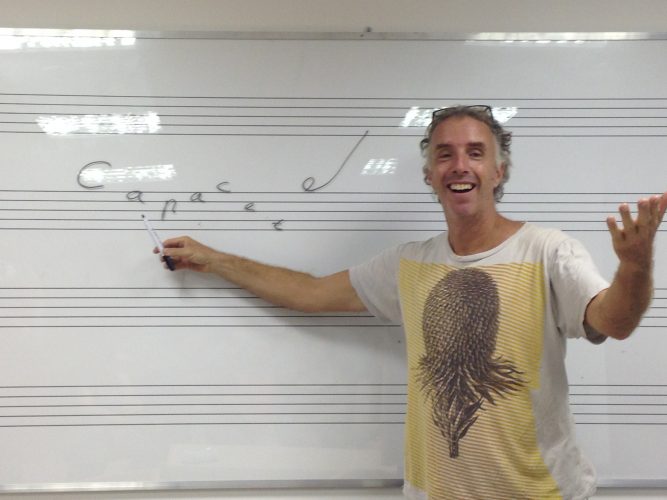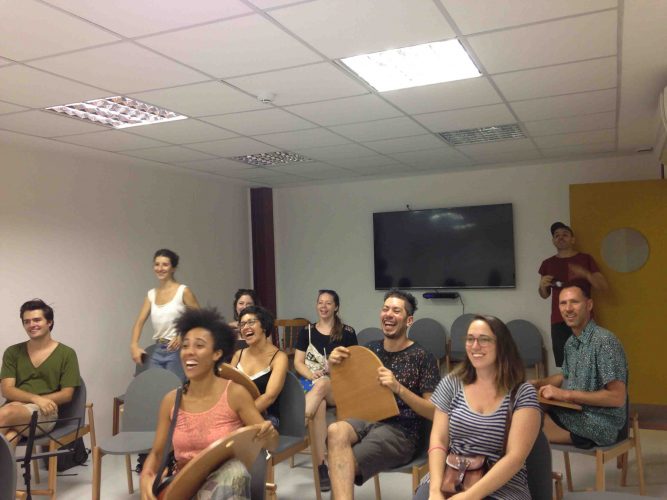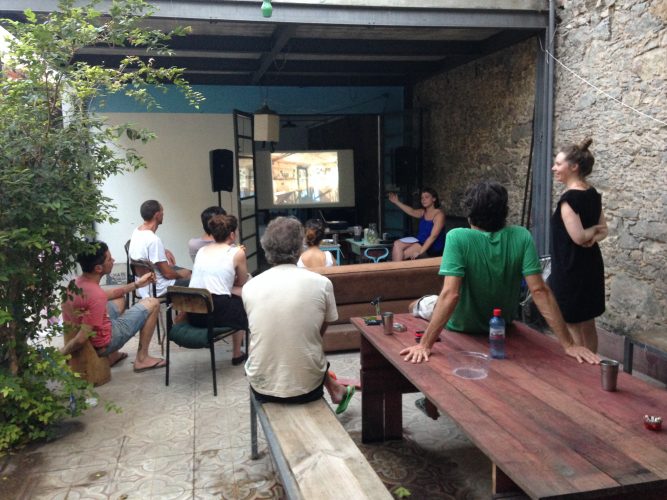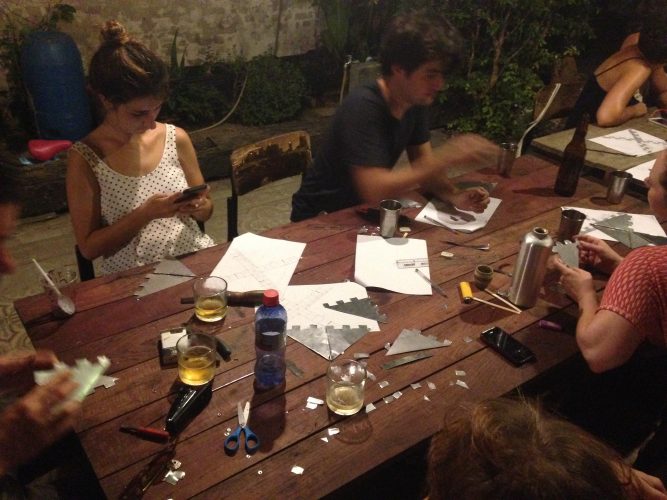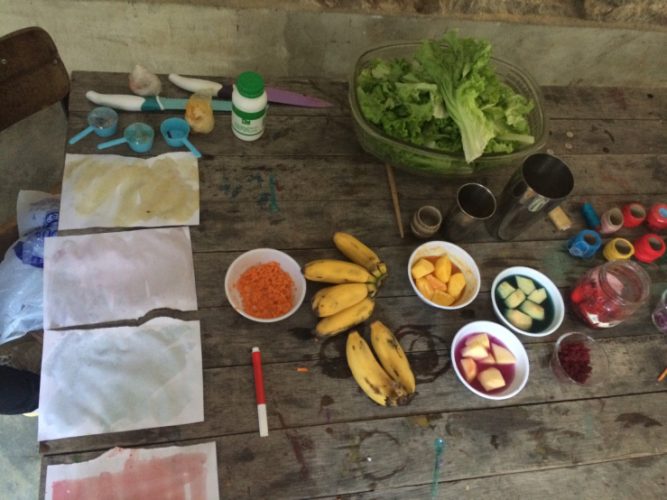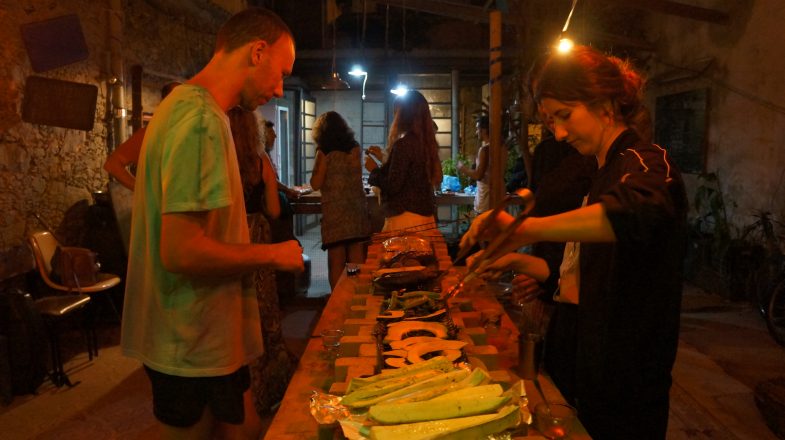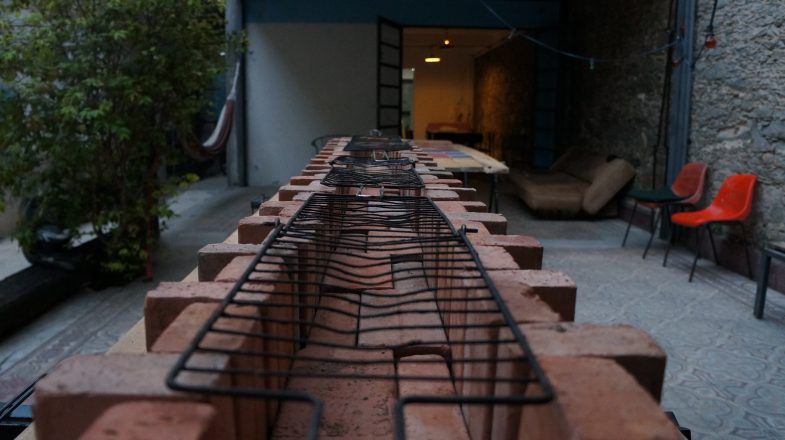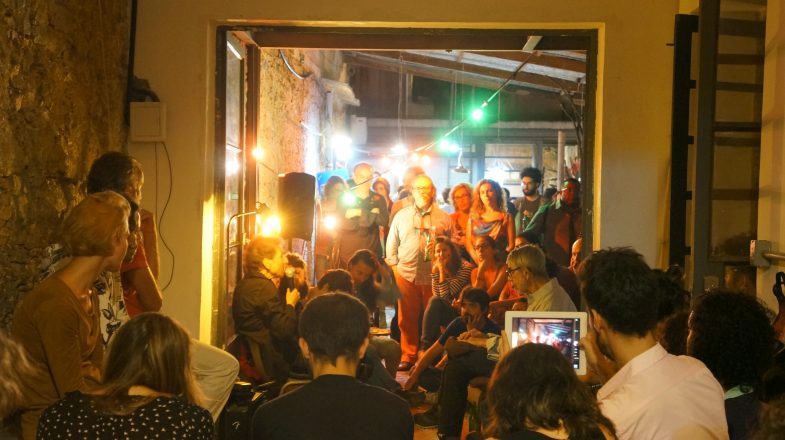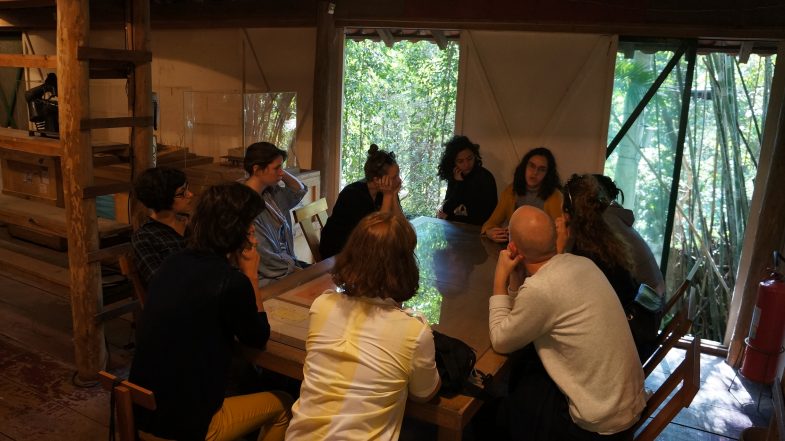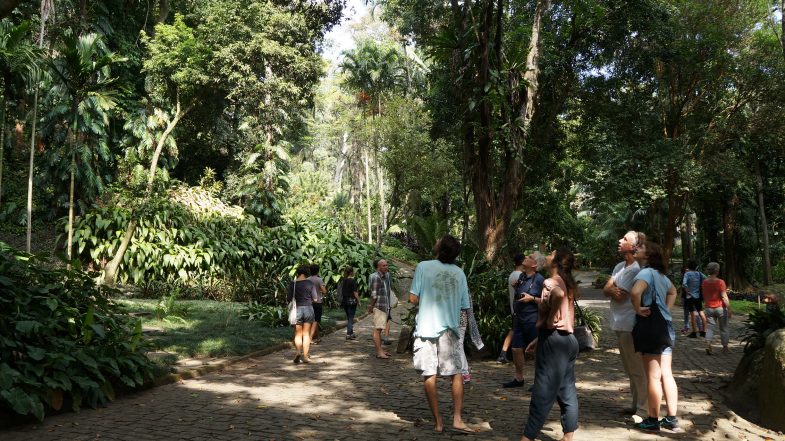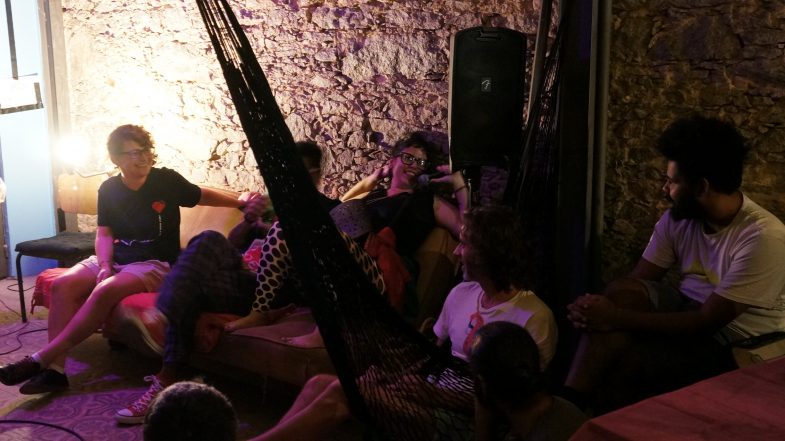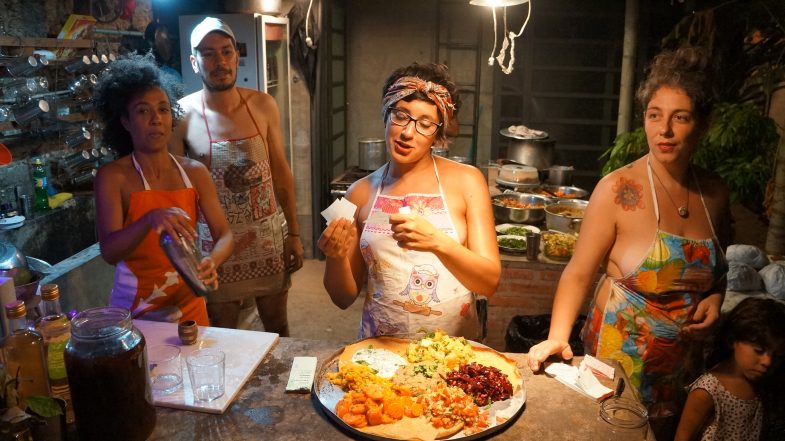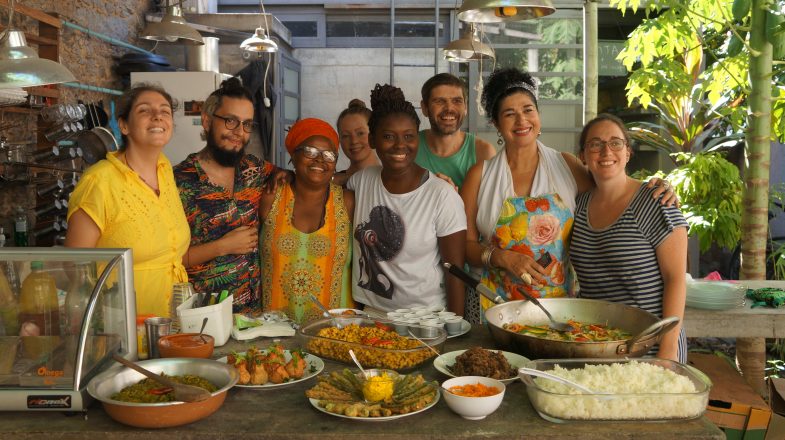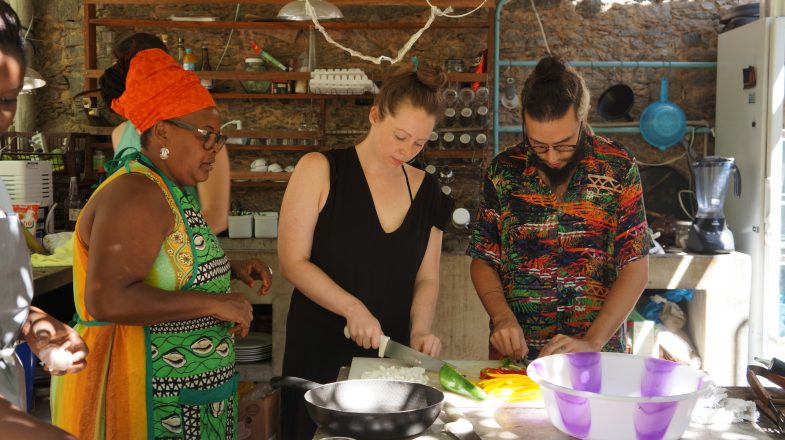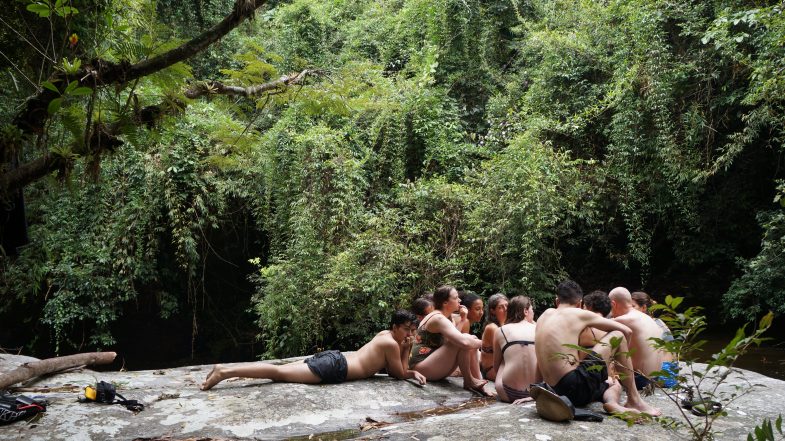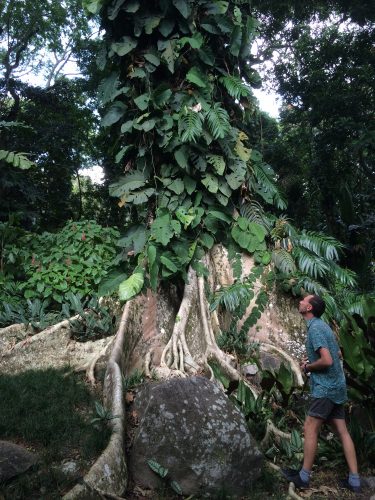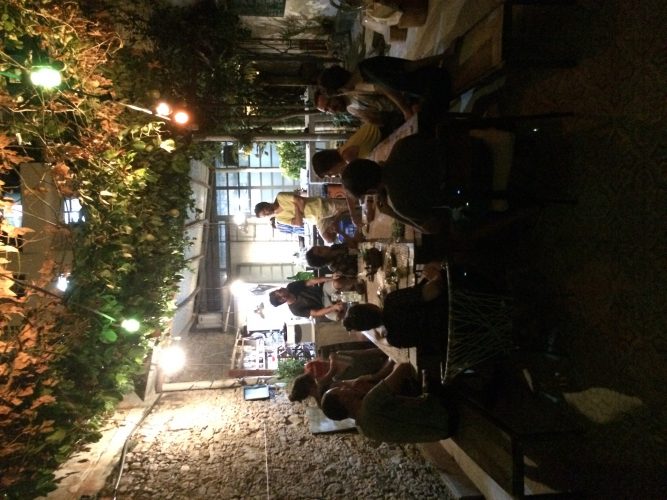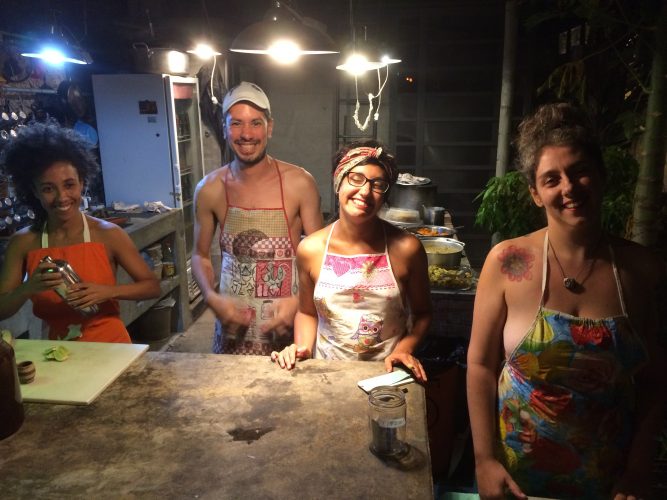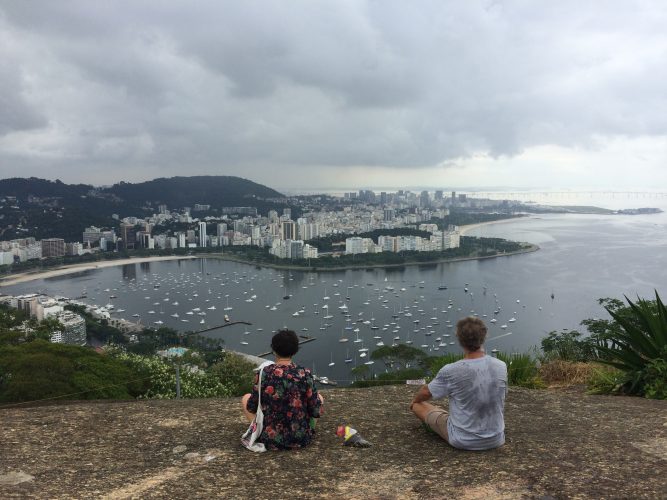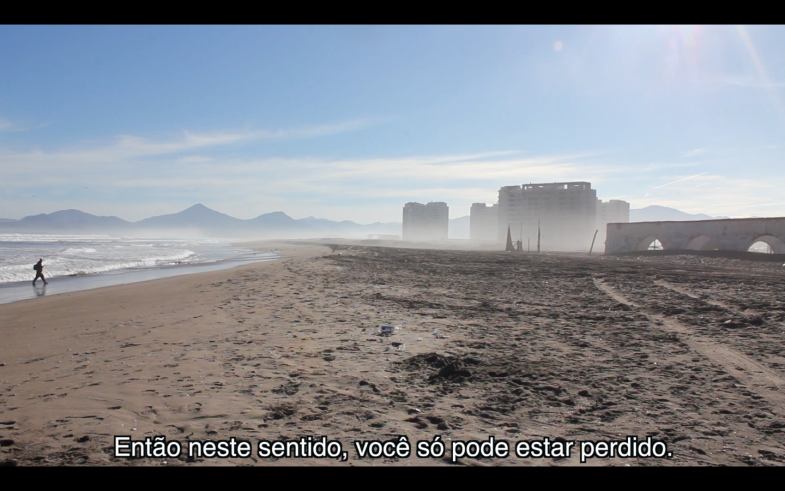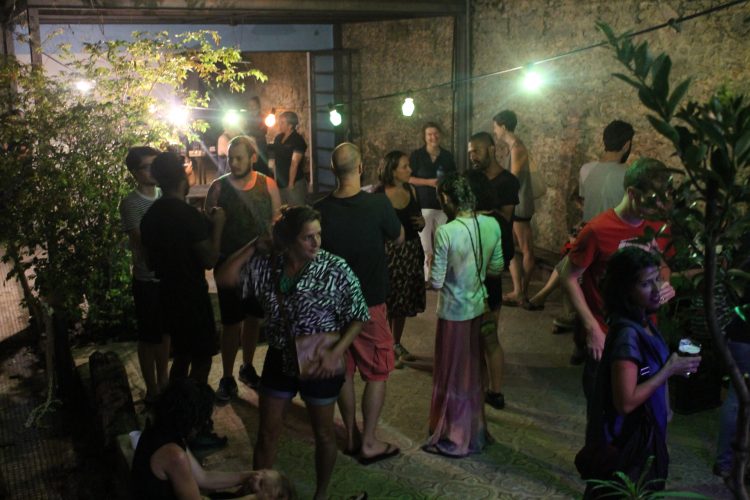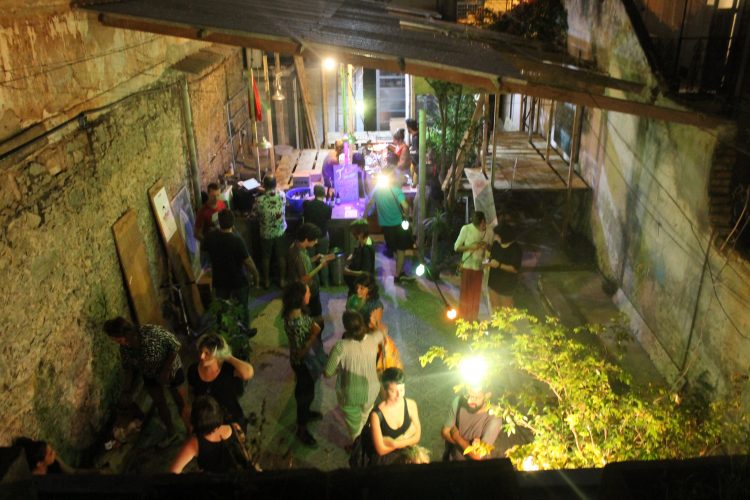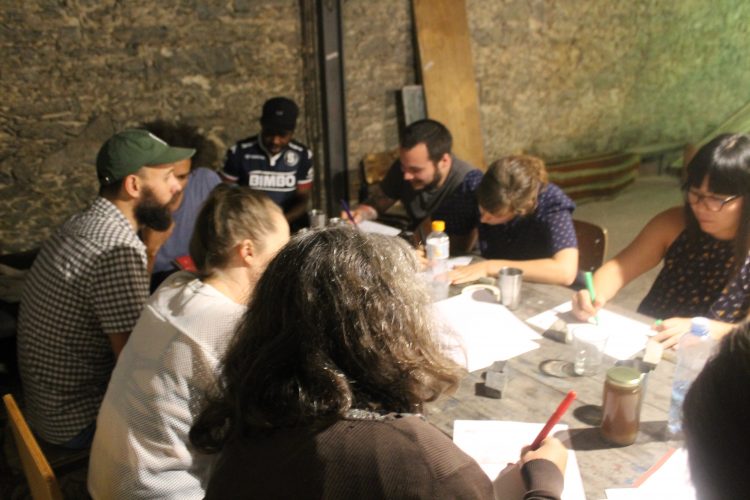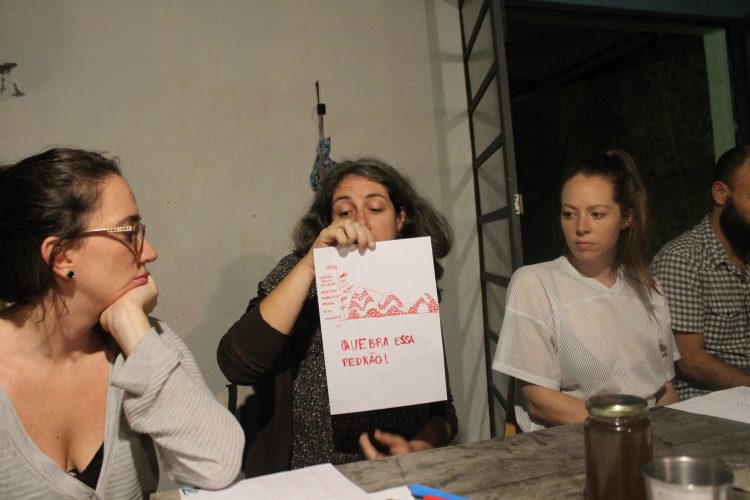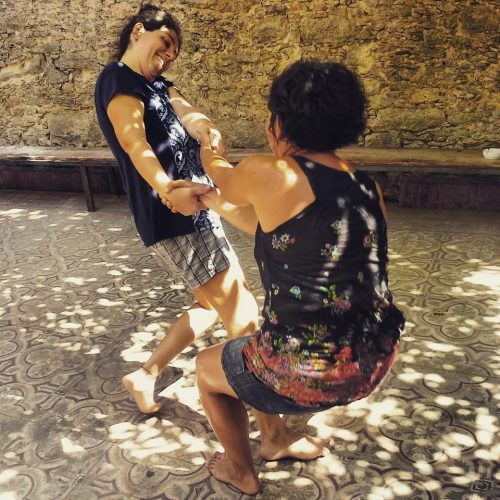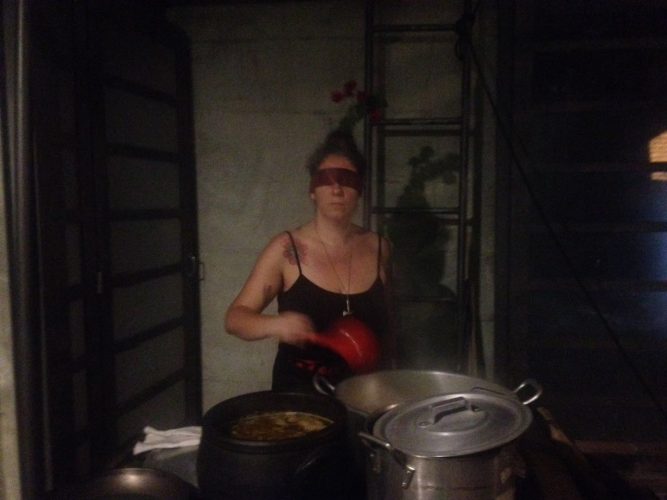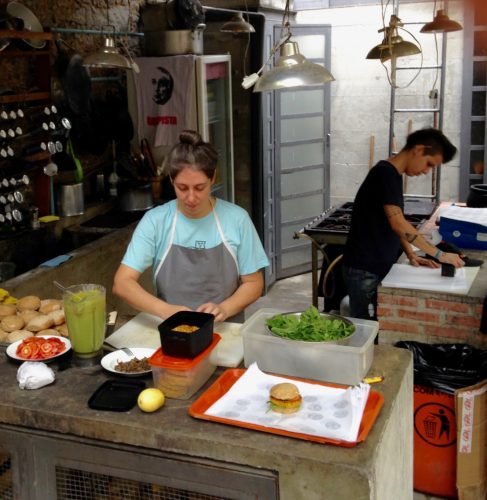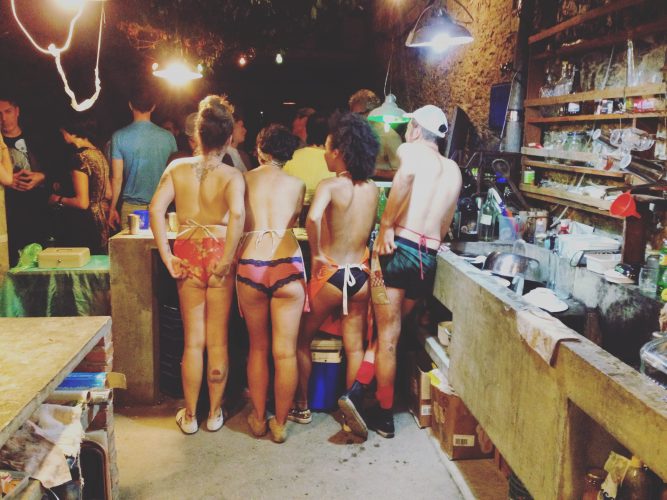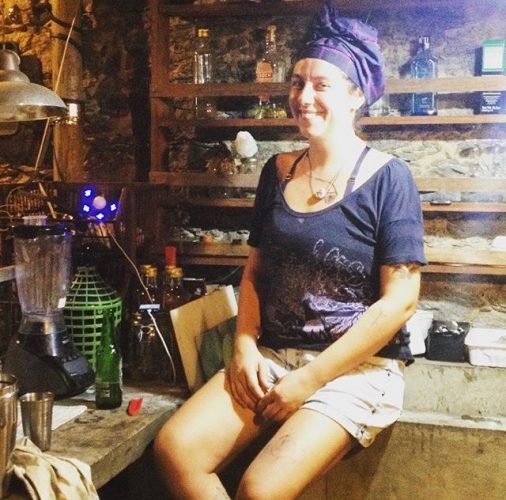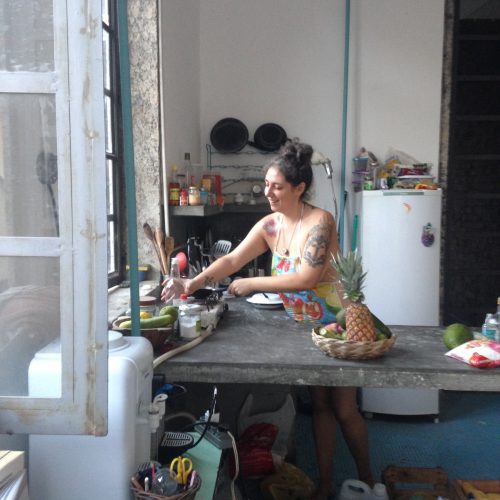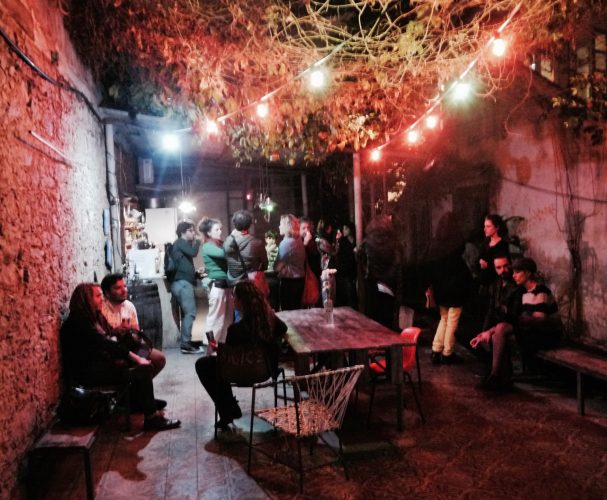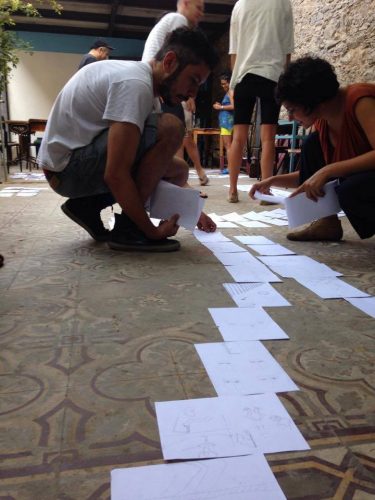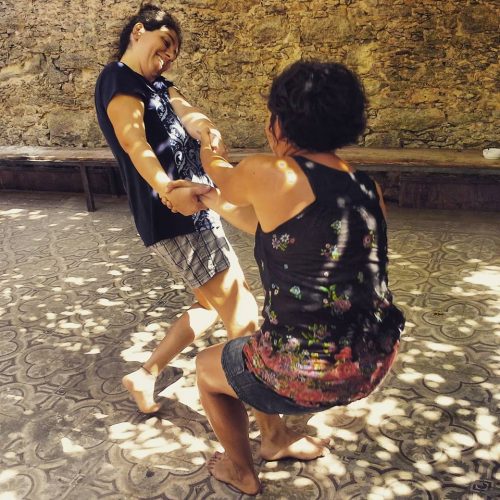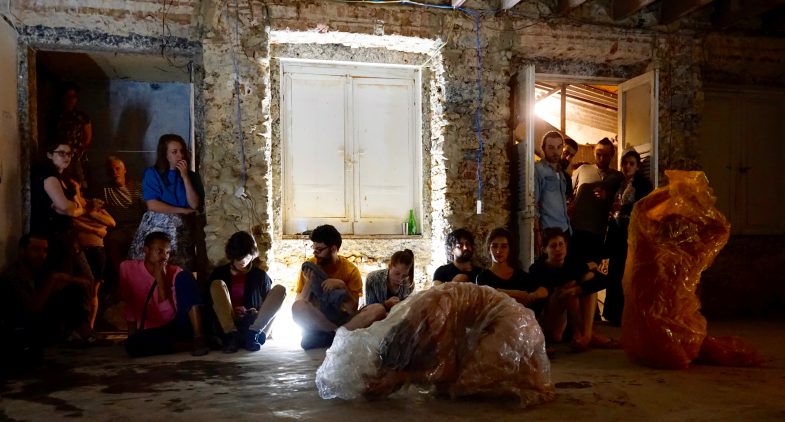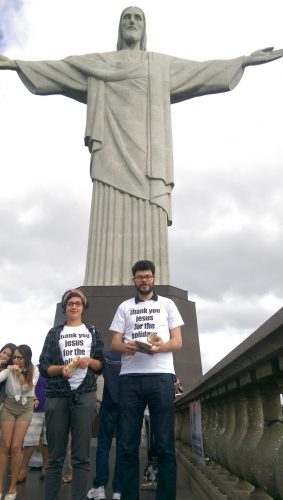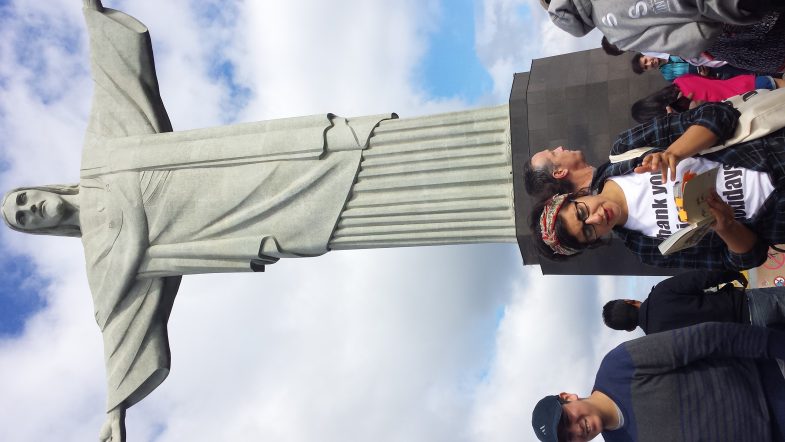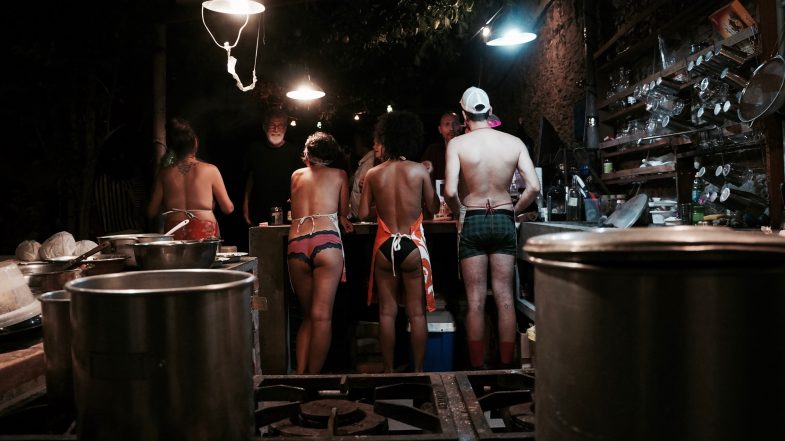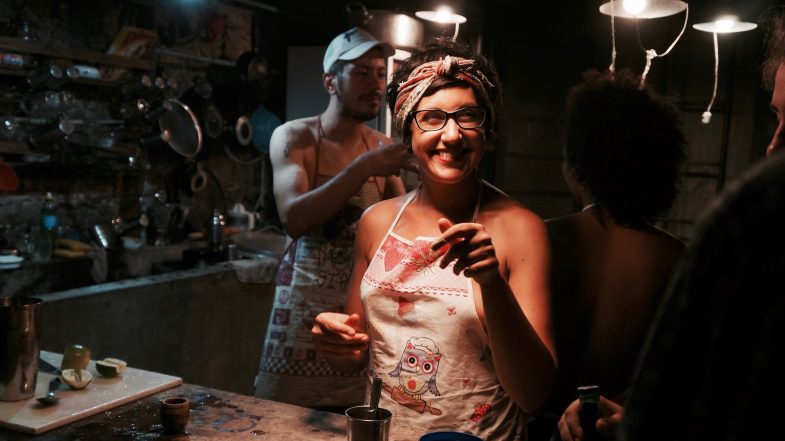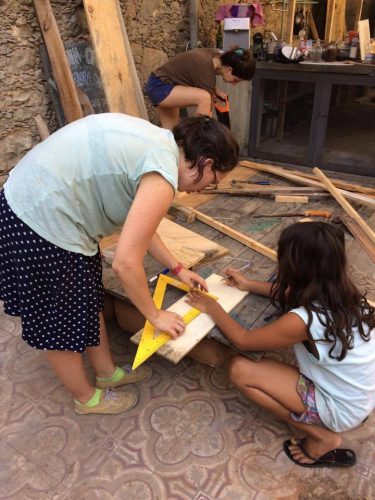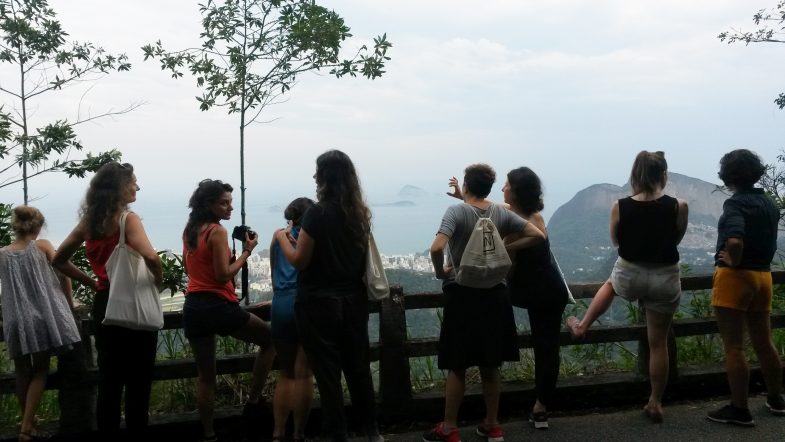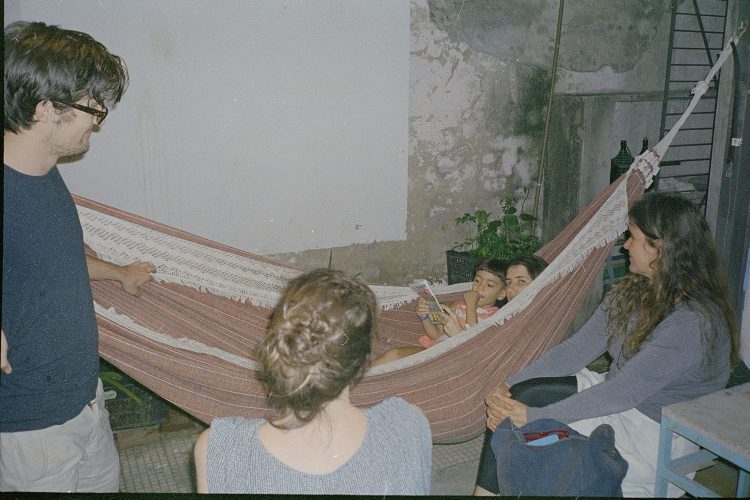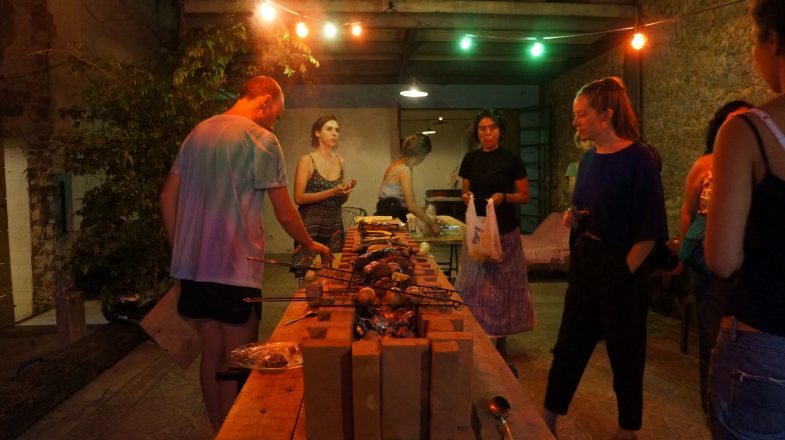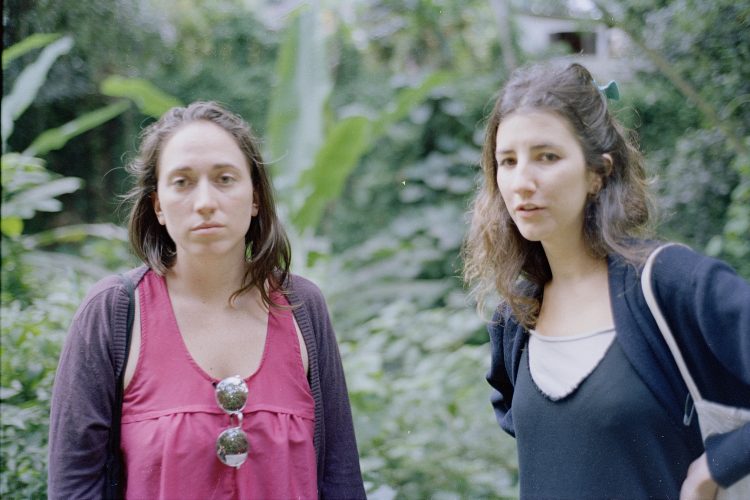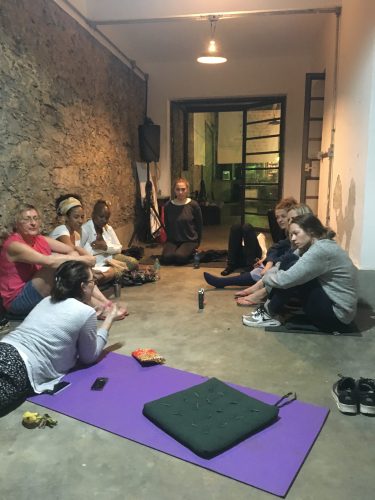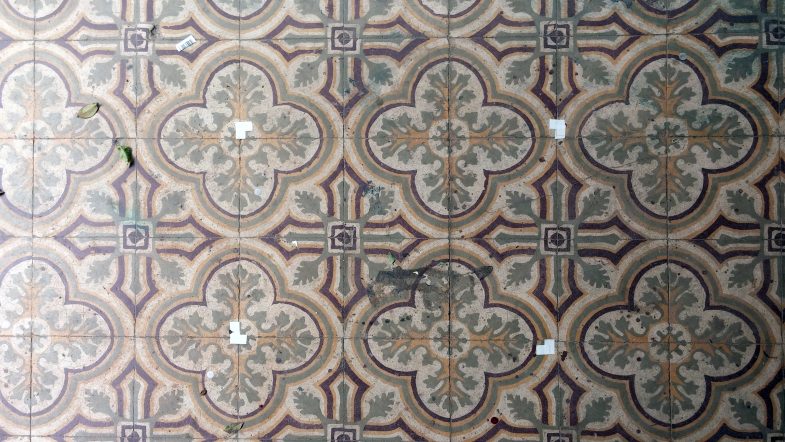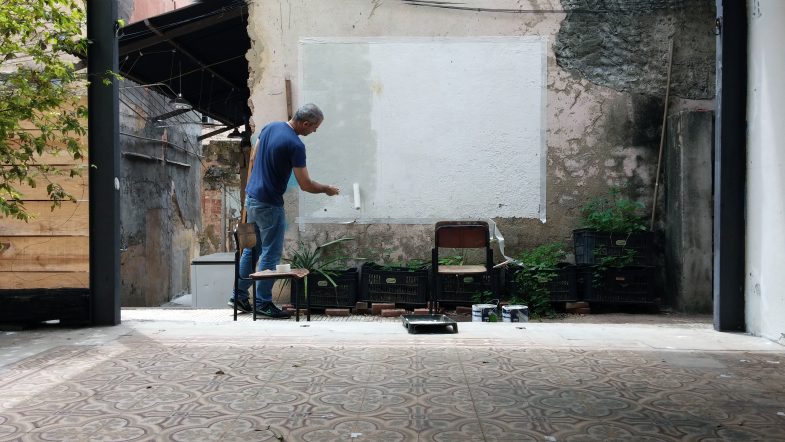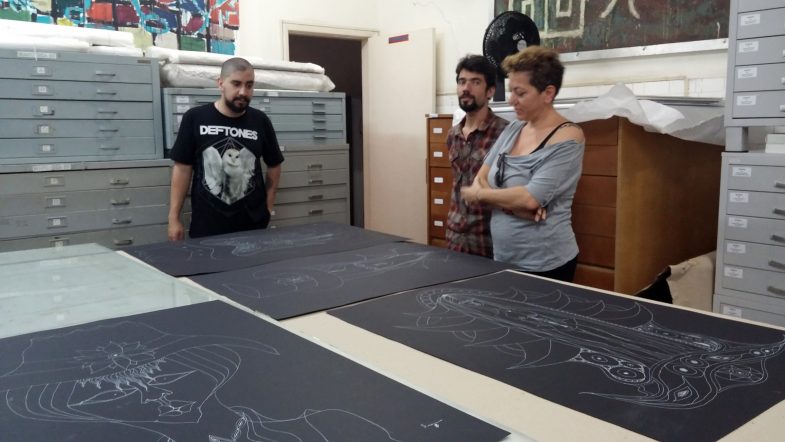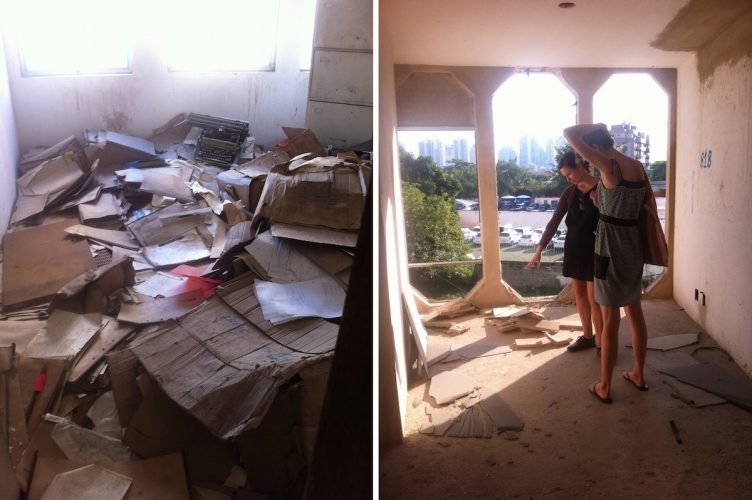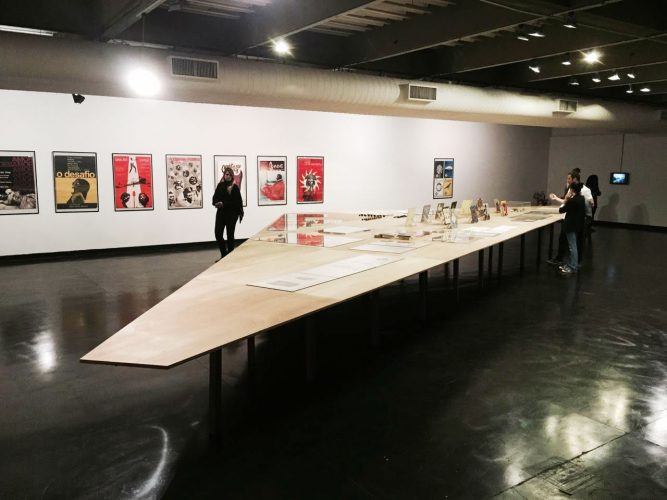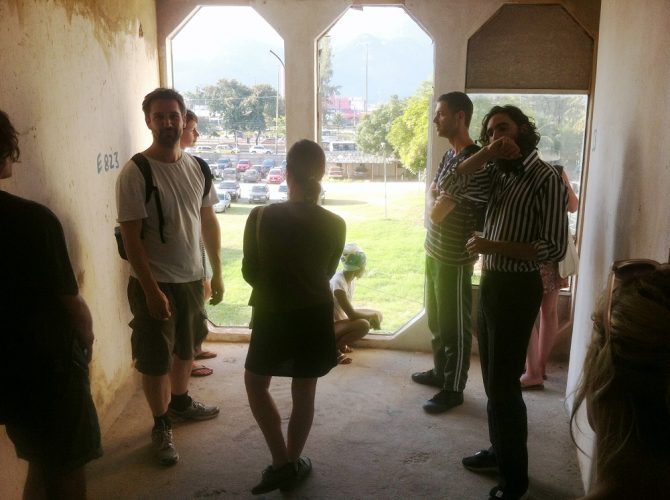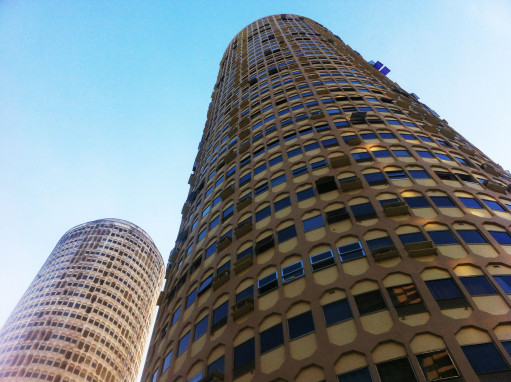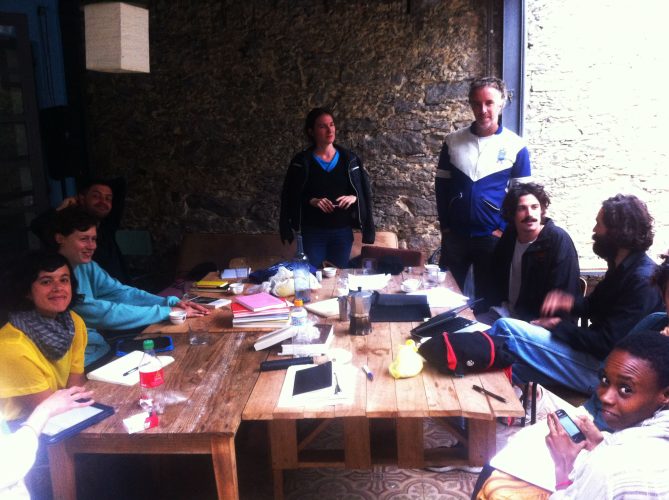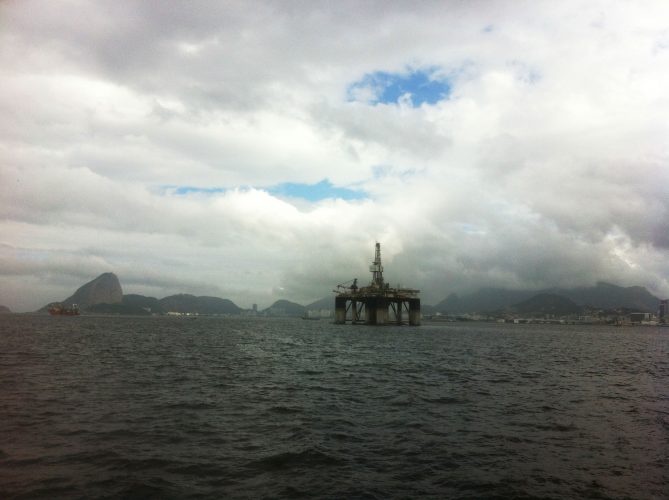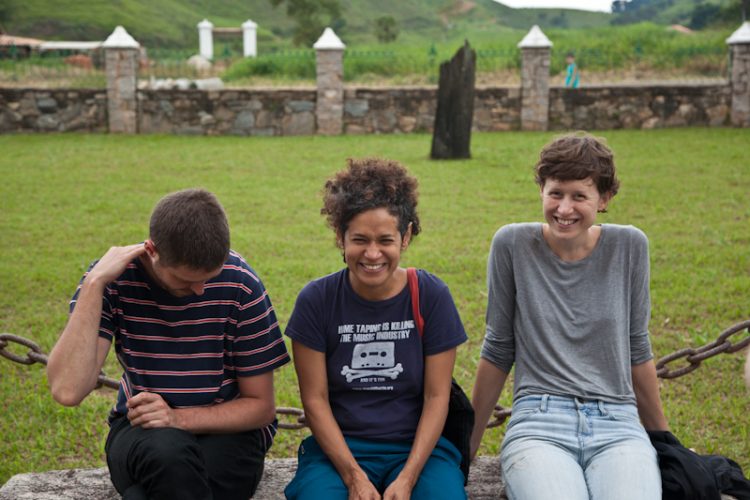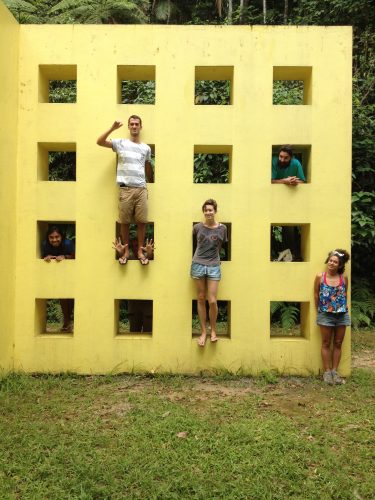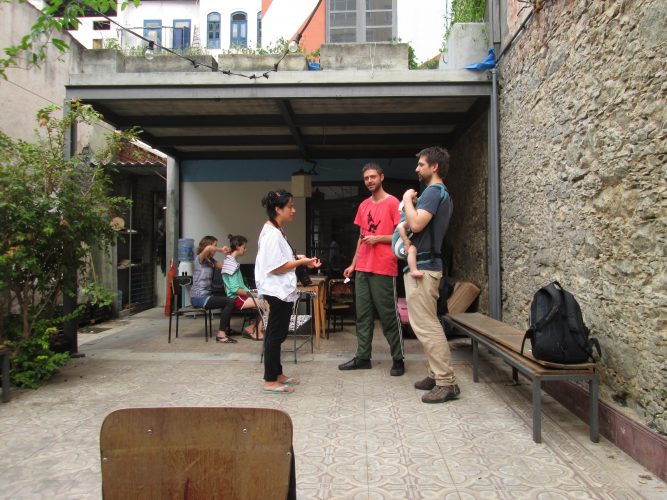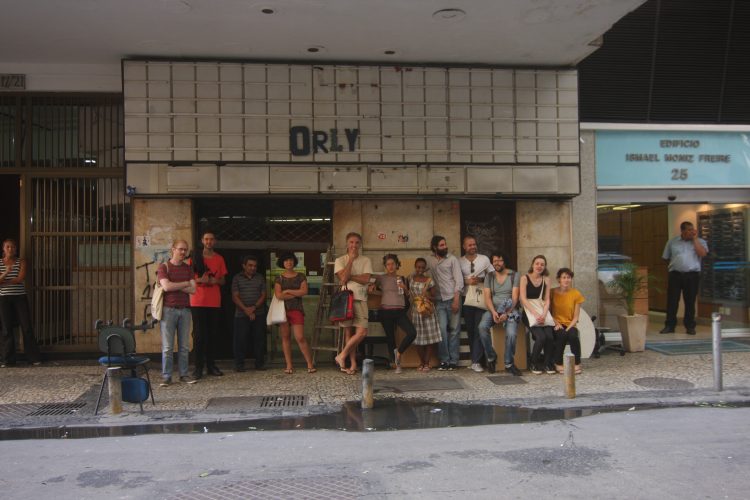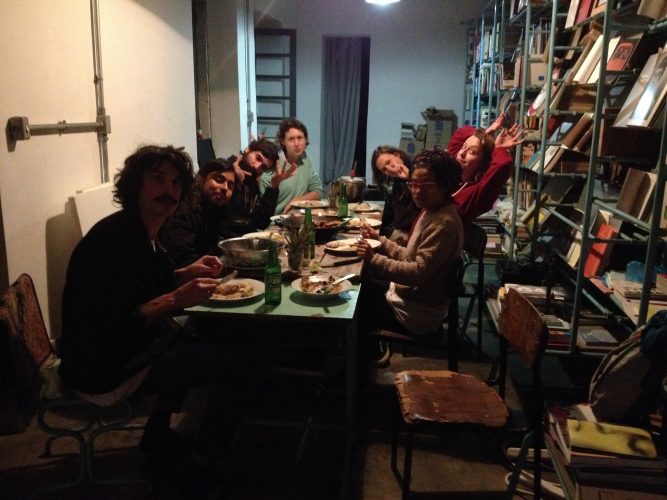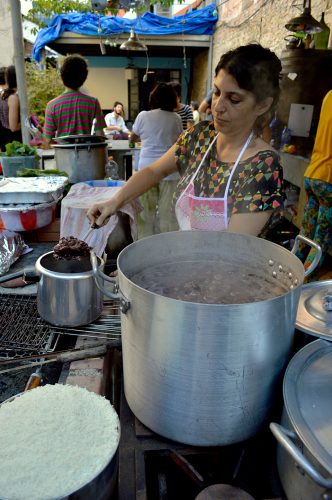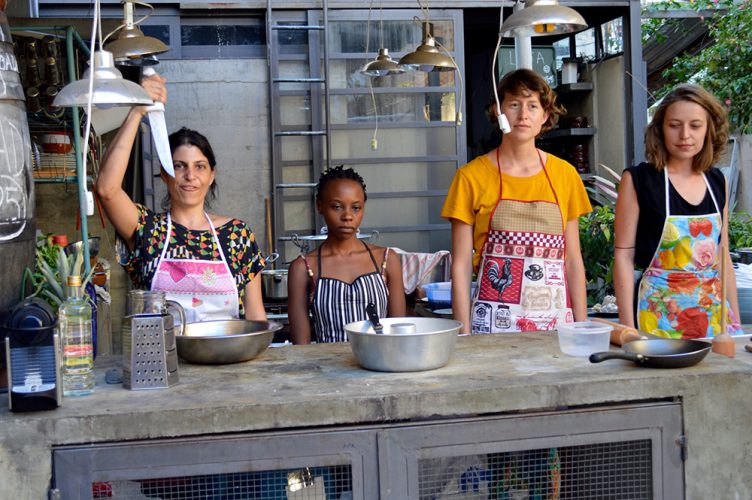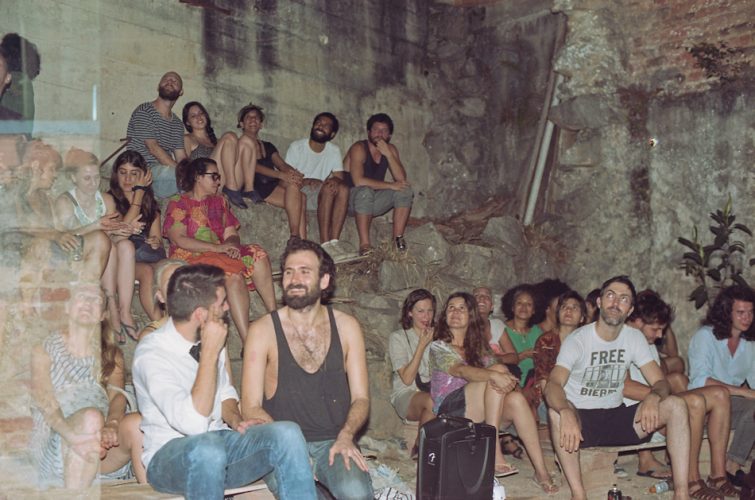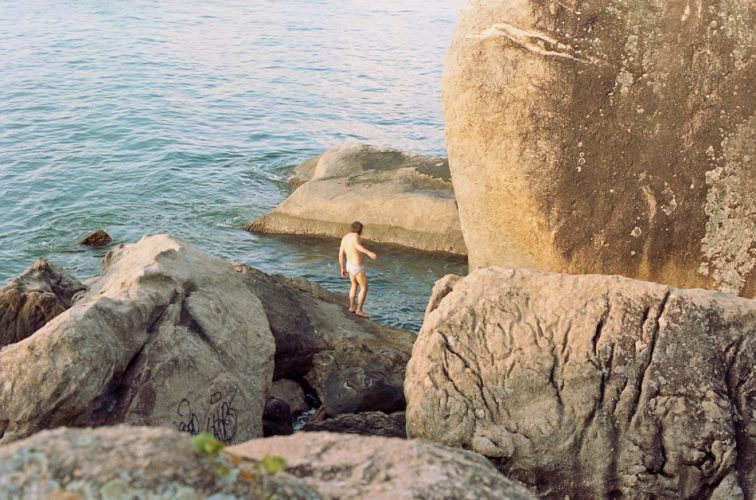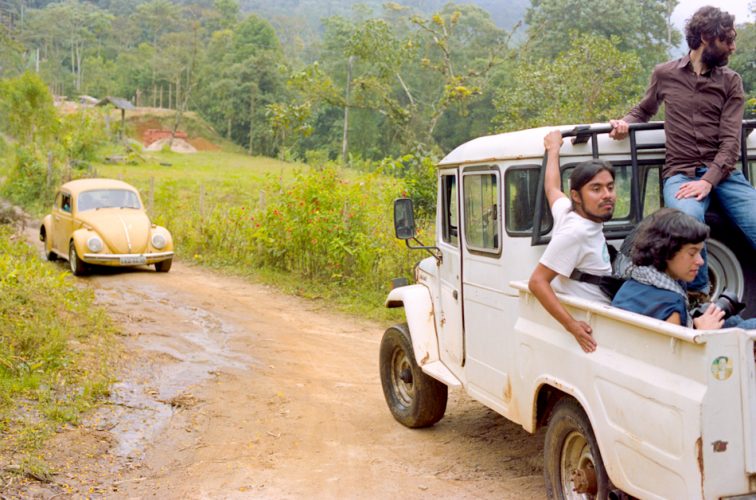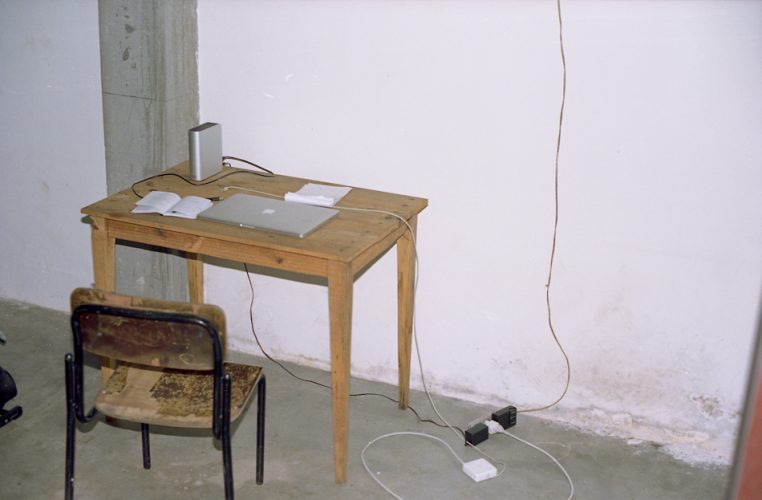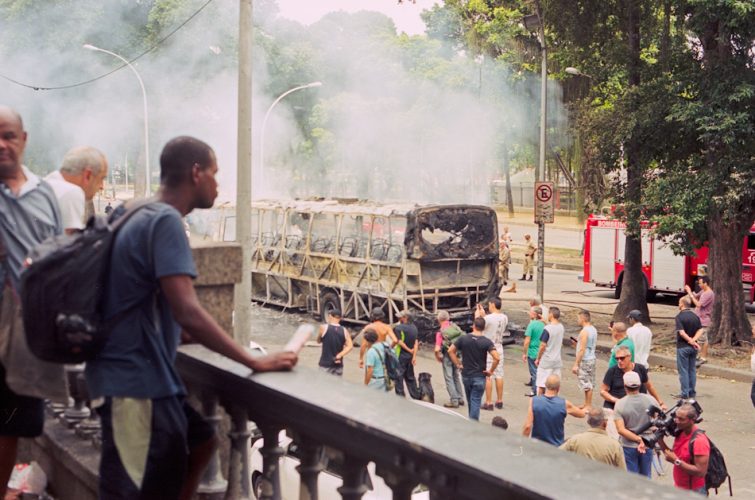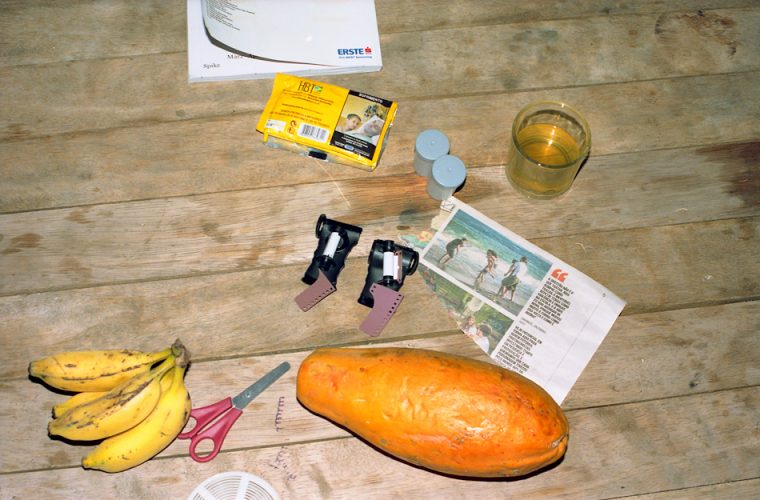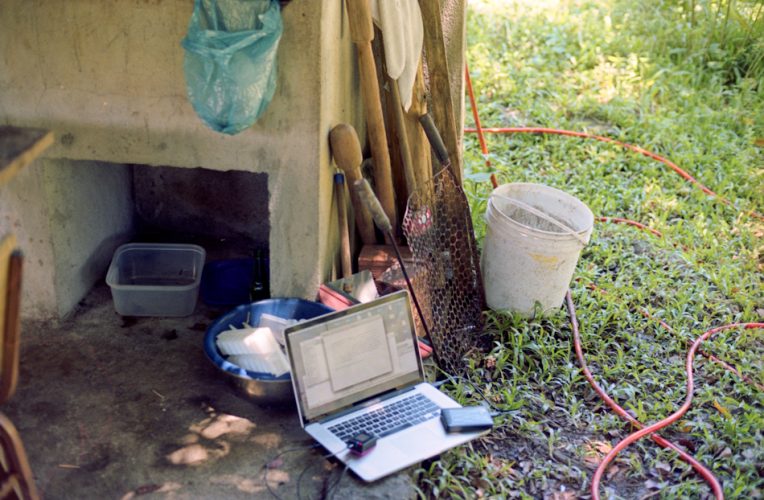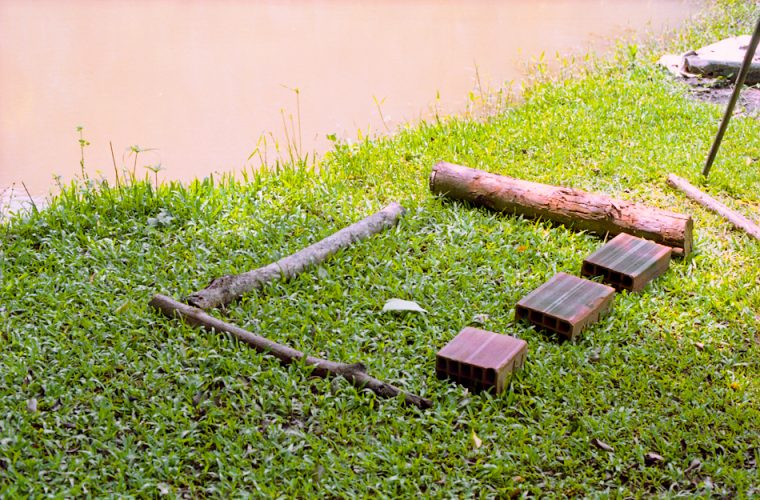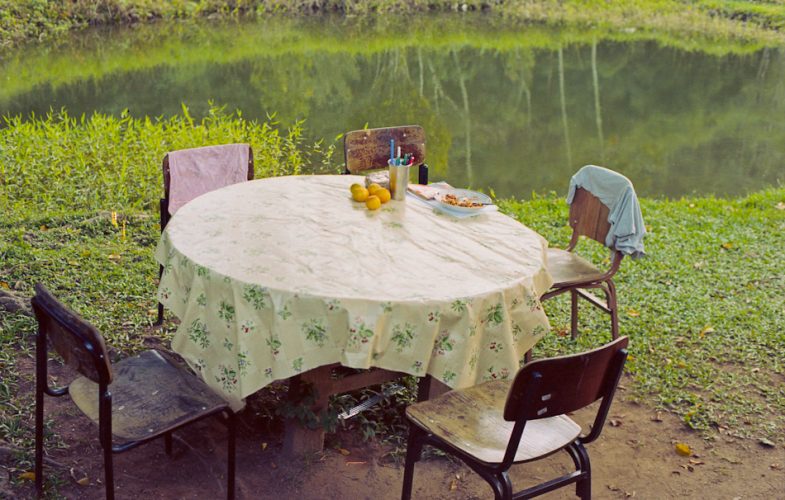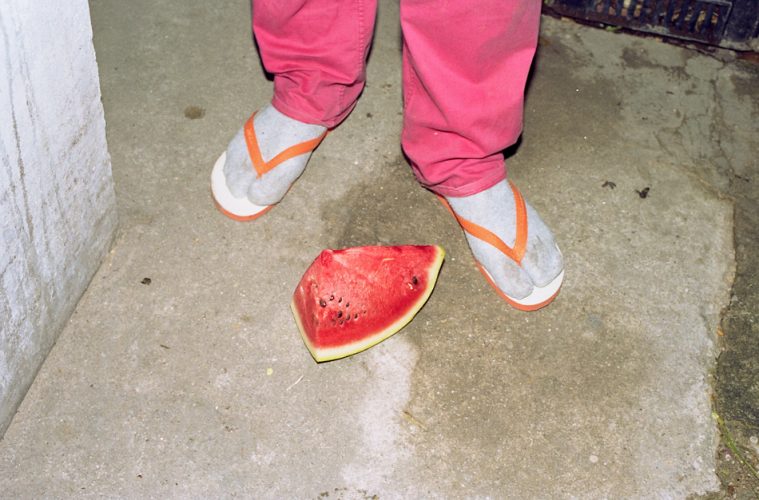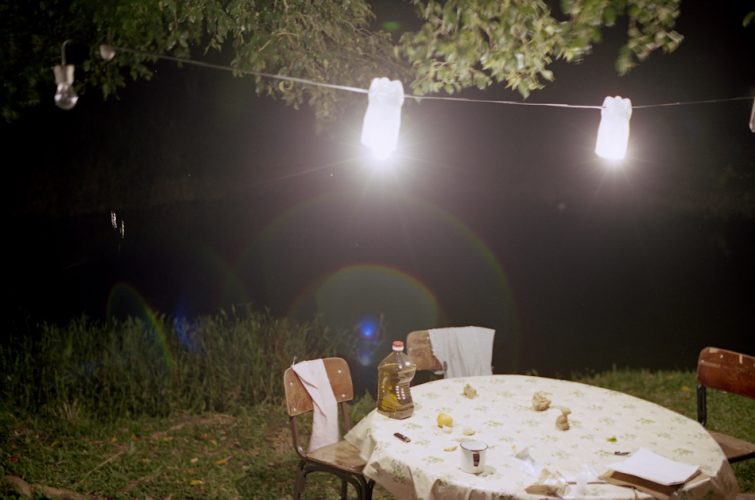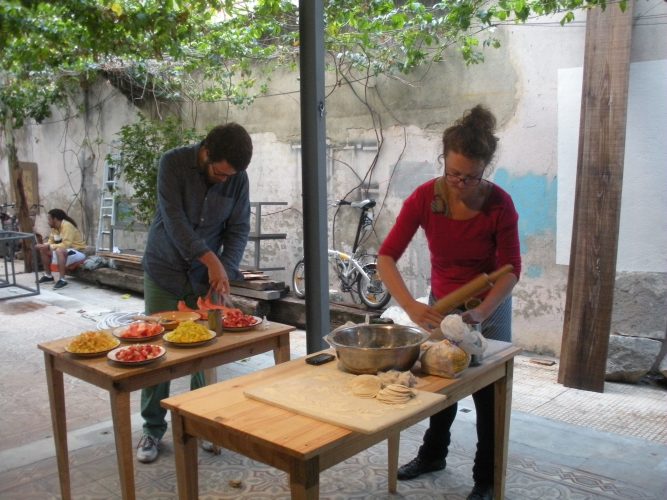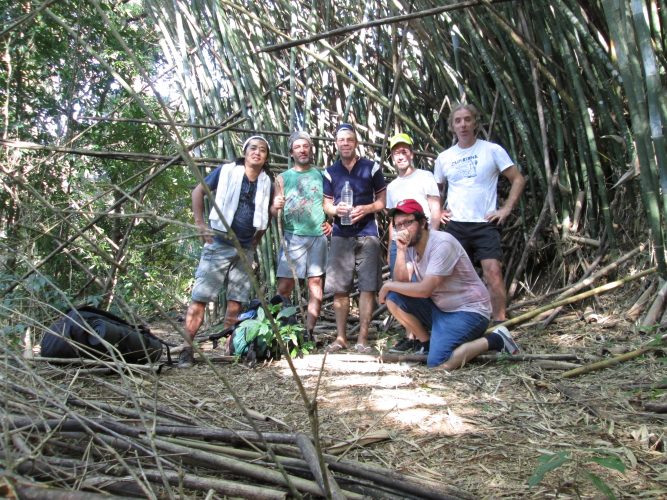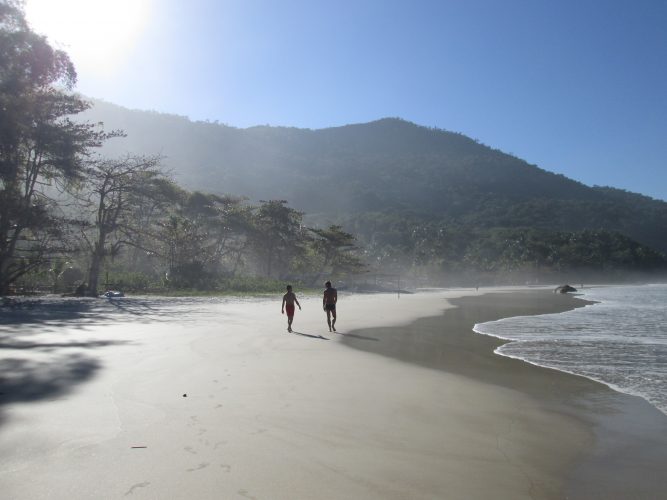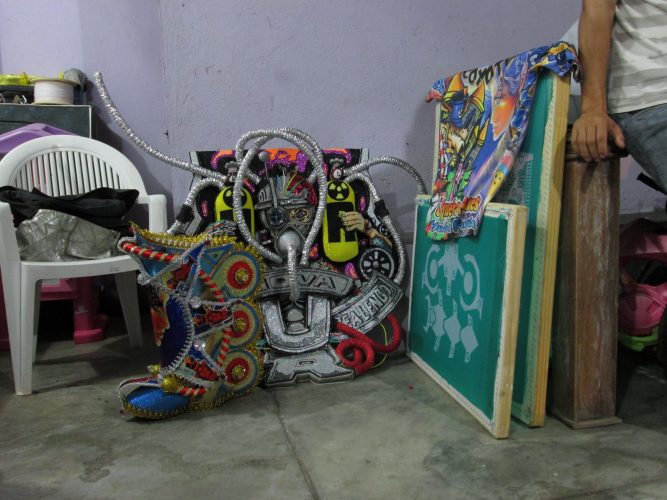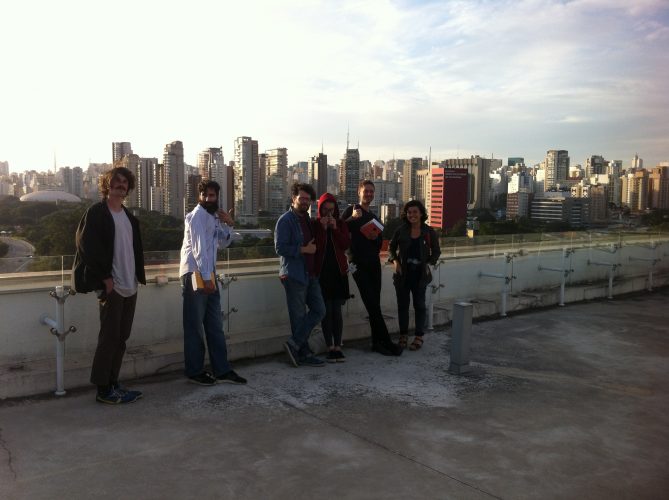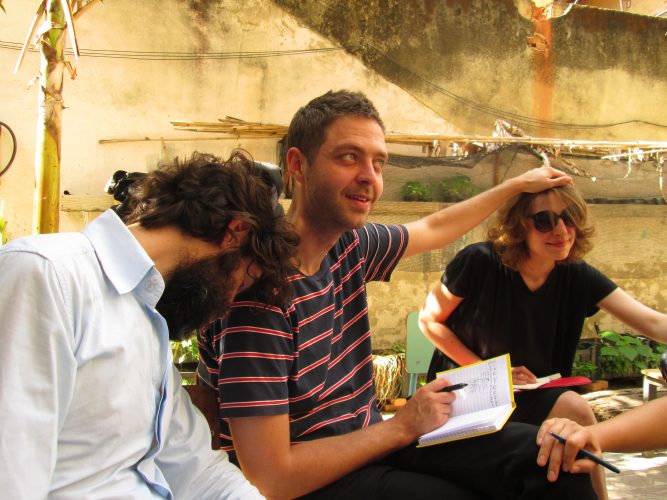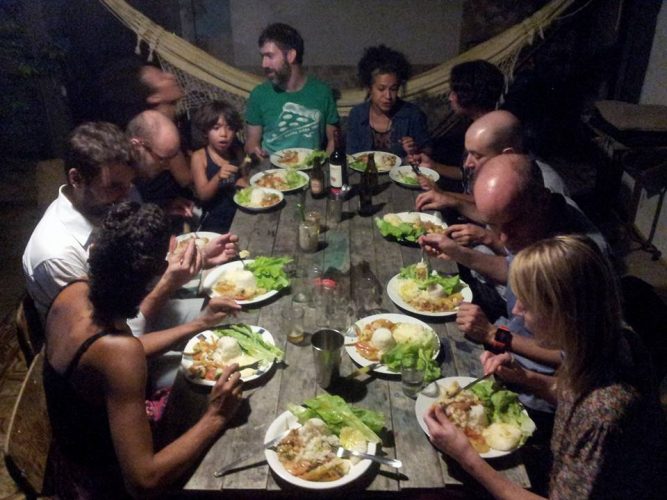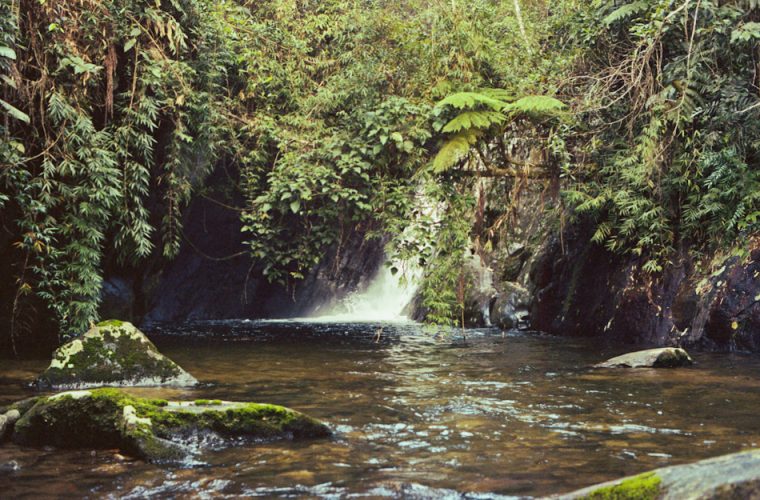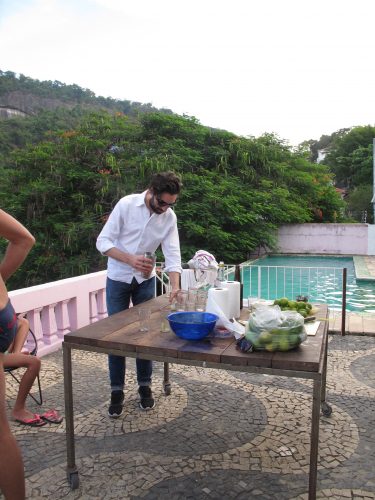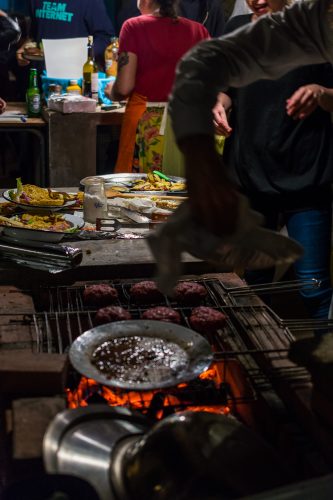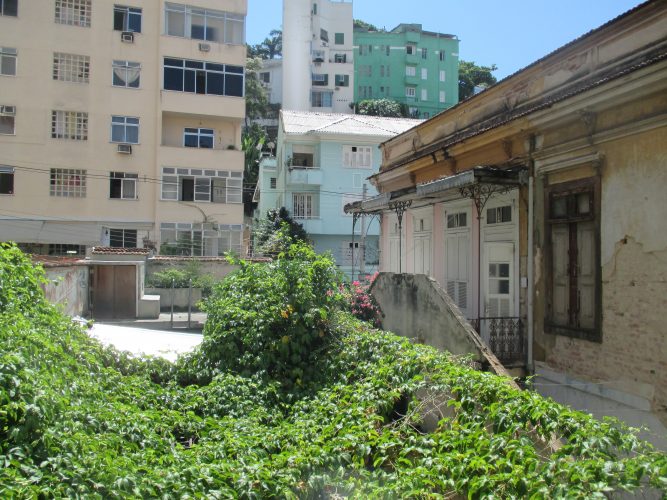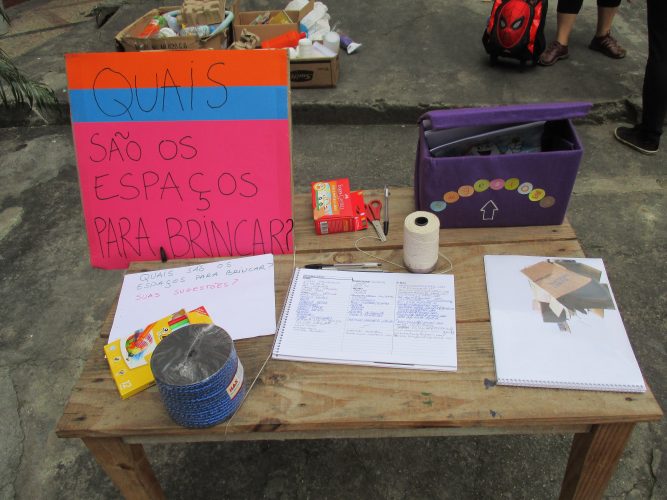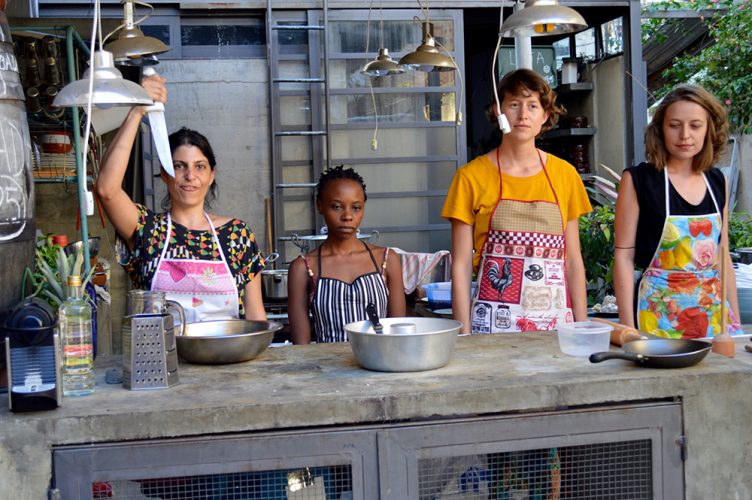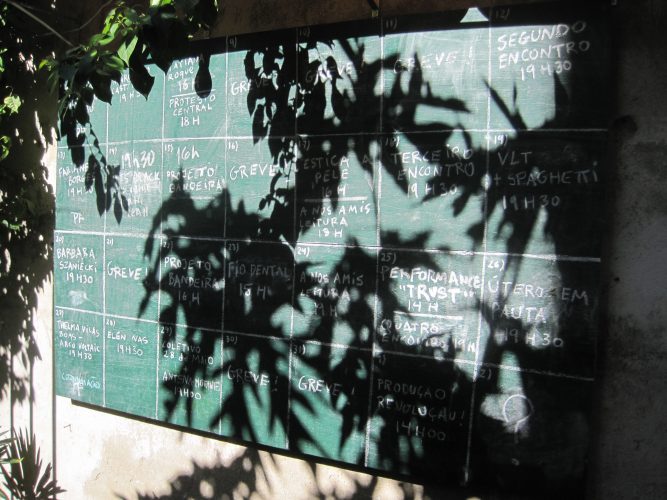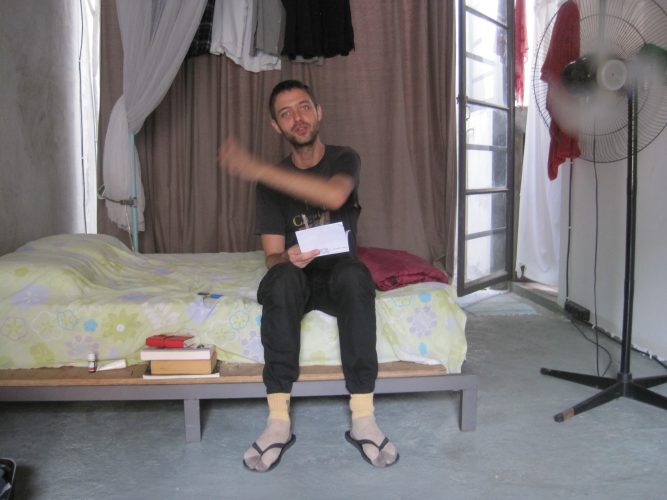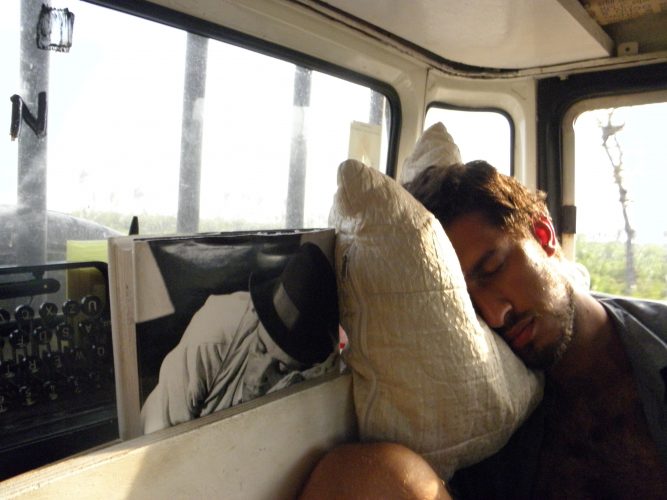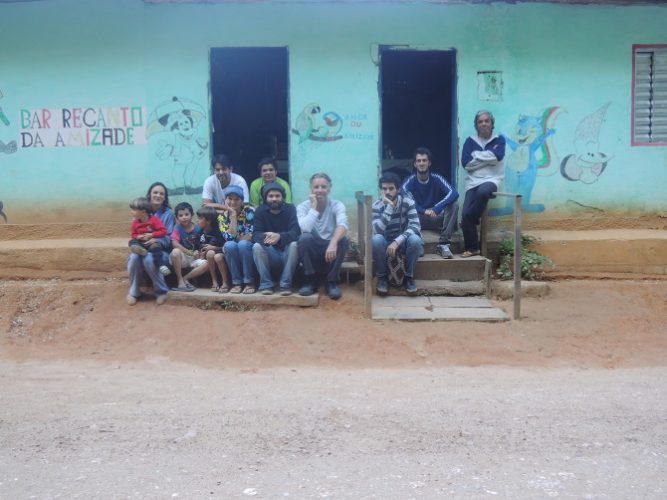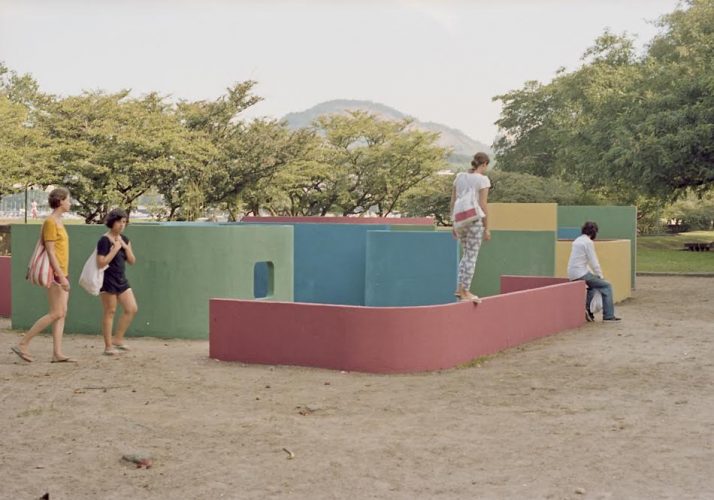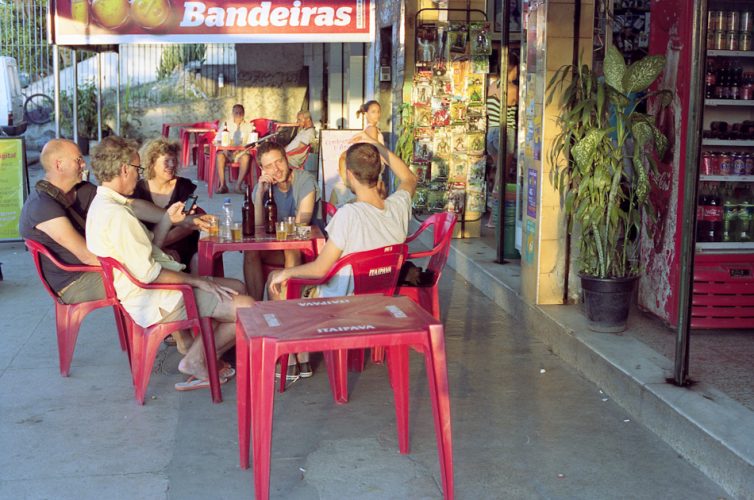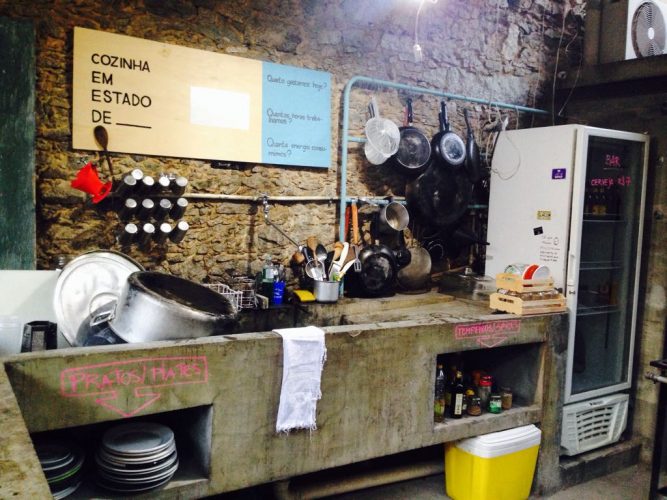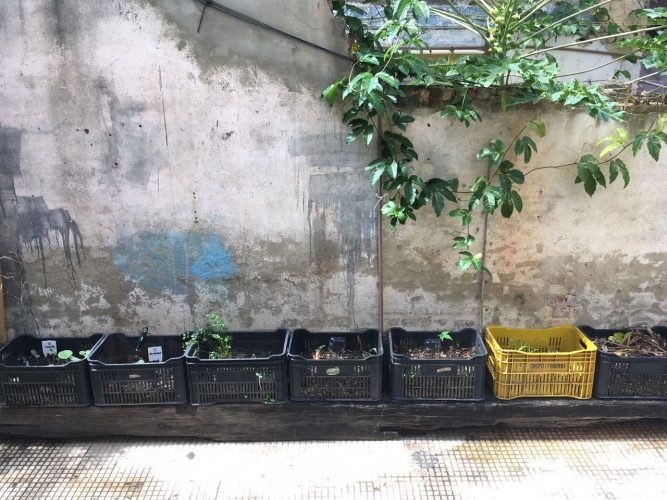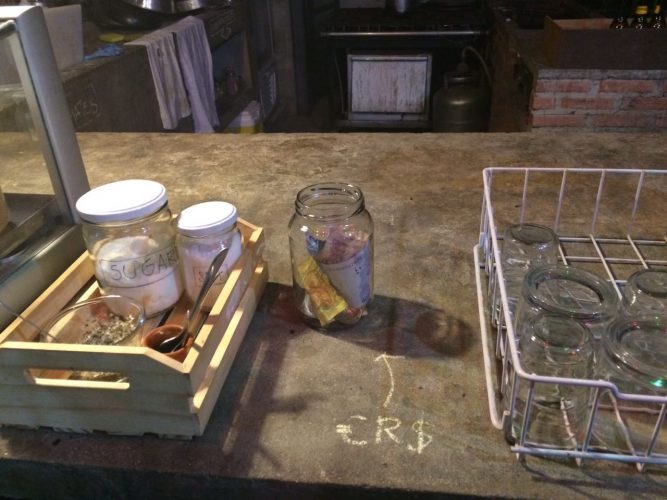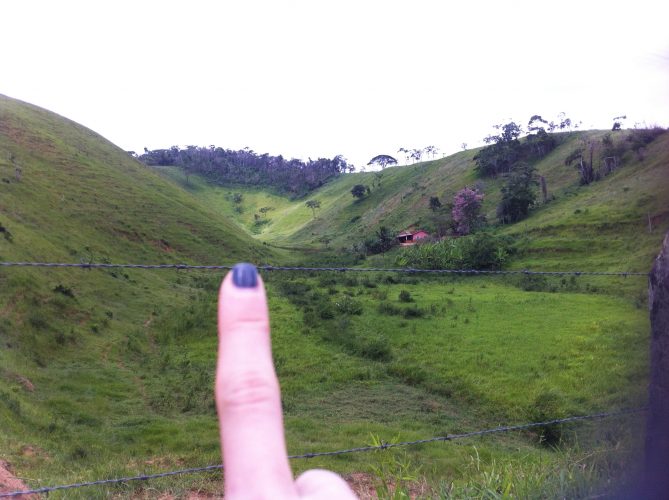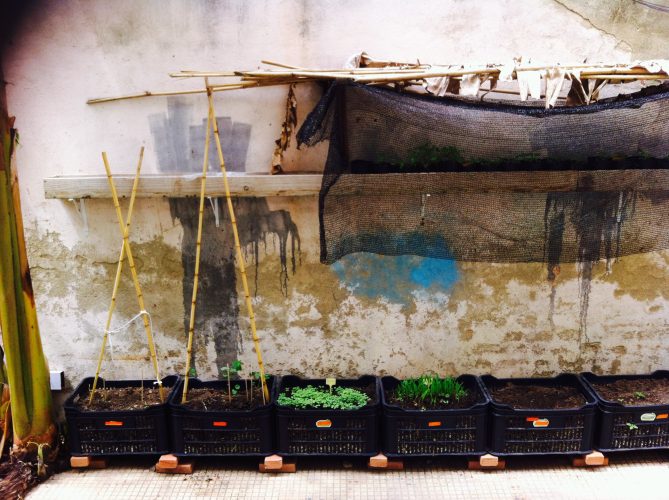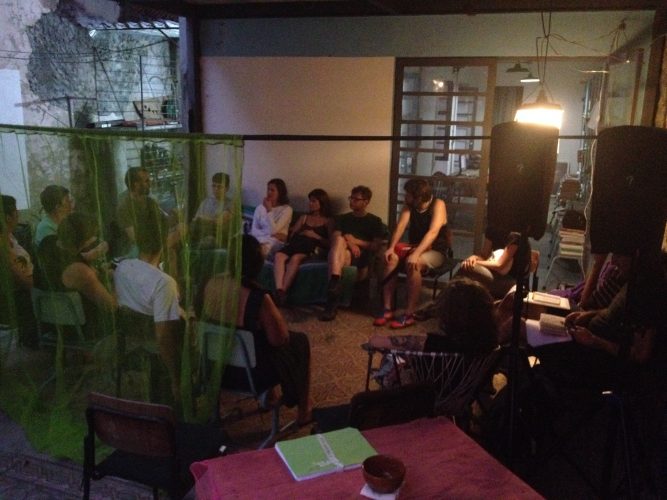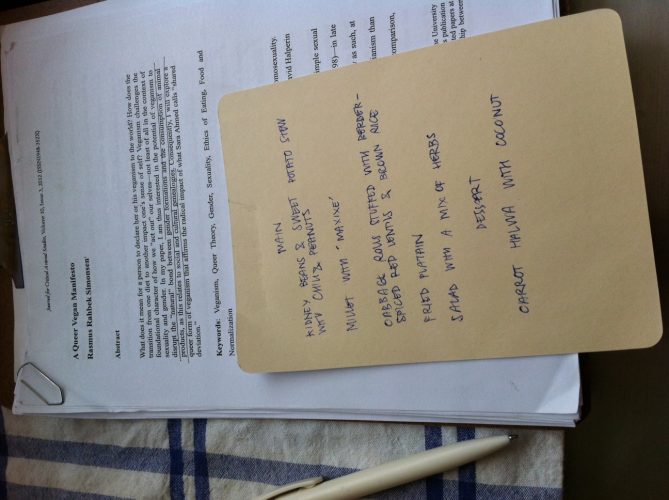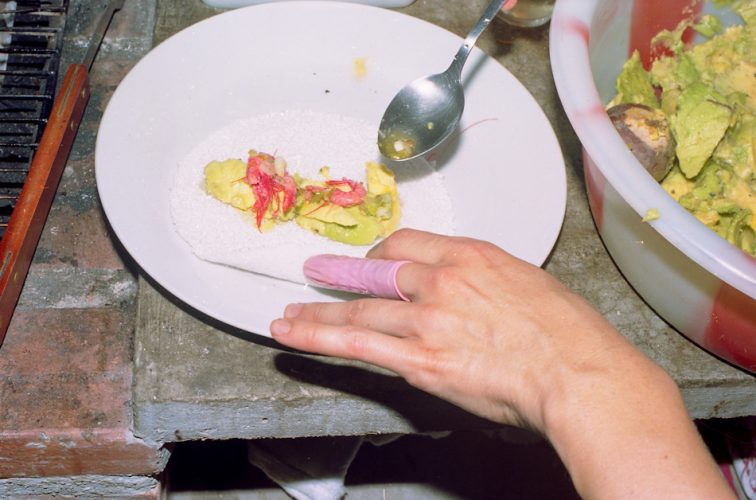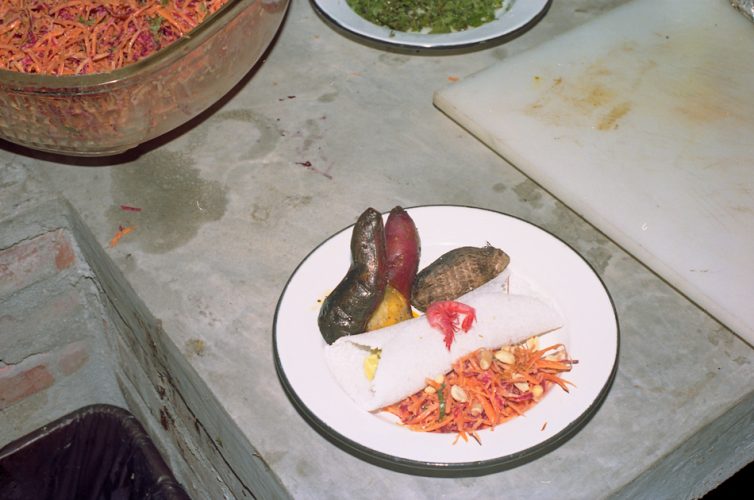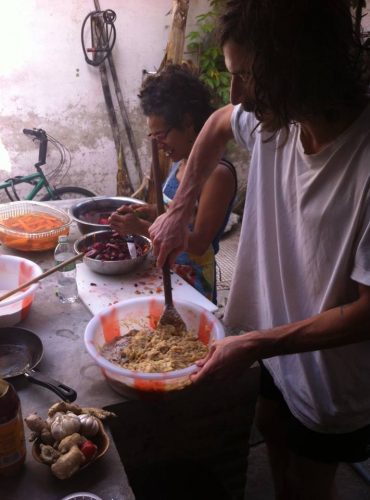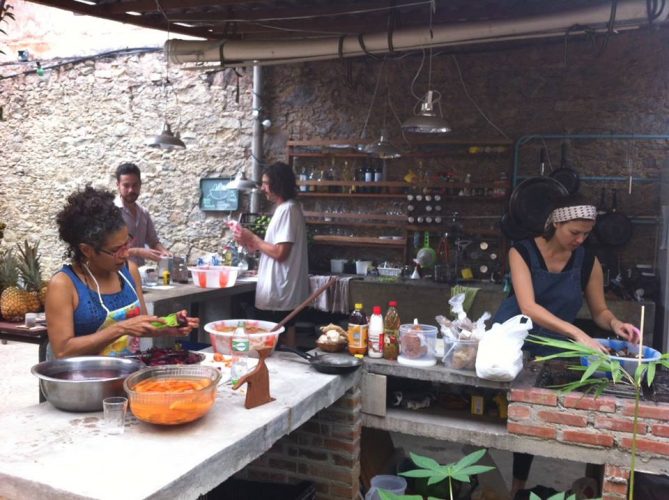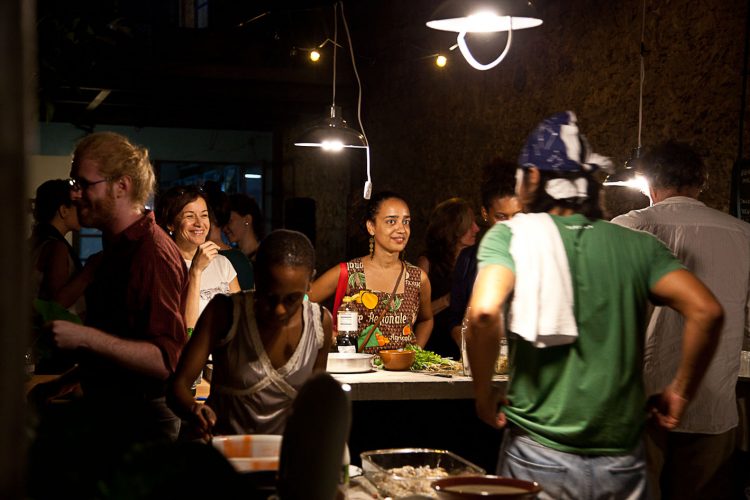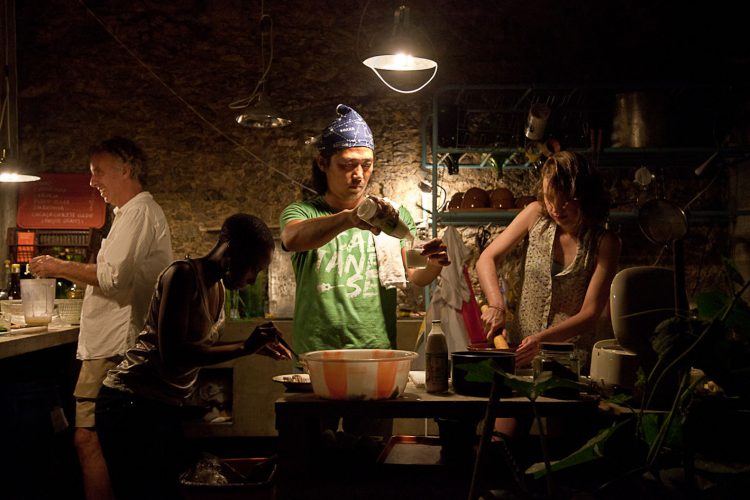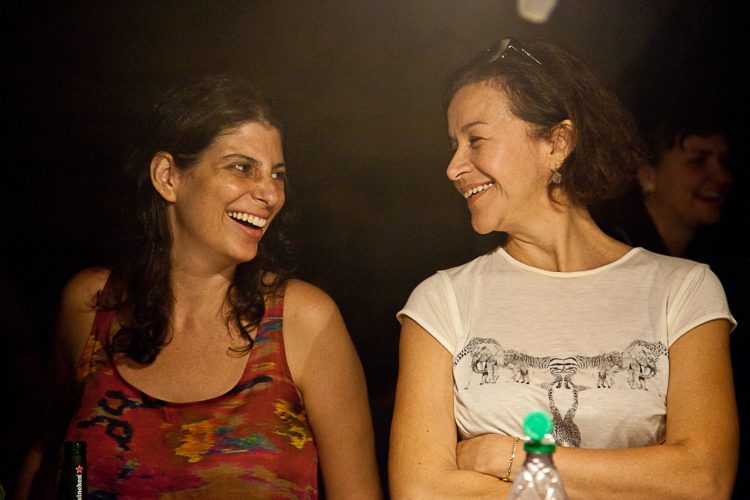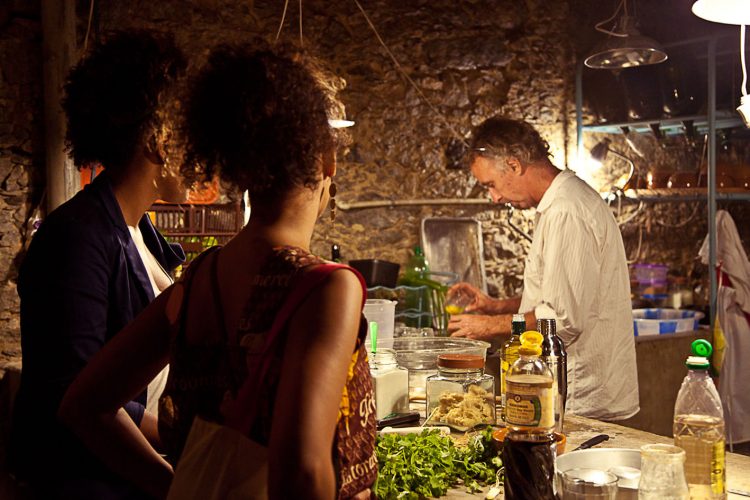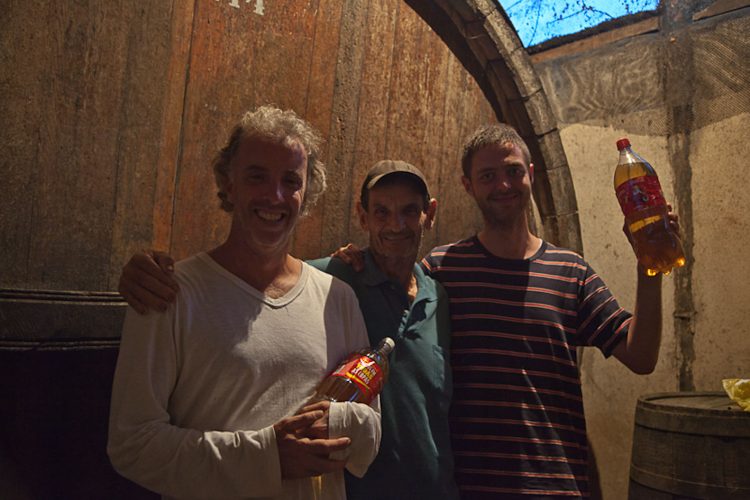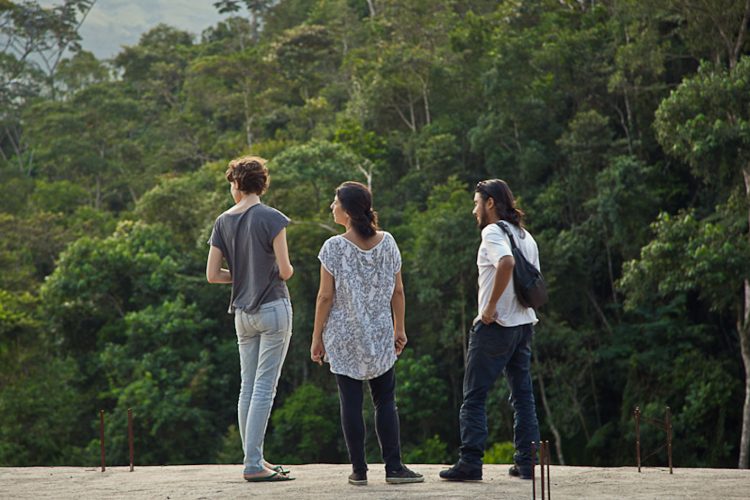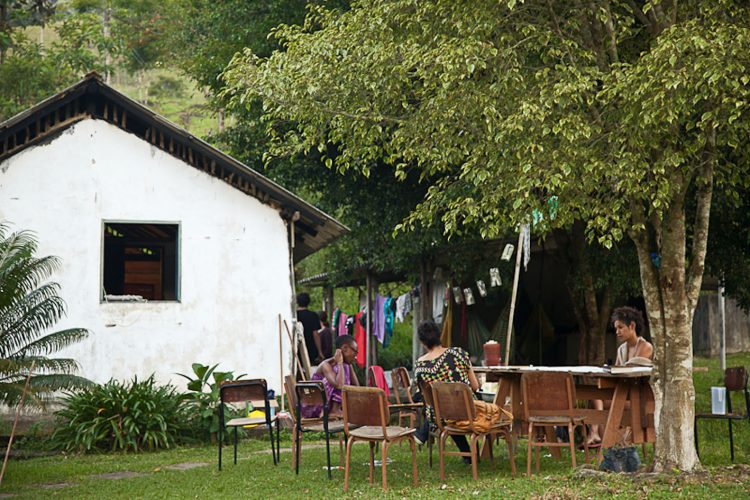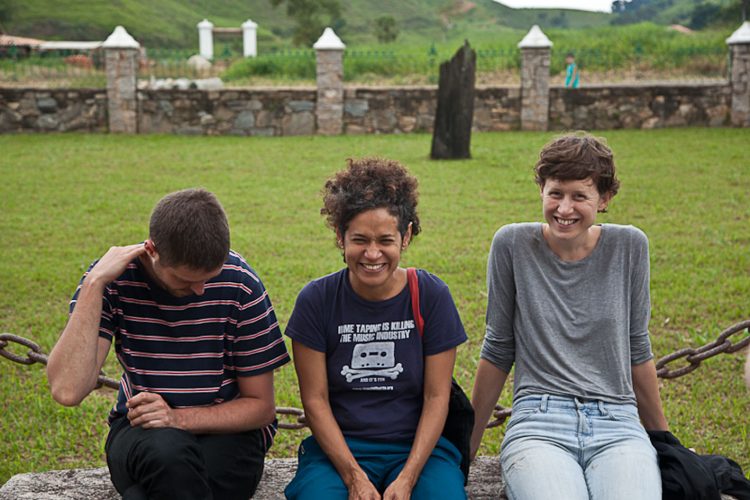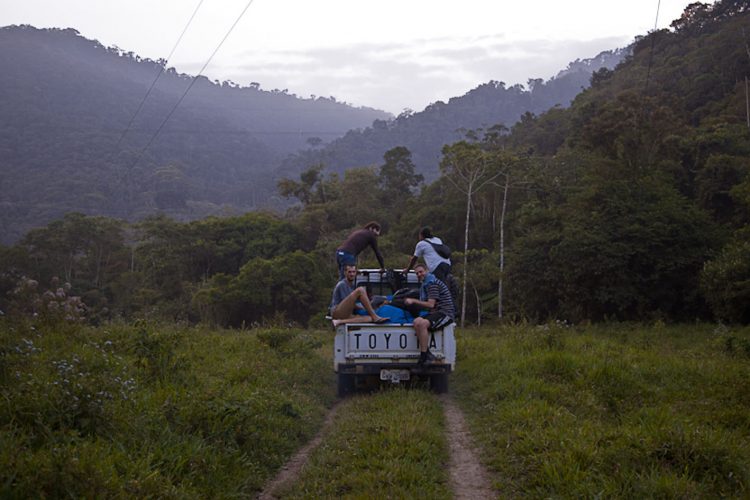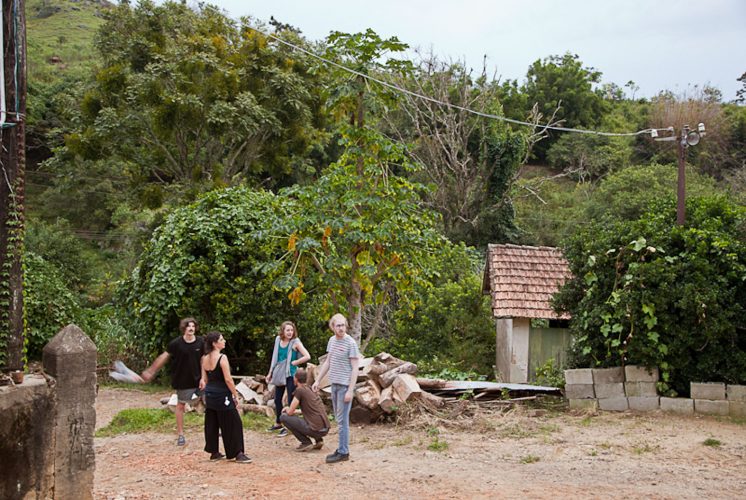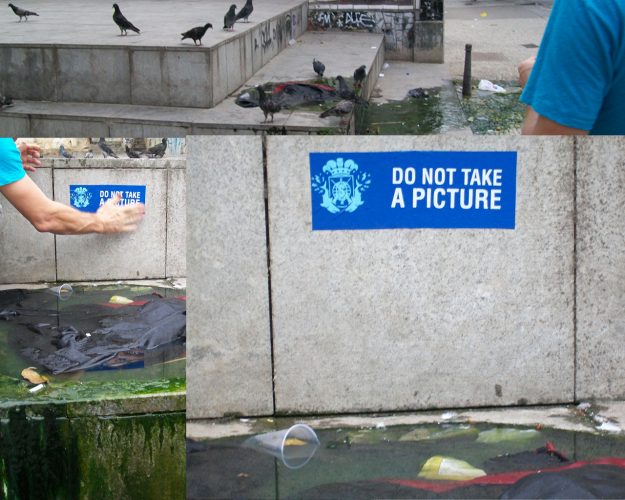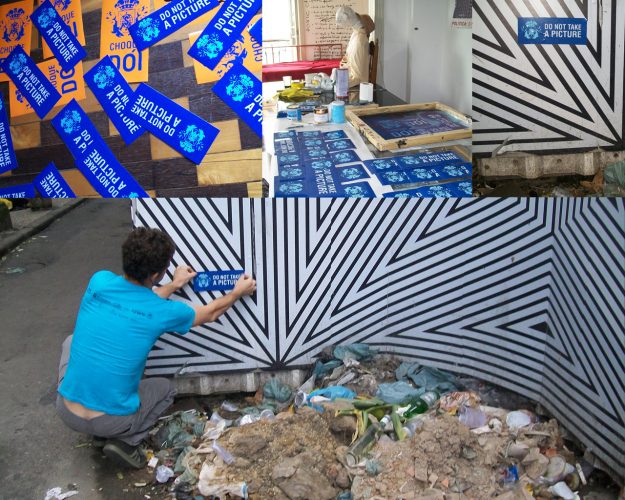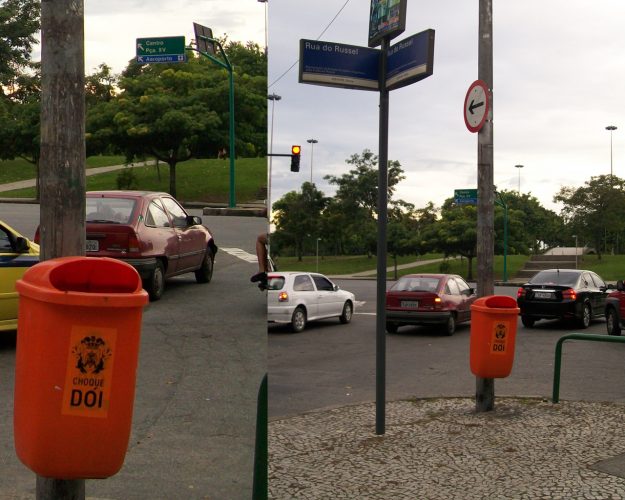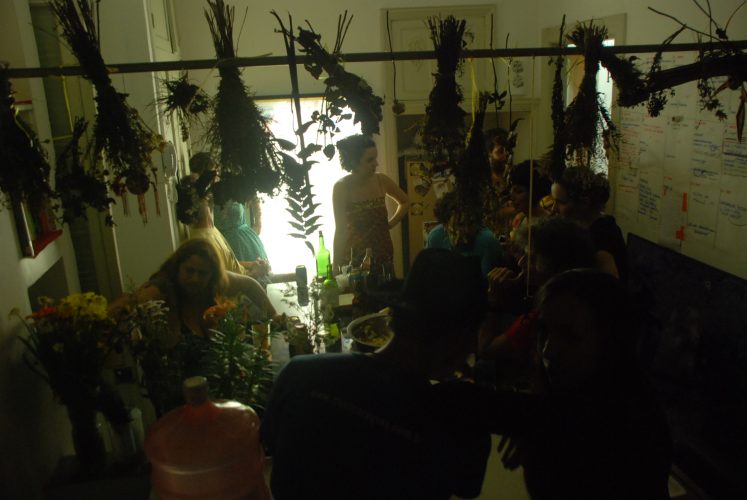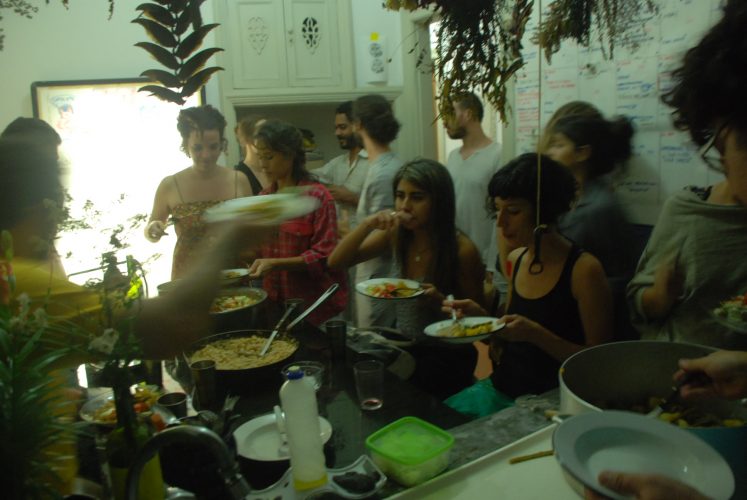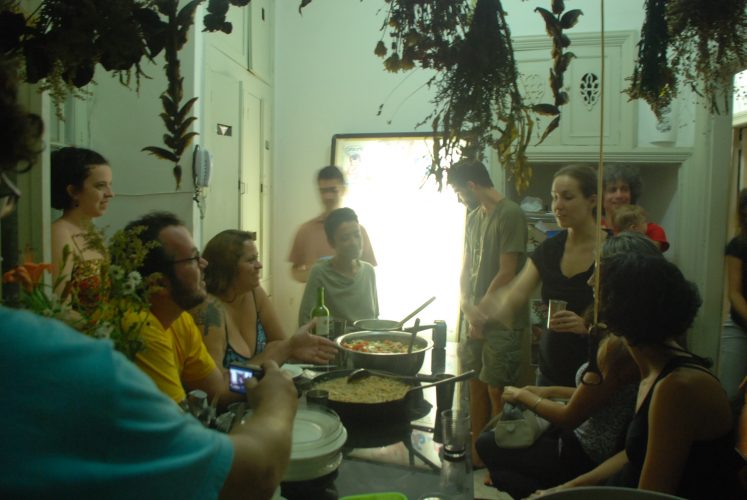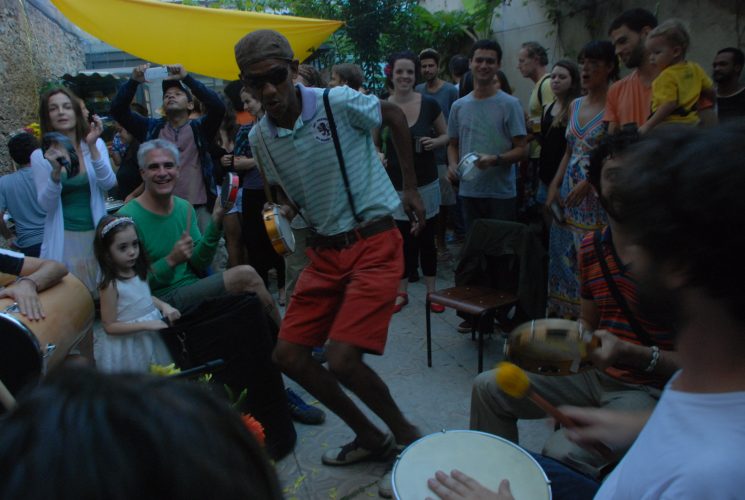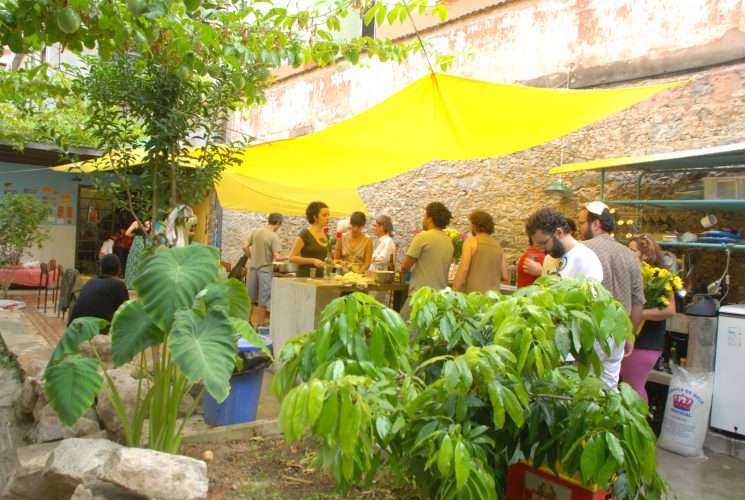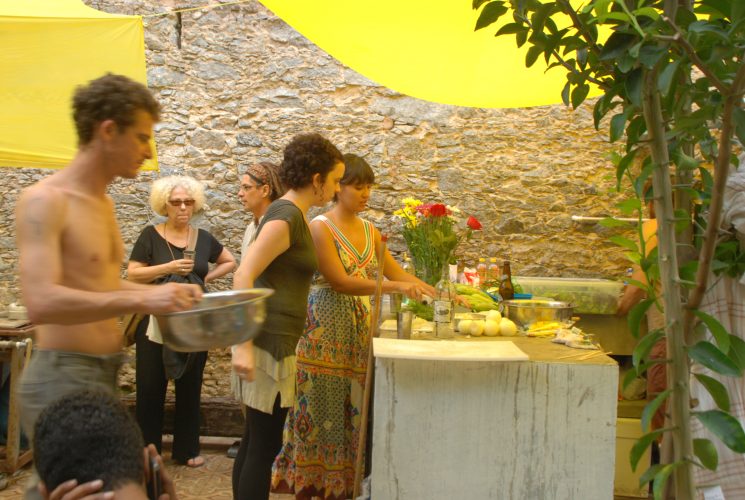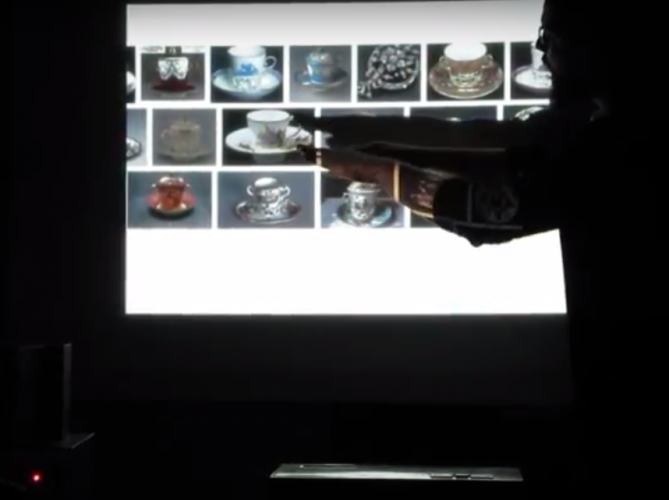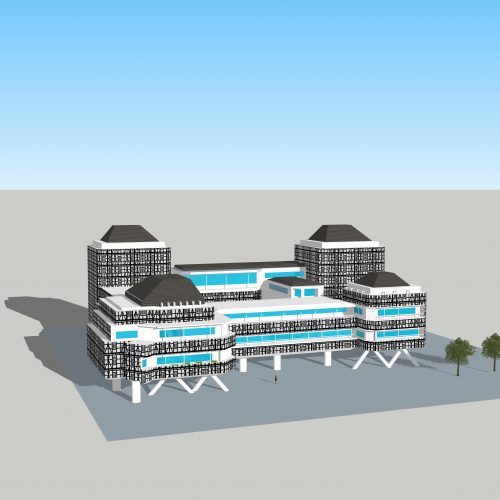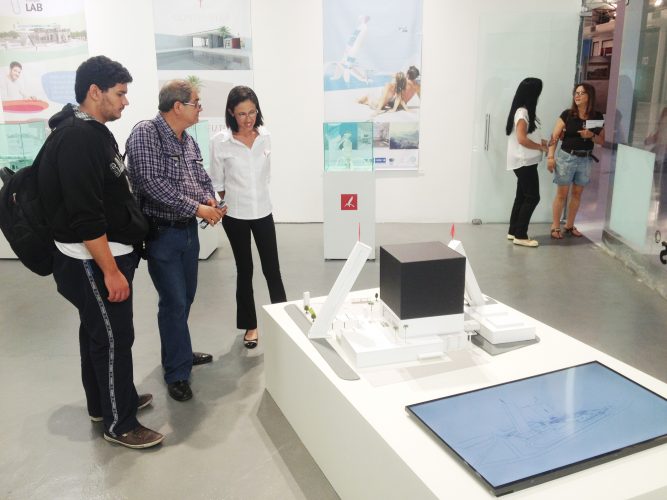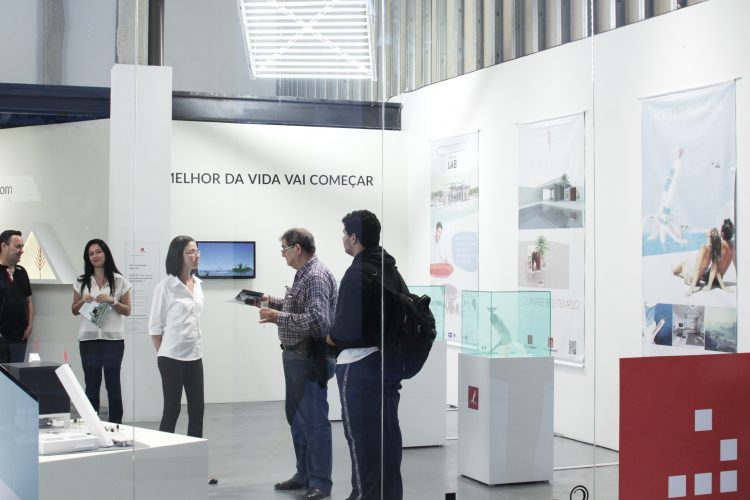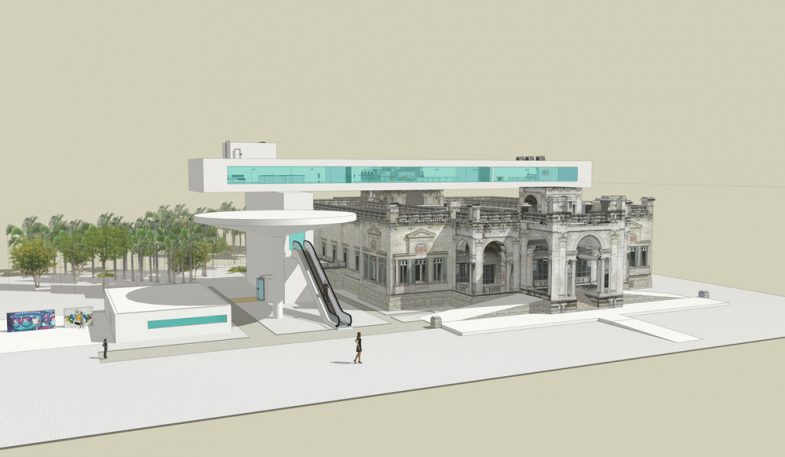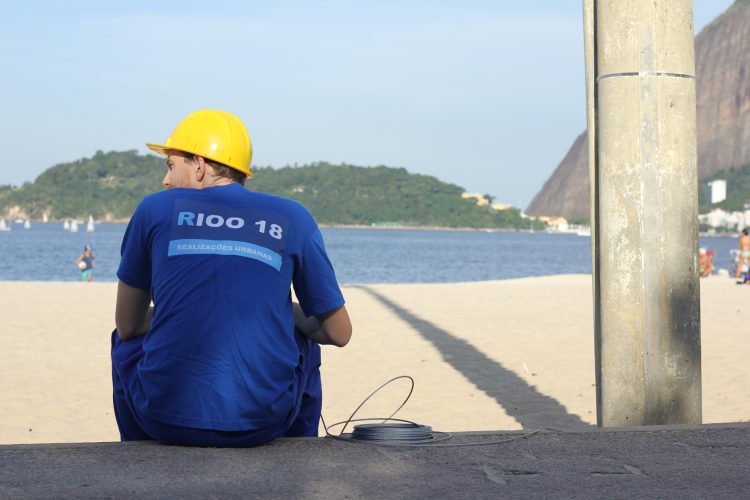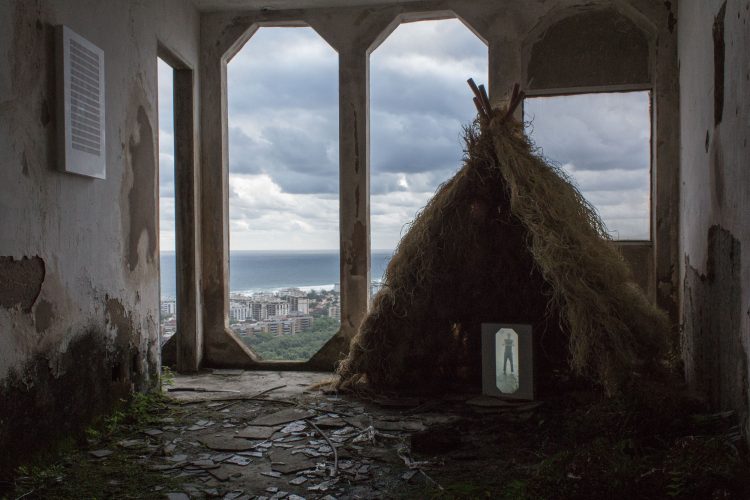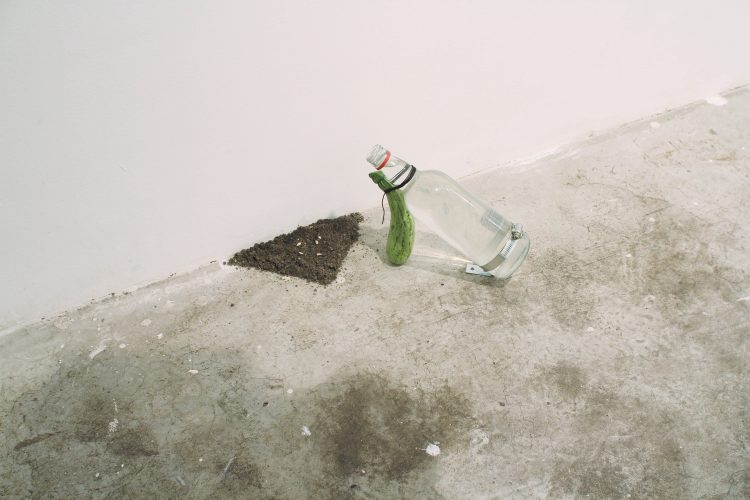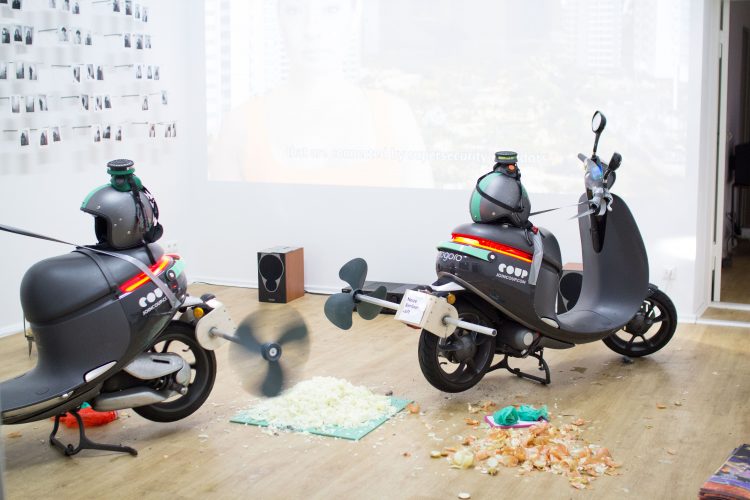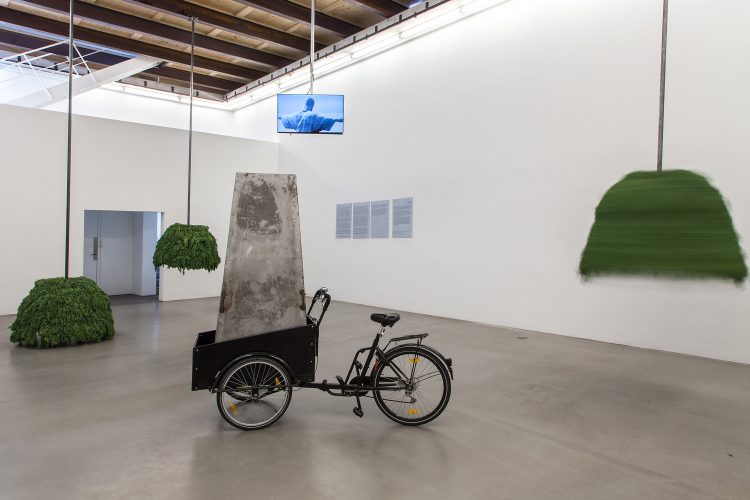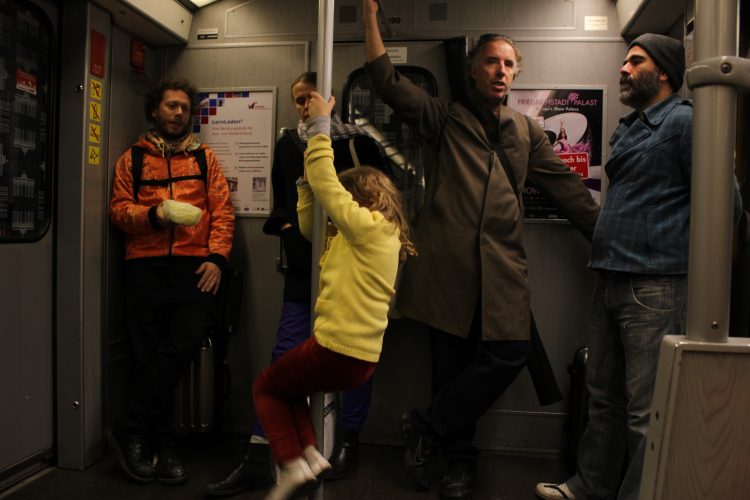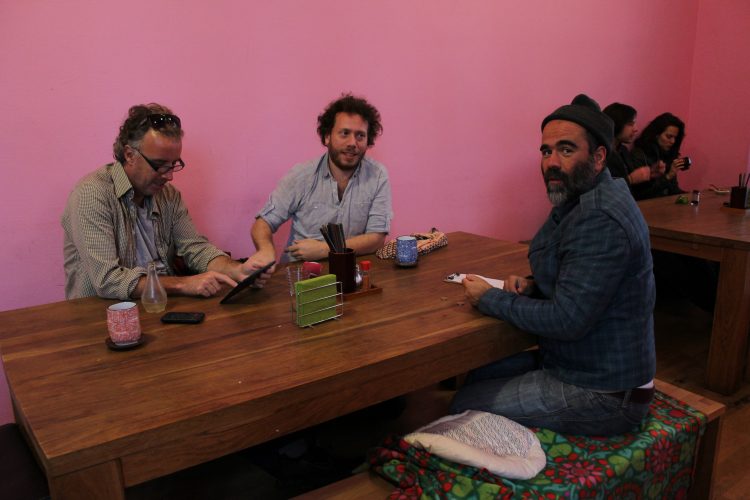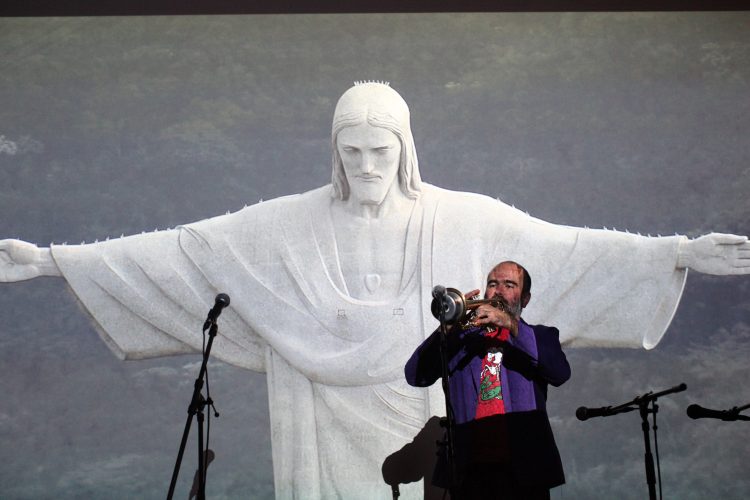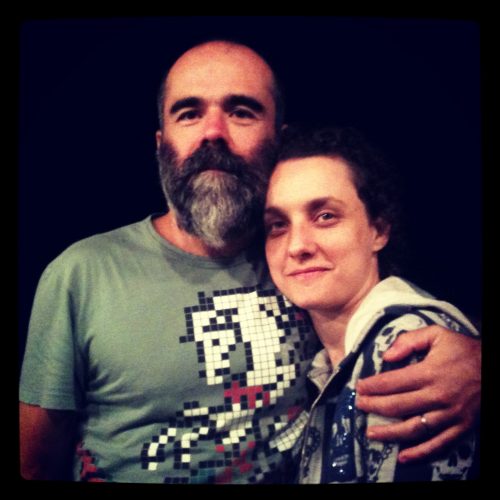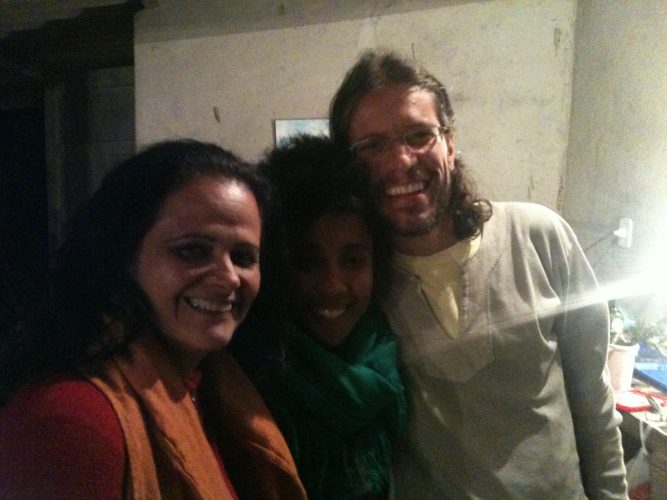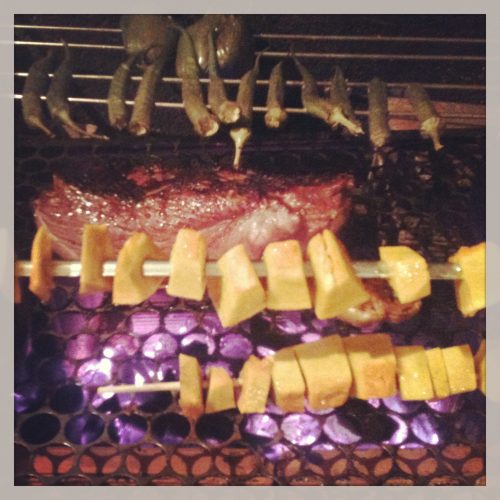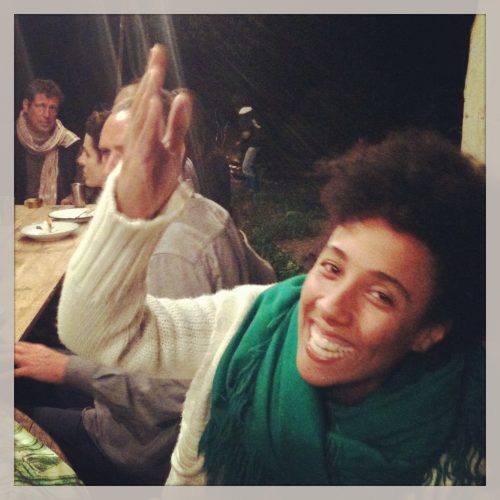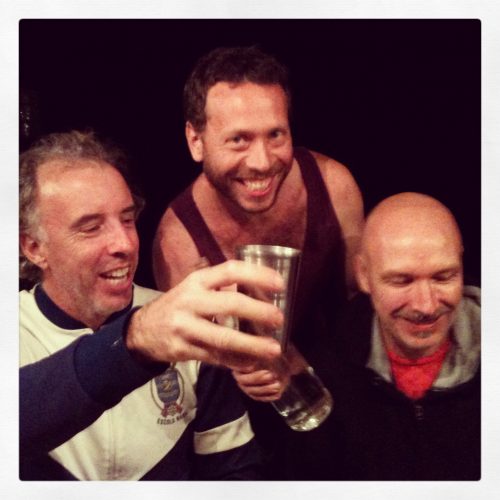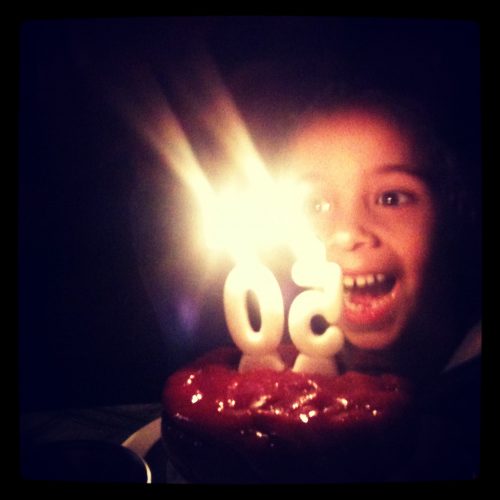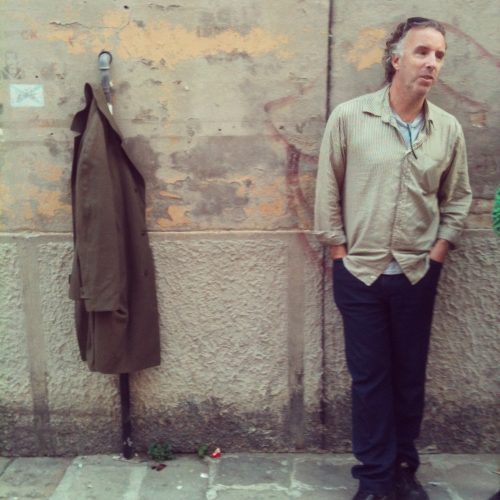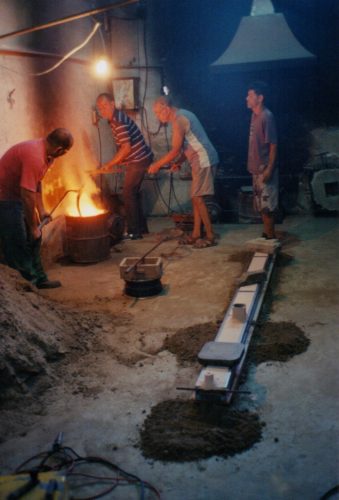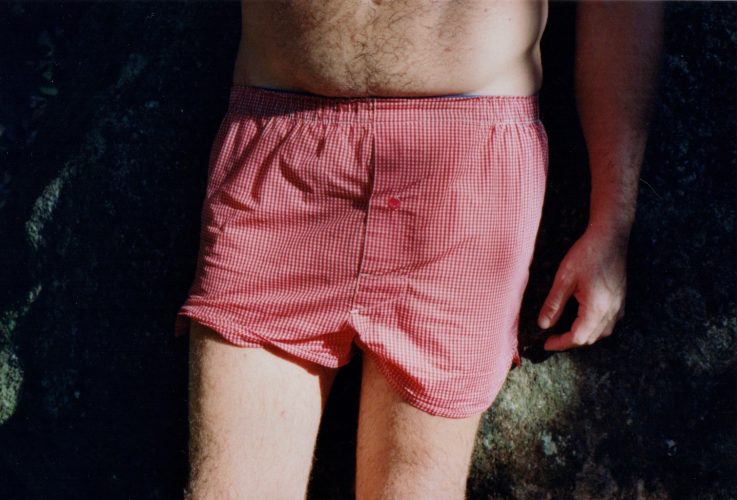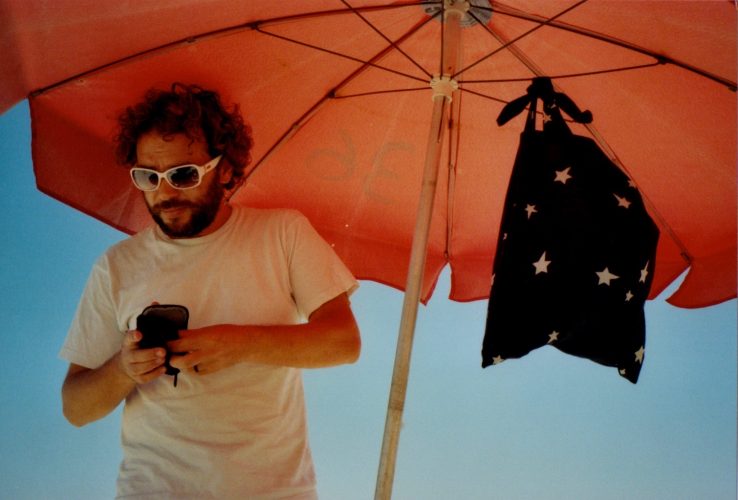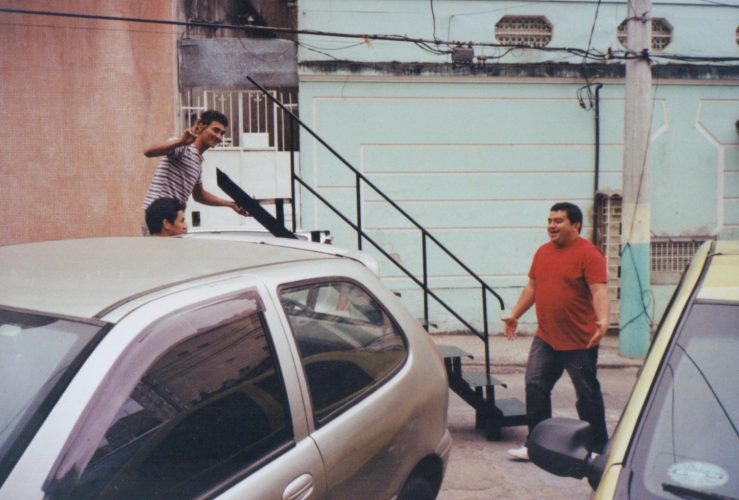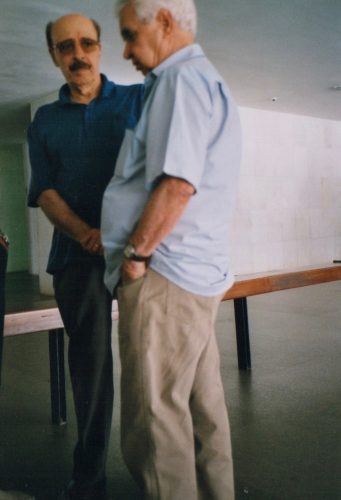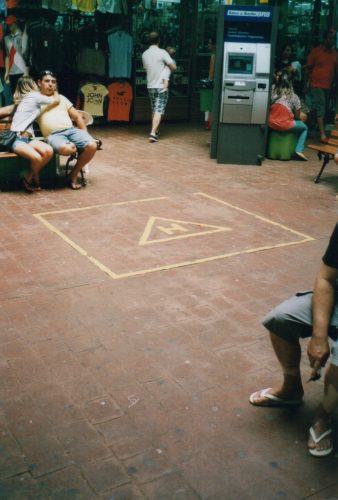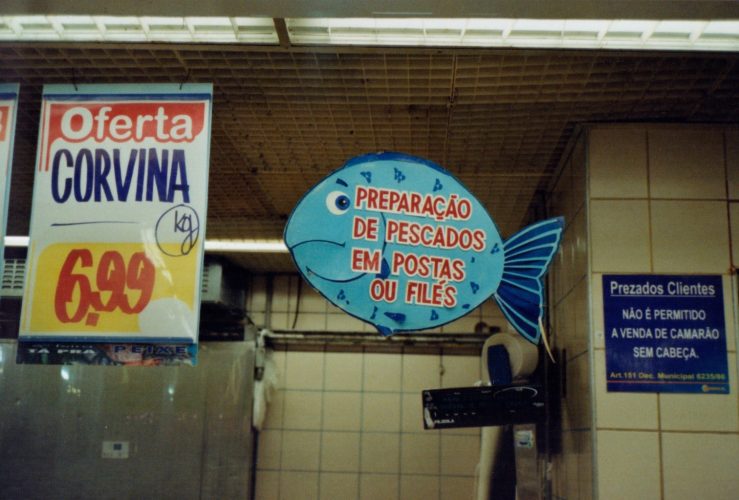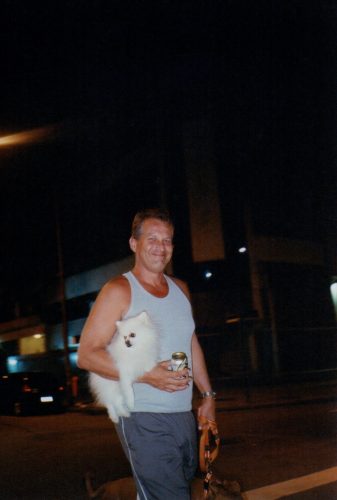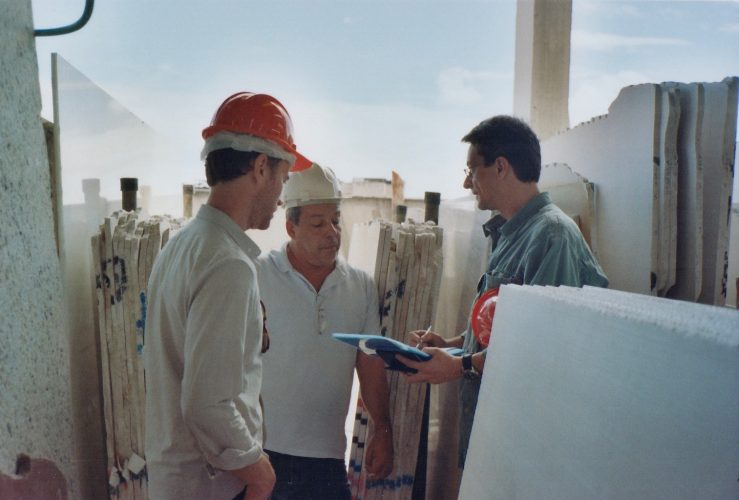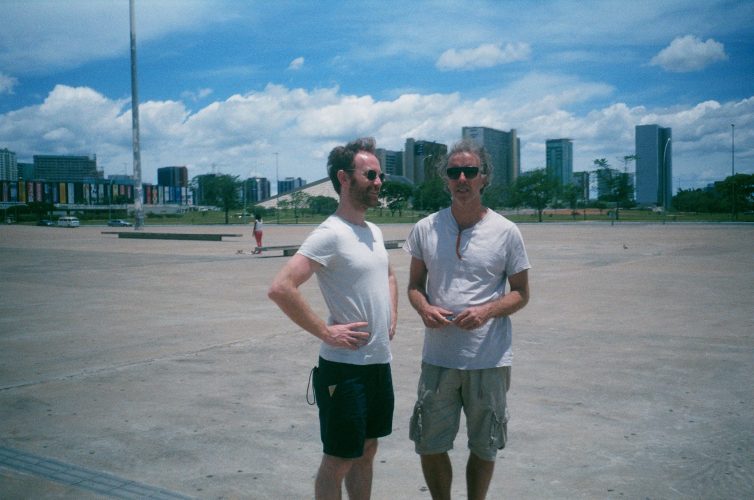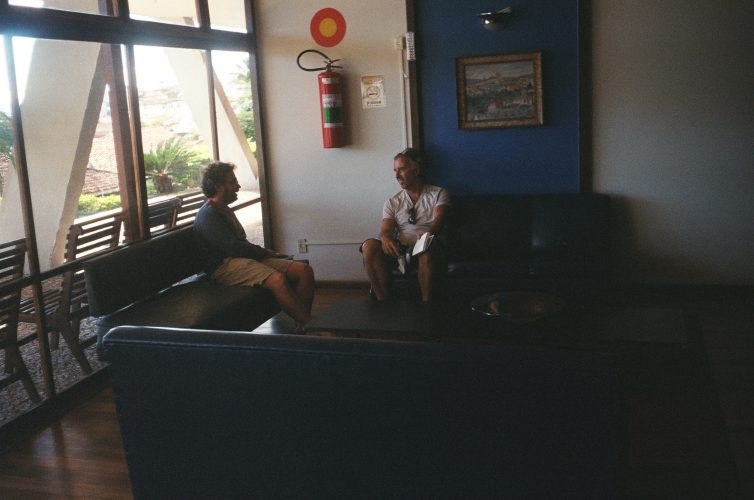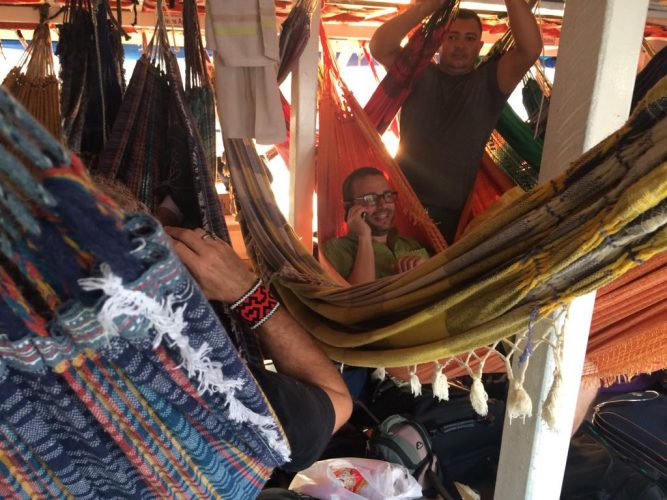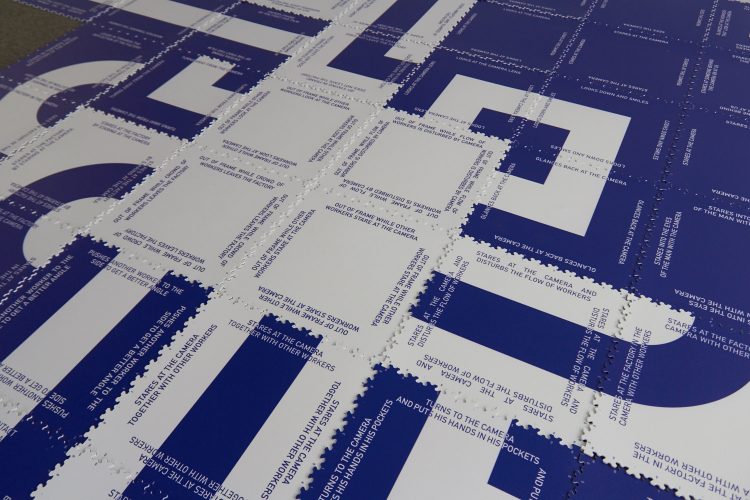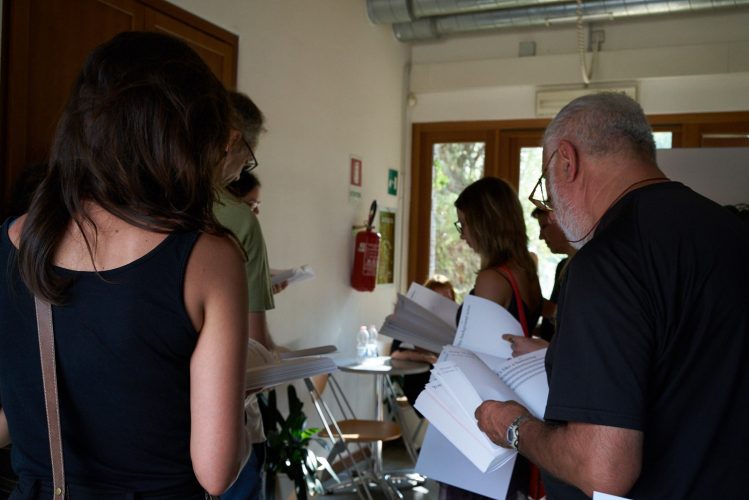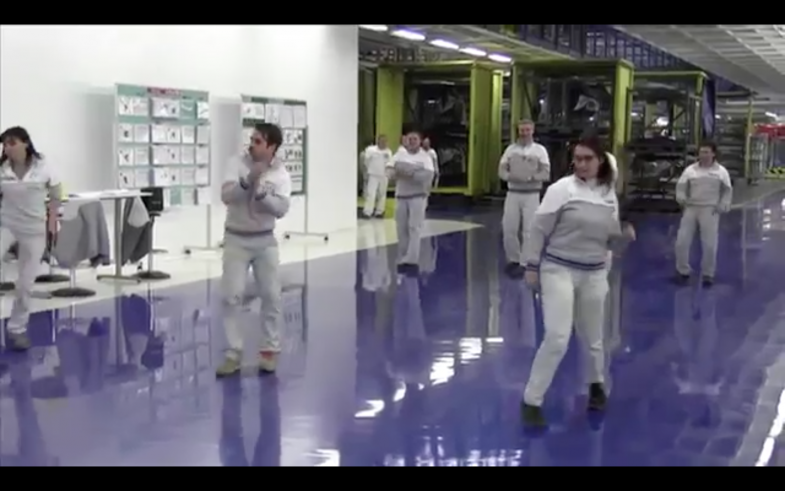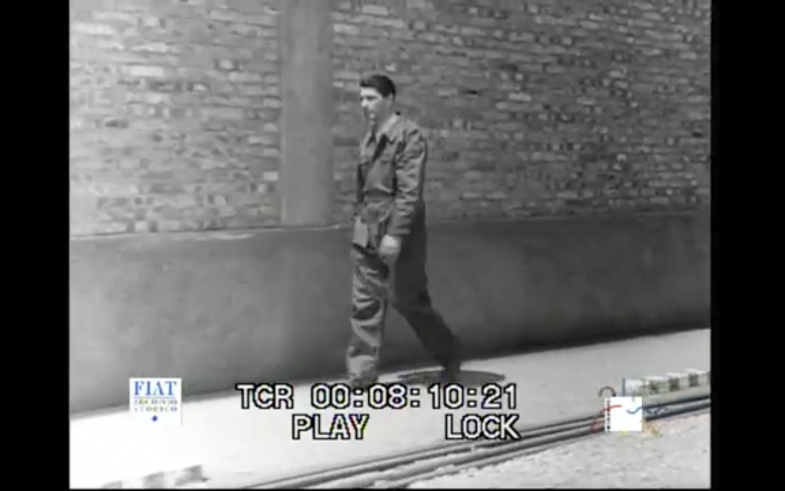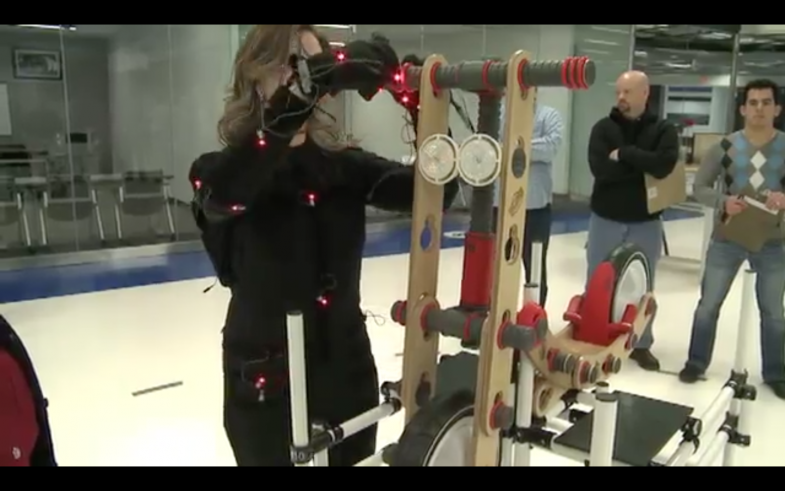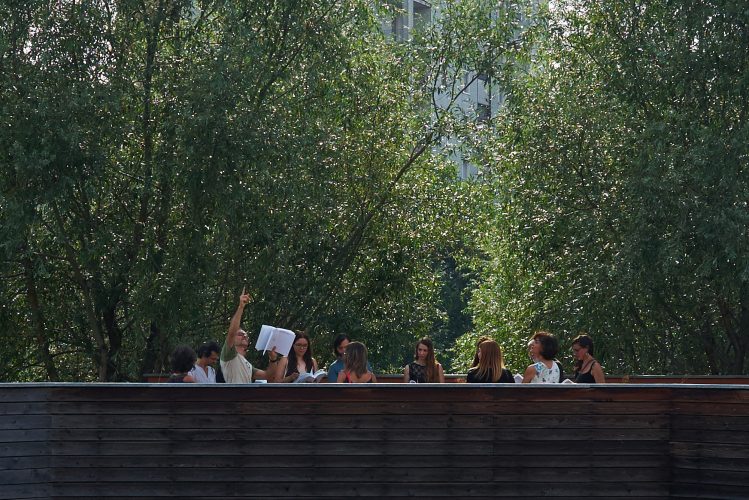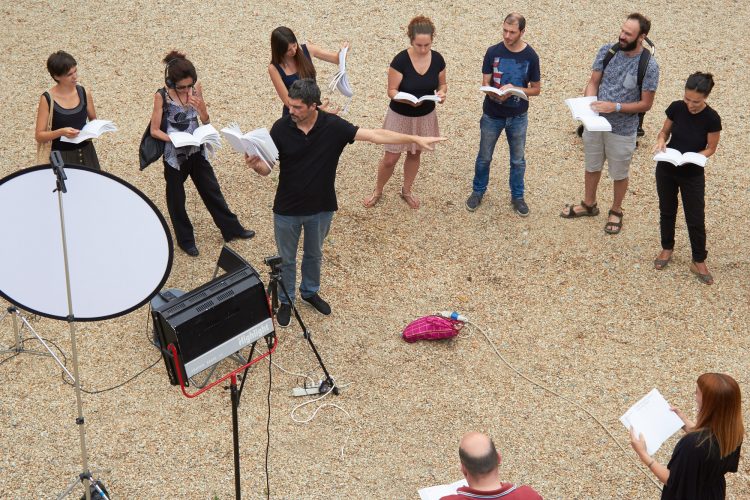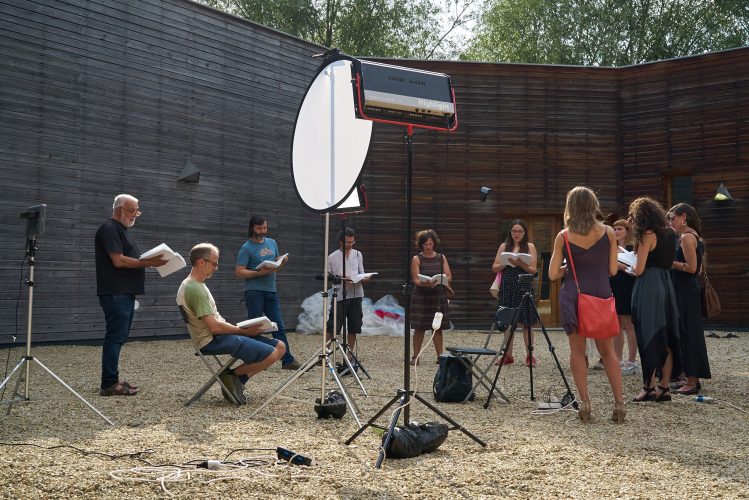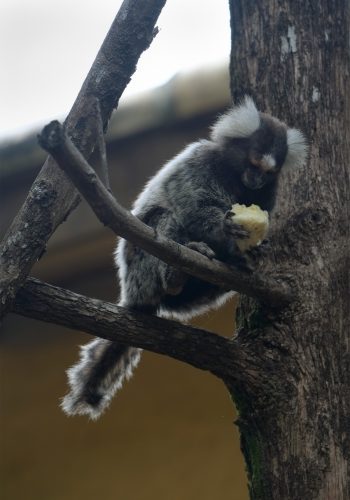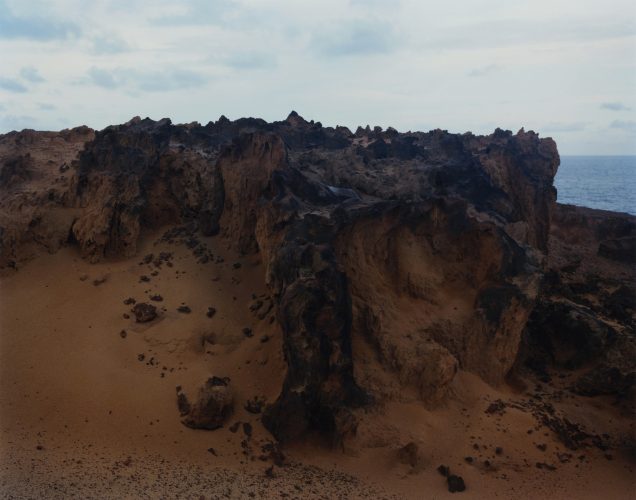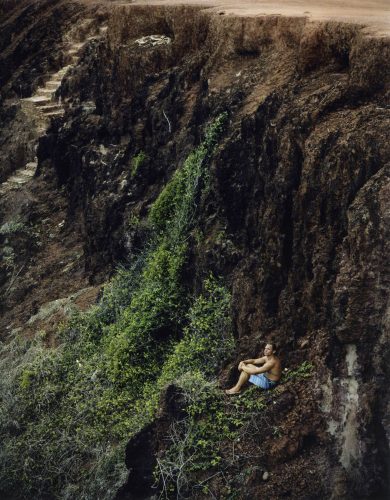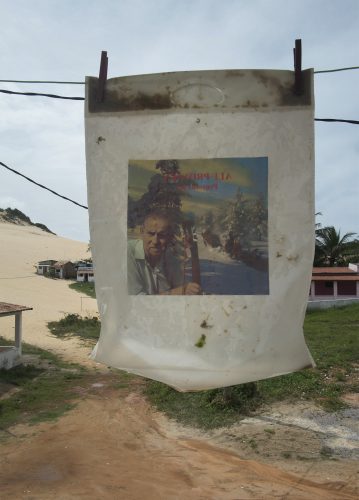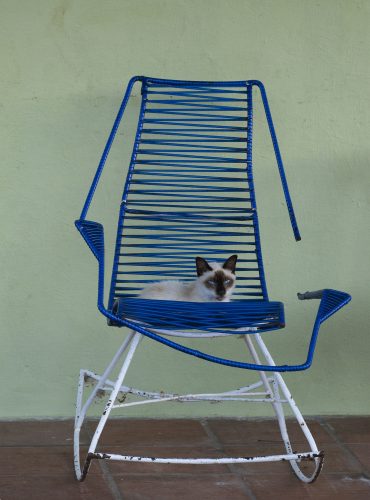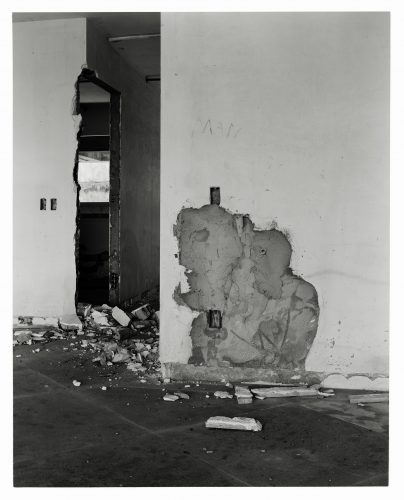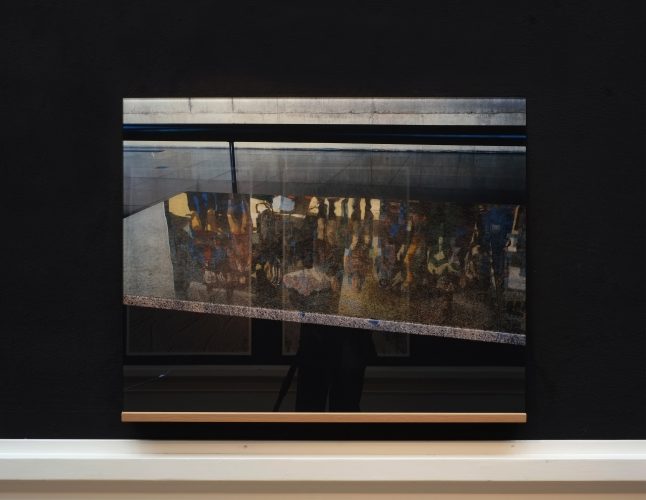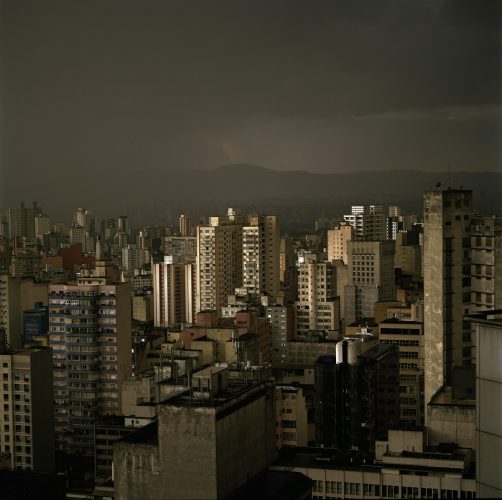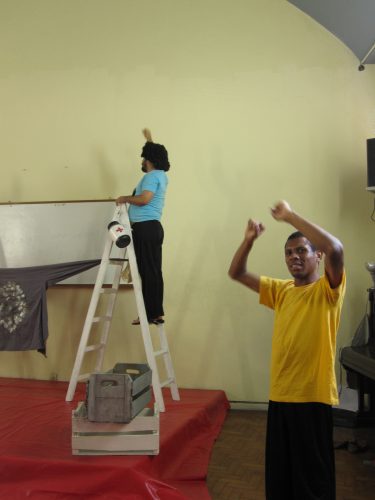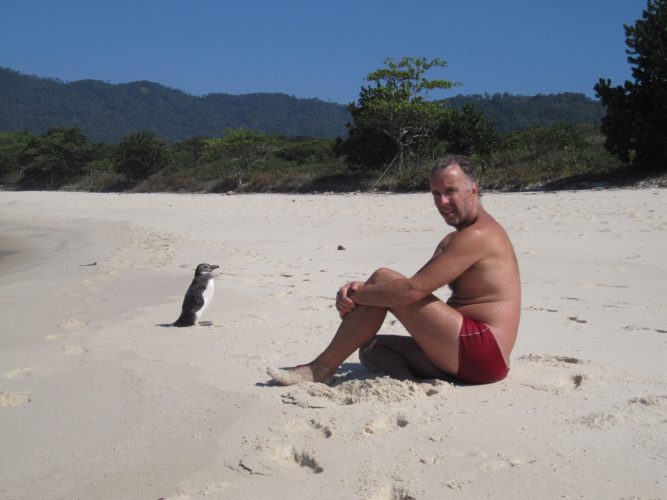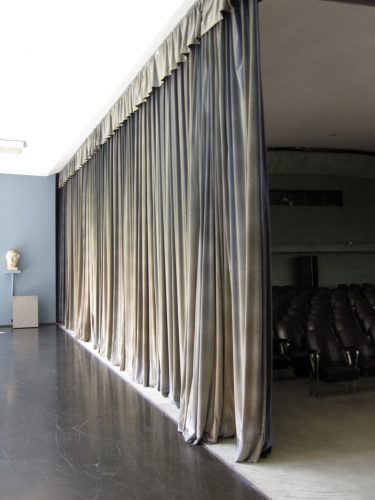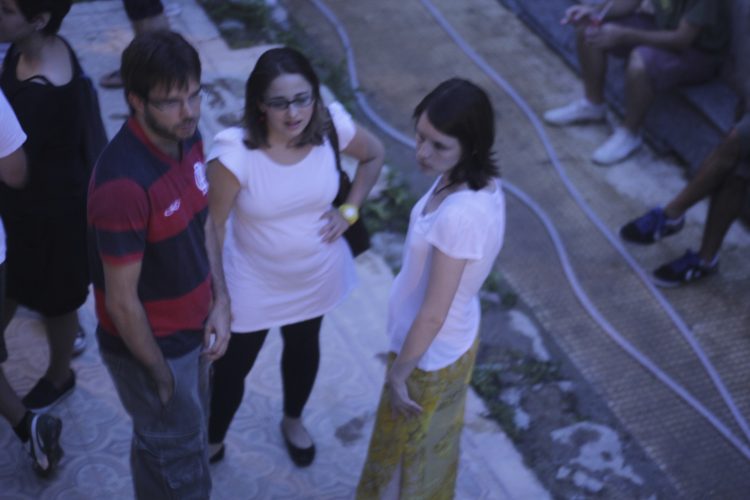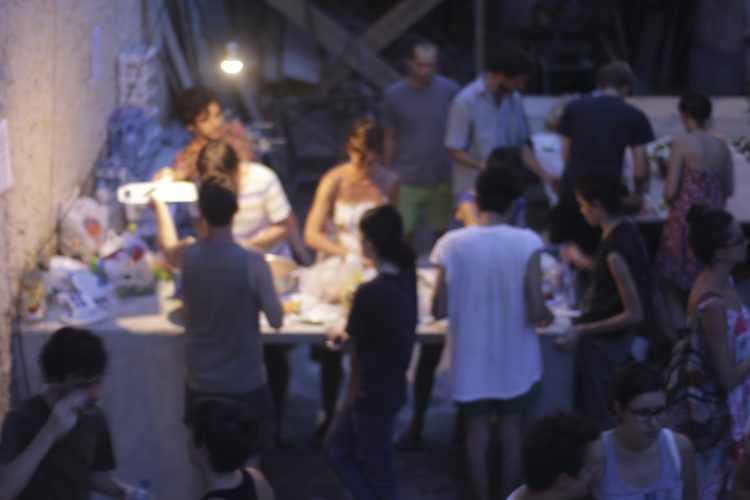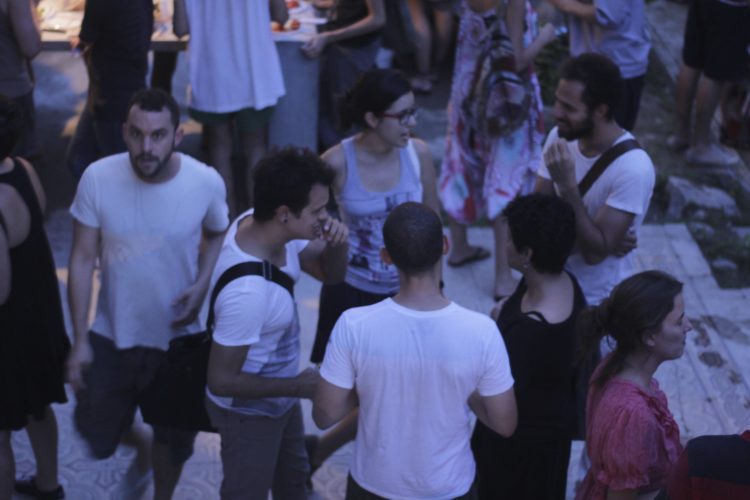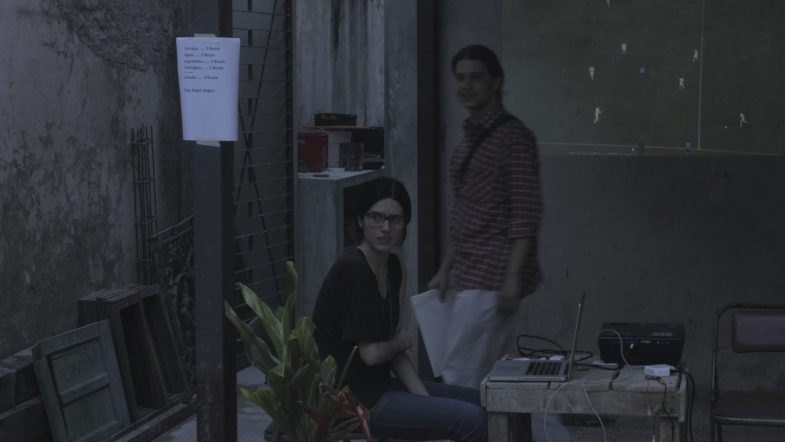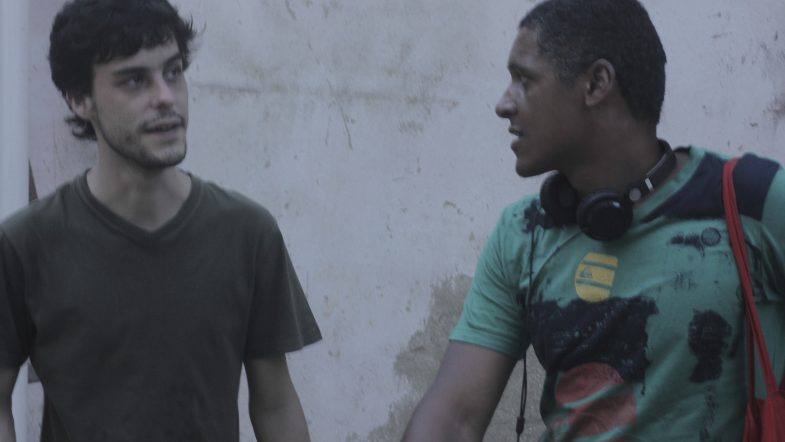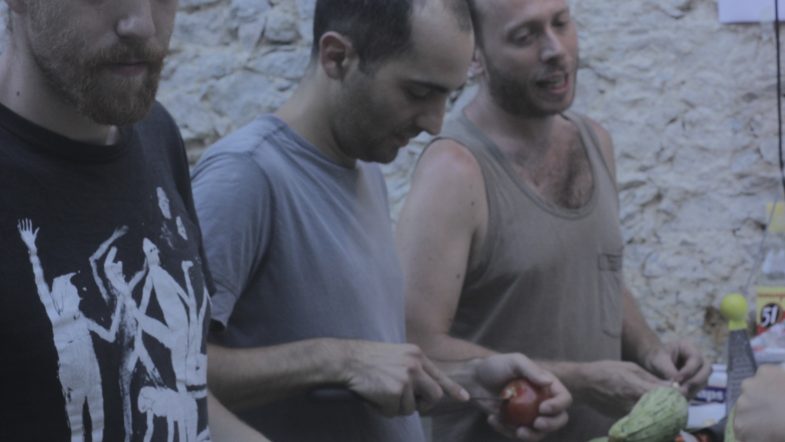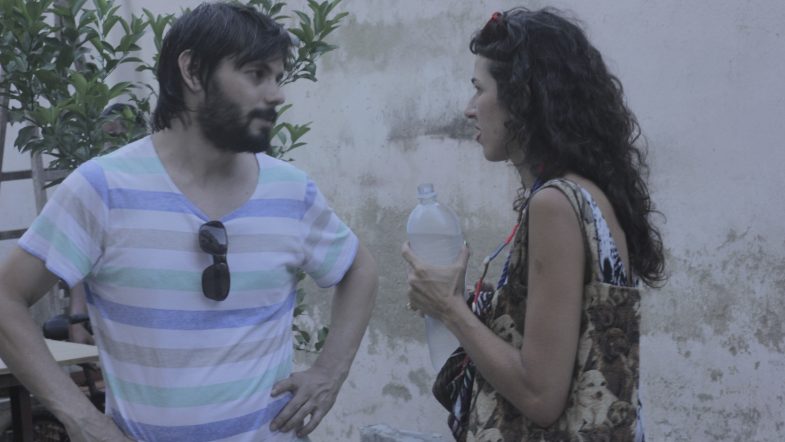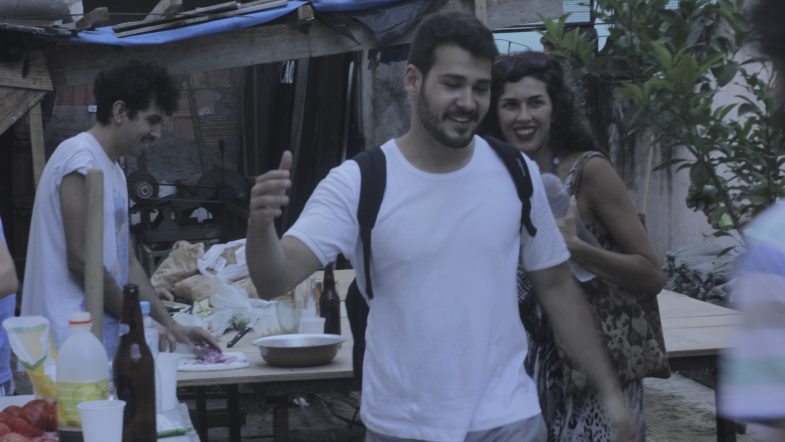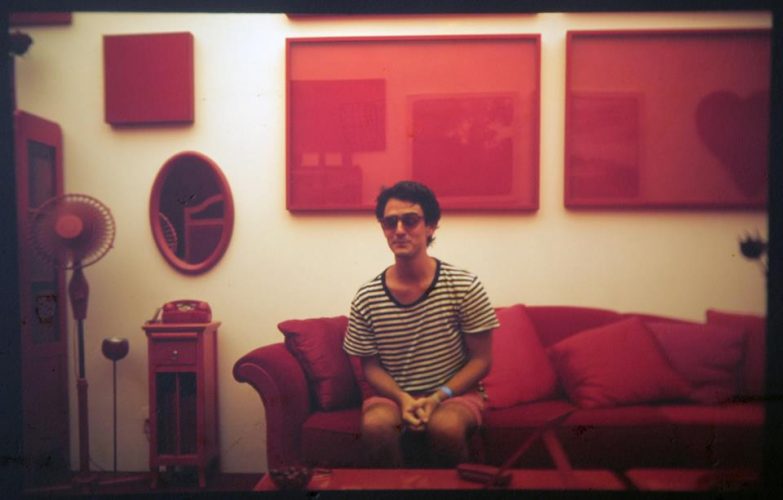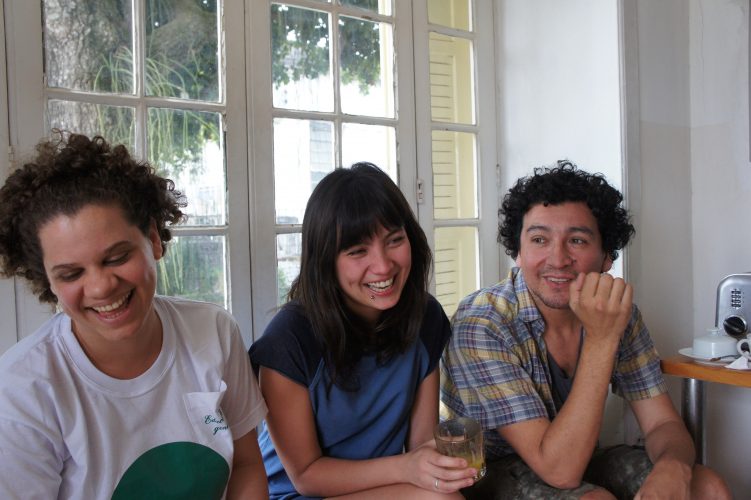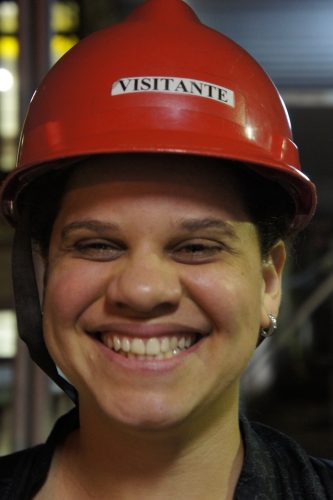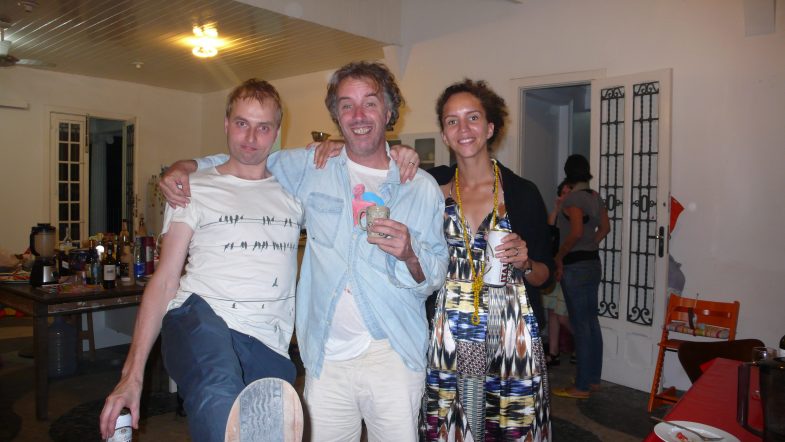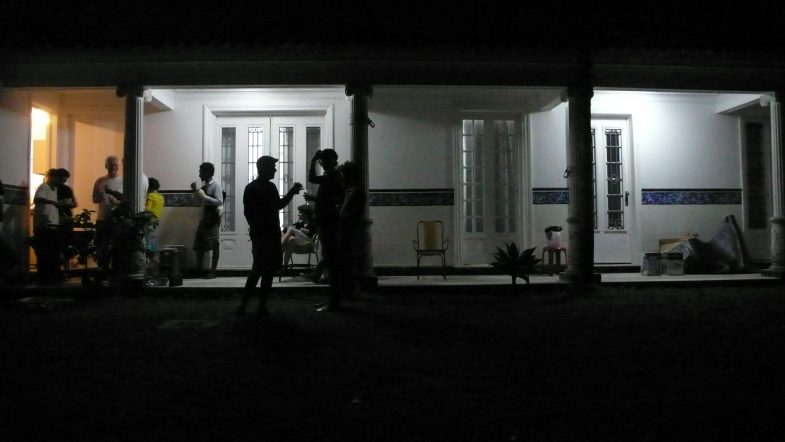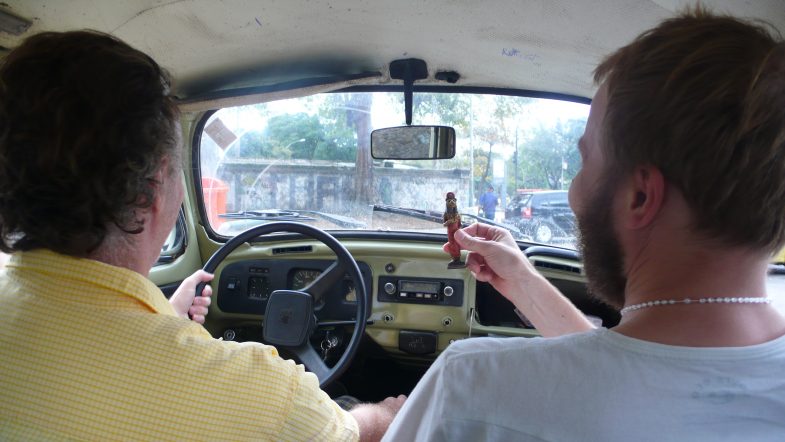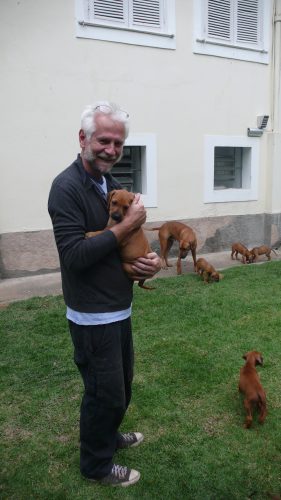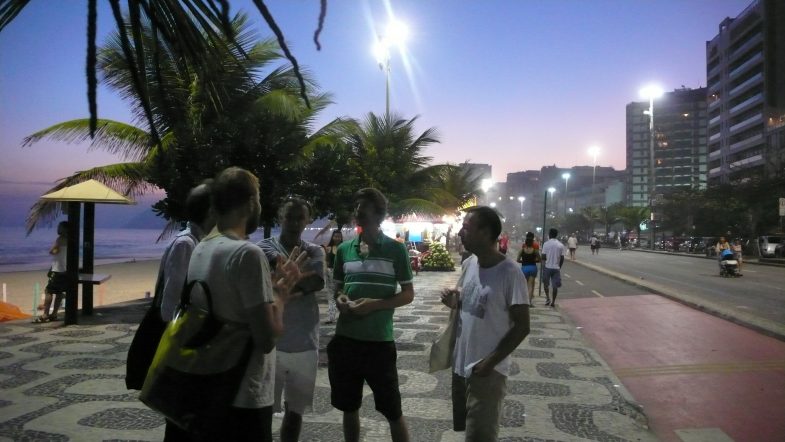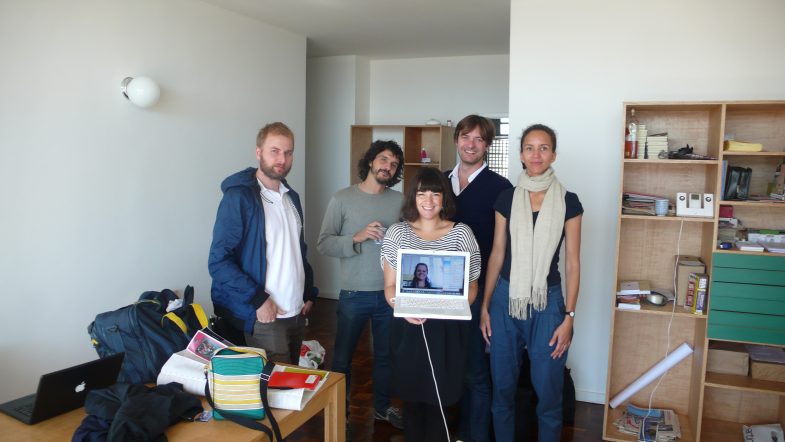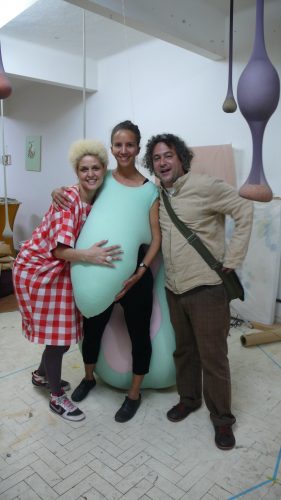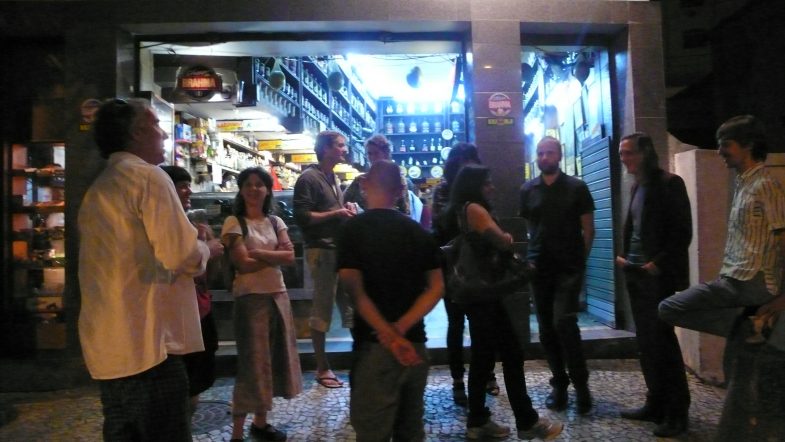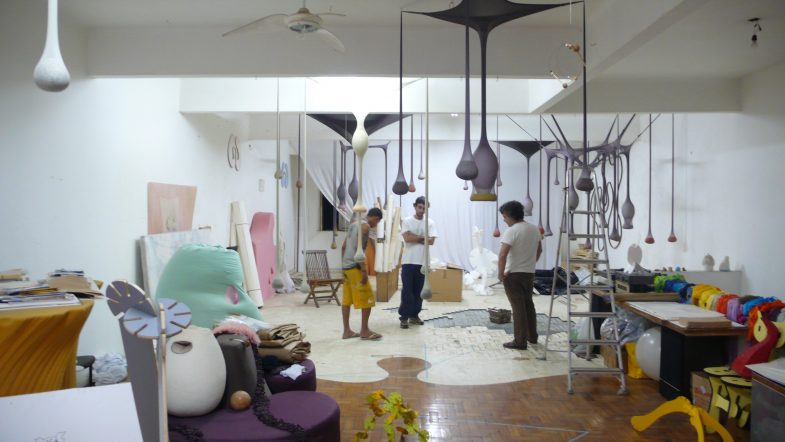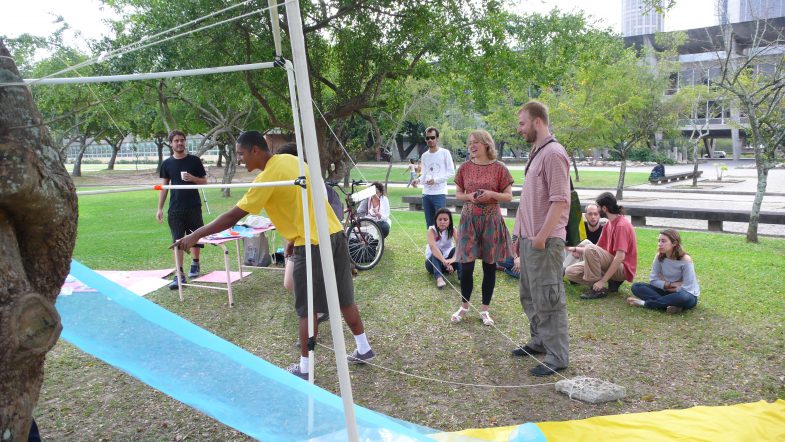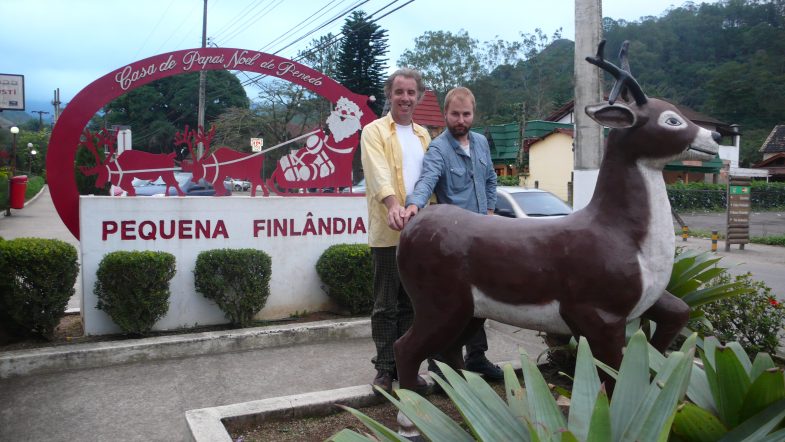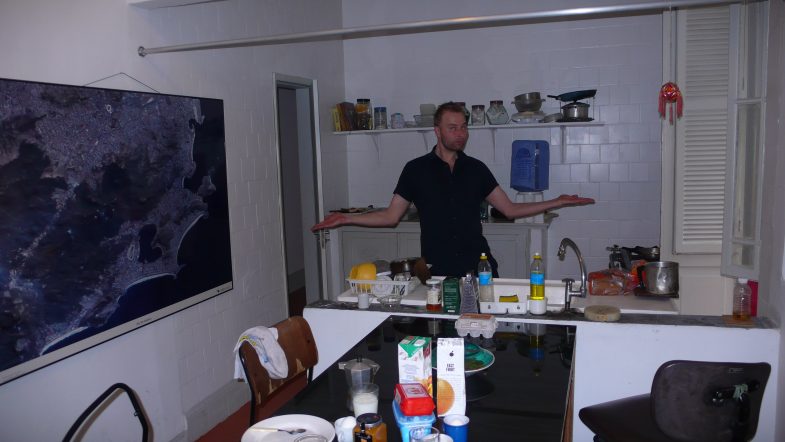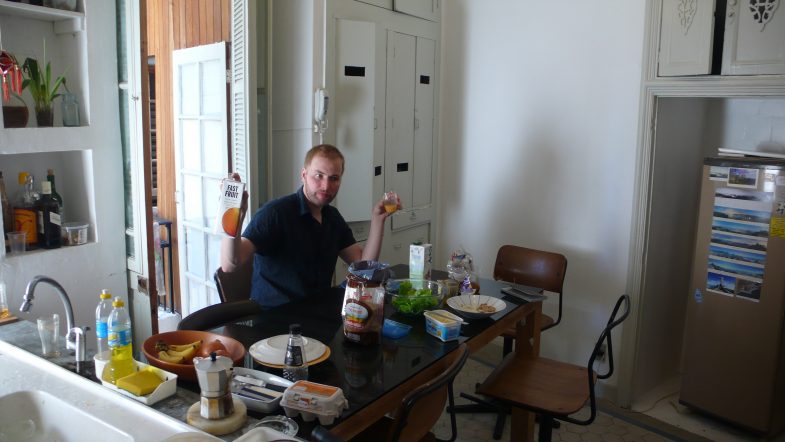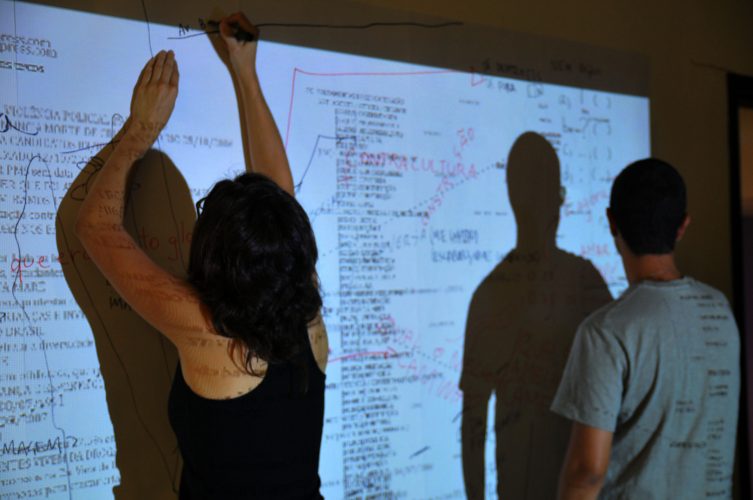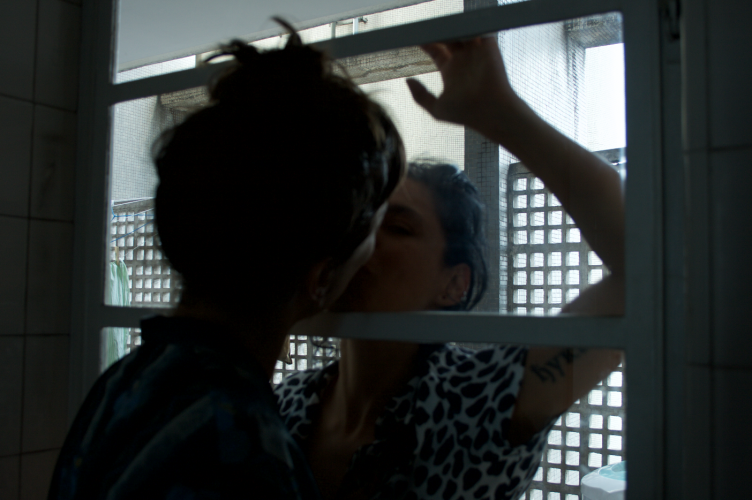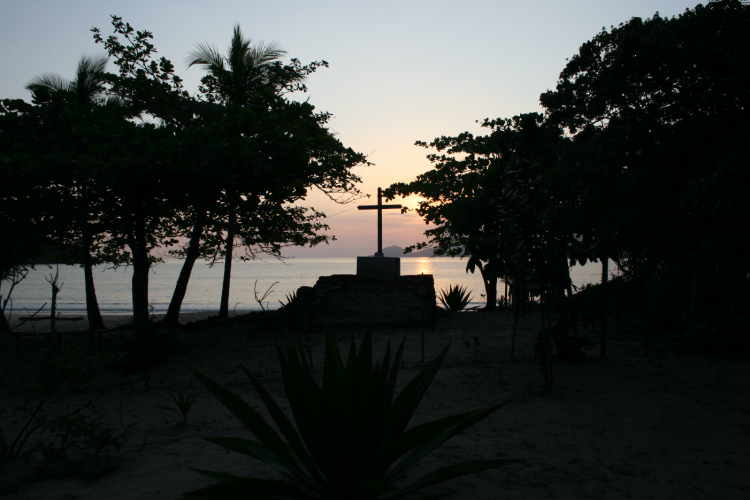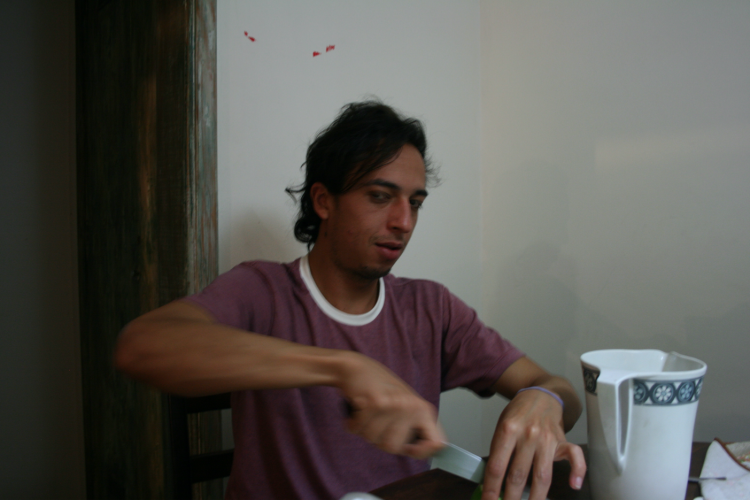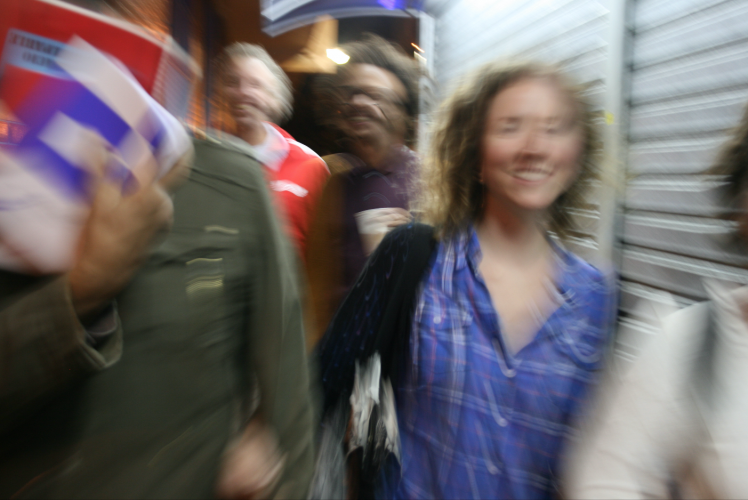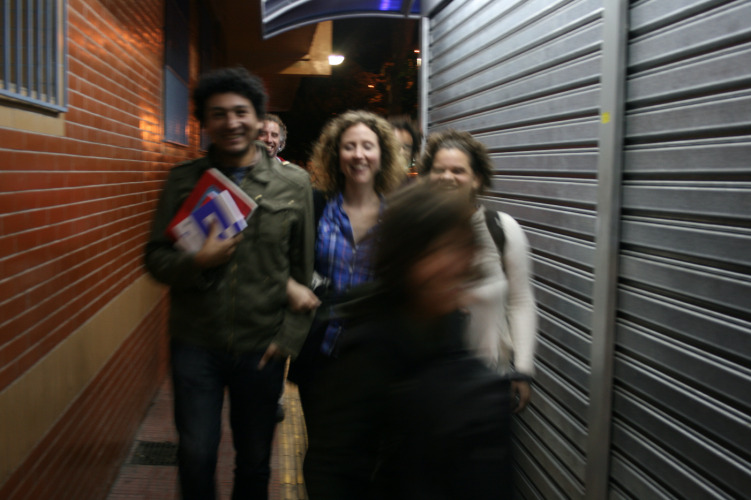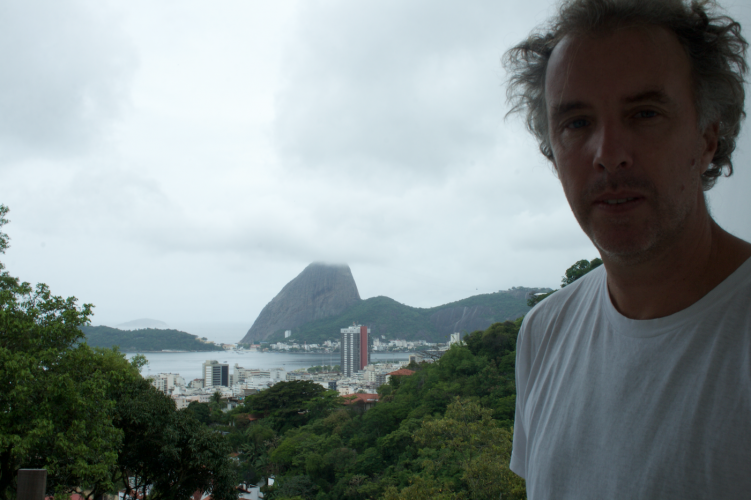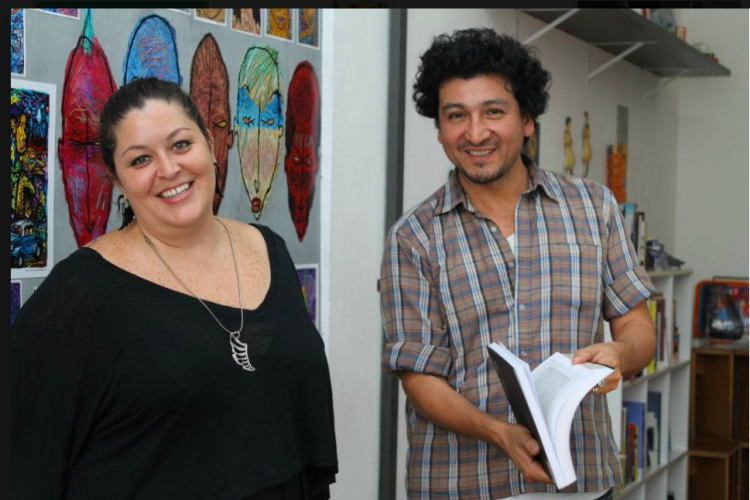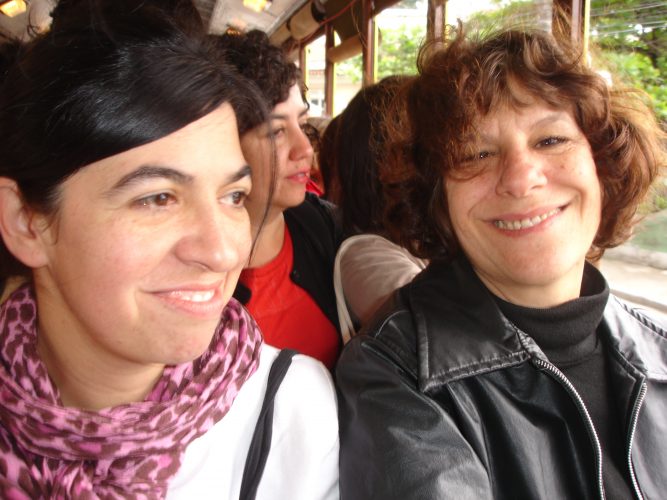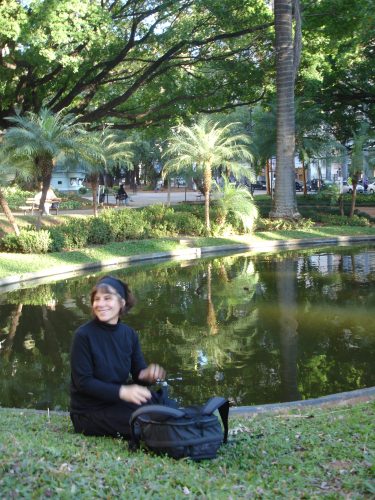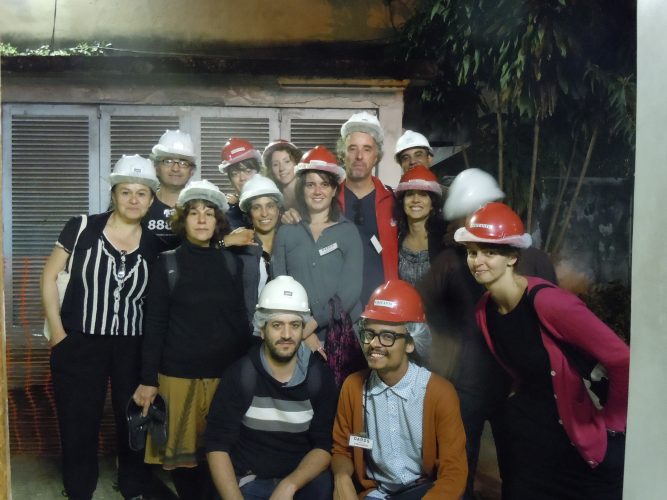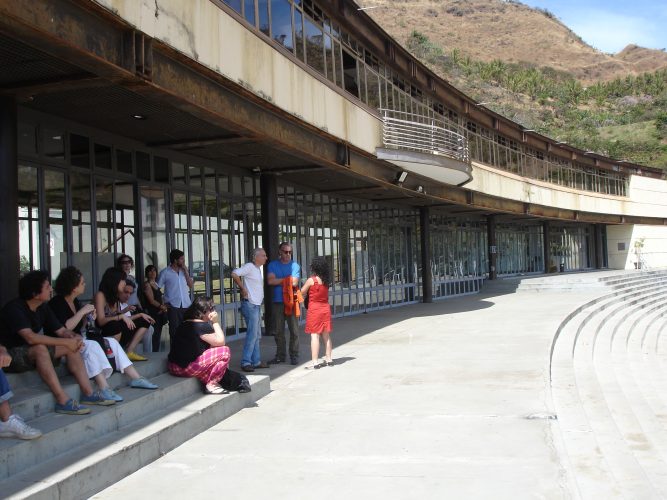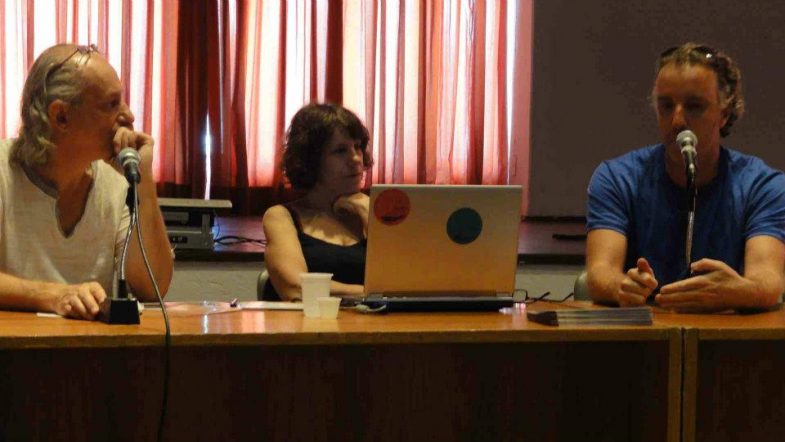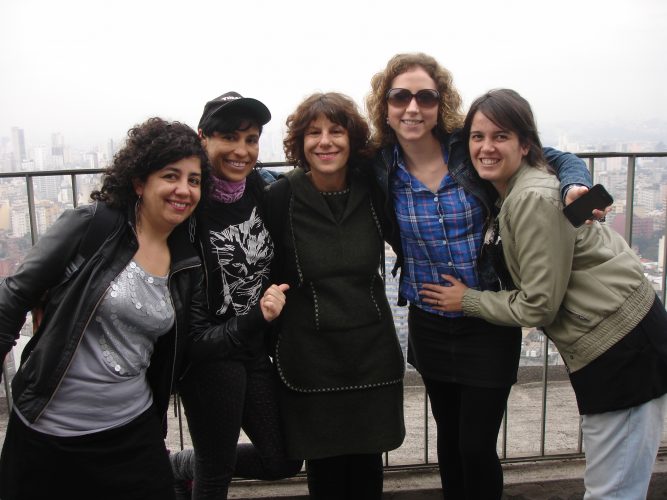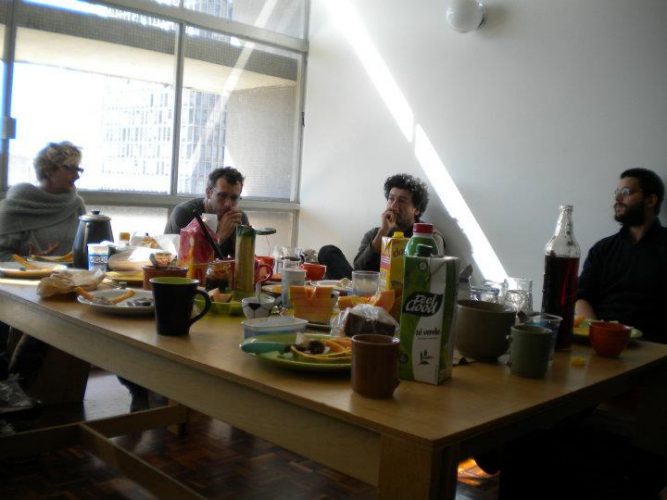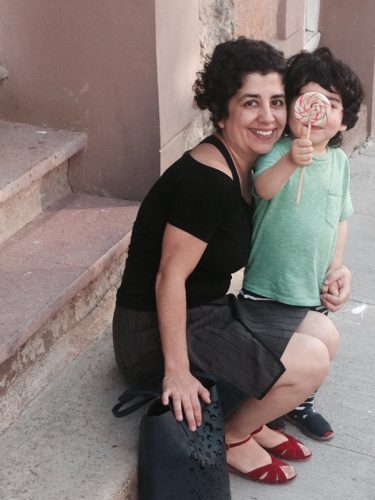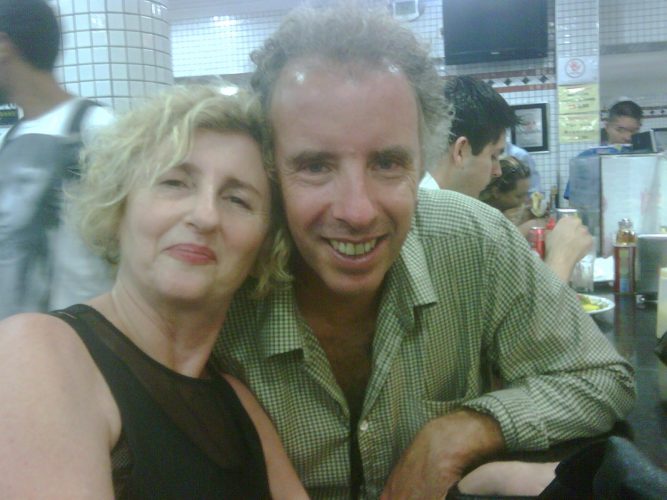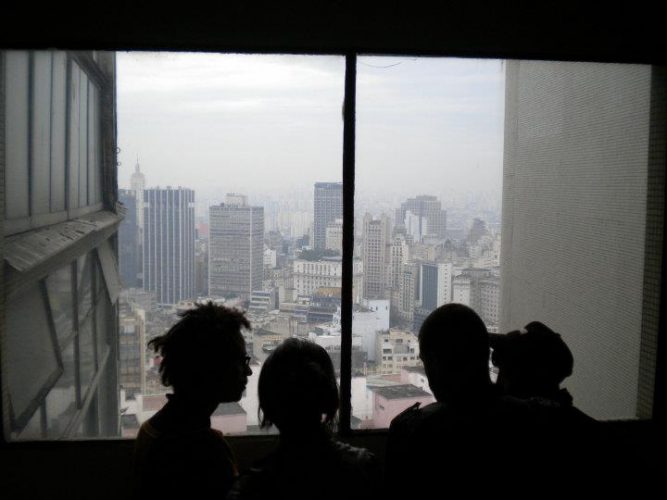Conversa entre Isabelle Arthuis e Helmut Batista
Ducha
Conversa entre Ducha e Helmut Batista
Dorota Gawęda & Eglė Kulbokaitė
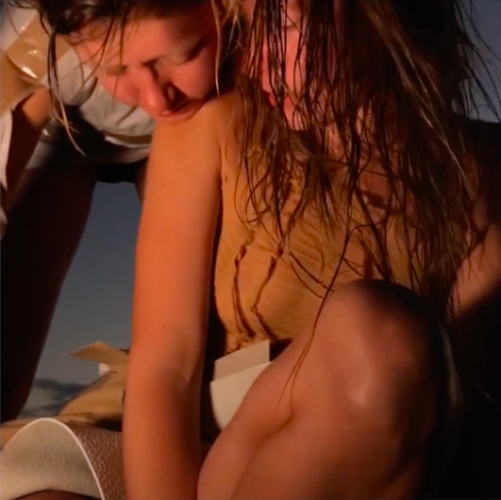
Dorota Gawęda e Eglė Kulbokaitė no YOUNG GIRL READING GROUP 146 com Gruppe Magazine. Foto: FRITZ SCHIFFERS
Dorota Gawęda (nascida em 1986, Lublin, PL) e Eglė Kulbokaitė (nascida em 1987, Kaunas, LT) são uma dupla de artistas fundada em 2013, com sede em Basileia (CH). Ambas são graduadas no Royal College of Art, Londres (2012). Elas trabalham em uma variedade de mídias, incluindo desempenho, instalação, vídeo e escultura. Elas são os fundadoras do YOUNG GIRL READING GROUP – YGRG (2013-), um projeto que busca uma maneira horizontal de abordar textos e compartilhar conhecimentos, proporcionando um espaço discursivo íntimo na experiência da leitura coletiva. A dupla também é a fundadora do avatar pós-corpo de Agatha Valkyrie Ice (2014-2017), sob cujo nome elas co-curaram o espaço do projeto OSLO1O em Basel (2015-2017). Gawęda e Kulbokaitė exibiram seus trabalhos internacionalmente, incluindo: FUTURA, Praga (solo); Projetos Schimmel, Dresden (solo); Antecipações de Lafayette, Paris; HKW, Berlim; Spazio Maiocchi, Milão; Galeria Lucas Hirsch, Düsseldorf (solo); Les Urbaines, Lausanne; ANTI – 6ª Bienal de Atenas; Suíça; Arte em geral, Nova York; Martin Gropius Bau, Berlim; Museu d’Orsay, Paris; Cell Project Space, Londres (solo); MMOMA, Moscou; Palácio de Tóquio, Paris; Galeria Amanda Wilkinson, Londres (solo); 13ª Trienal do Báltico, Centro de Arte Contemporânea, Vilnius; Kunsthalle Basel; ACI, Londres; SMK – Museu Nacional da Dinamarca, Copenhague; Kunstverein für die Rheinlande und Westfalen, Düsseldorf (solo); MOMA, Varsóvia; SALTS, Basiléia; Bienal de Berlim 9; Kunsthalle Zürich; entre outros. As próximas exposições individuais da dupla incluem: Coleção Julia Stoschek, Düsseldorf, On Curating, Zurique e FriArt / Kunsthalle Fribourg, Trafo Gallery, Budapeste.
**** Esta residência é possível graças a Pro-Helvetia (https://coincidencia.net/pt/)
Yasmine Ostendorf
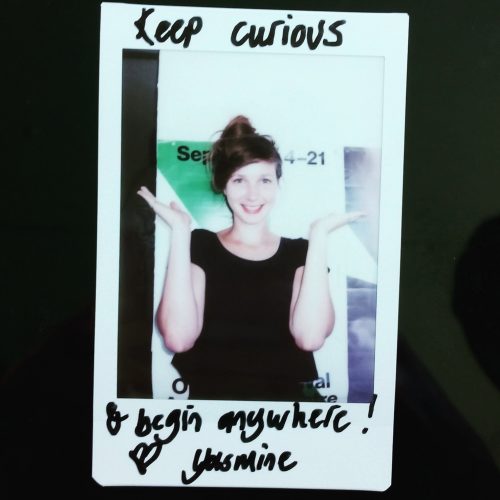 A pesquisadora / curadora Yasmine Ostendorf vem realizando pesquisas na Ásia e na
Europa sobre artistas que propõem formas alternativas de viver e trabalhar - formas
que acabam moldando sociedades e periferias mais sustentáveis, interconectadas e resilientes.
Ela trabalhou extensivamente em programas internacionais de mobilidade cultural e no tema da arte
e ecologia, tendo trabalhado para organizações especializadas como a Julie's Bicycle (Reino Unido),
Bamboo Curtain Studio (TW), Cape Farewell (Reino Unido) e Trans Artists (NL). Ela administra
a Green Art Lab Alliance, uma rede de 35 organizações culturais na Europa e Ásia que explora,
questiona e aborda nossa responsabilidade social e ambiental e é autora da série de guias
“Respostas criativas à sustentabilidade”, publicada pela Fundação Ásia-Europa (SG) e Instituto
Ecológico (DE). É curadora associada do Valley of the Possible (CL), do Centro de Arte
Contemporânea e do Mundo Natural (Reino Unido) e da C-Platform (CN). Desde 2017, é chefe do
Laboratório de Pesquisa da Natureza na Academia Jan van Eyck em Maastricht (NL) e iniciador do
Laboratório de Alimentos Van Eyck (2018); uma colocação de pesquisa para um artista / chef,
compreendendo os alimentos à luz dos atuais desenvolvimentos ecológicos, sociais e políticos.
Ela tem organizado Festivais de Cinema de Arte em Alimentos, colecionando, apresentando e
comemorando práticas inspiradoras de arte / comida de todo o mundo e organizando Grupos de
Leitura regulares para reunir teoria e prática. Ela tenta escrever um blog mensal
para www.artistsandclimatechange.com.
Pesquisa
Meu plano inicial era gastar meu tempo expandindo parcerias para a Green Art Lab Alliance
na América Latina; conectando pontos, redistribuindo recursos e organizando trocas e assim por
diante. Logo descobri que, acima de tudo, Capacete é uma oportunidade pessoal para desfrutar
de uma segunda educação; uma chance de dissecar e revisar cuidadosamente as perspectivas
eurocêntricas e expandir minha estrutura teórica e cultural de maneiras anticoloniais e anti-racistas.
Mais do que tudo, meu 'projeto' aqui é ouvir, absorver e internalizar. E mais do que tratar de um
assunto, tornou-se o reconhecimento de sistemas e estruturas subjacentes e a curadoria de
metodologias alternativas de acordo.
**A residência de Yasmine Ostendorf é possível com o apoio da Mondriaan Fonds
(https://www.mondriaanfonds.nl/)
A pesquisadora / curadora Yasmine Ostendorf vem realizando pesquisas na Ásia e na
Europa sobre artistas que propõem formas alternativas de viver e trabalhar - formas
que acabam moldando sociedades e periferias mais sustentáveis, interconectadas e resilientes.
Ela trabalhou extensivamente em programas internacionais de mobilidade cultural e no tema da arte
e ecologia, tendo trabalhado para organizações especializadas como a Julie's Bicycle (Reino Unido),
Bamboo Curtain Studio (TW), Cape Farewell (Reino Unido) e Trans Artists (NL). Ela administra
a Green Art Lab Alliance, uma rede de 35 organizações culturais na Europa e Ásia que explora,
questiona e aborda nossa responsabilidade social e ambiental e é autora da série de guias
“Respostas criativas à sustentabilidade”, publicada pela Fundação Ásia-Europa (SG) e Instituto
Ecológico (DE). É curadora associada do Valley of the Possible (CL), do Centro de Arte
Contemporânea e do Mundo Natural (Reino Unido) e da C-Platform (CN). Desde 2017, é chefe do
Laboratório de Pesquisa da Natureza na Academia Jan van Eyck em Maastricht (NL) e iniciador do
Laboratório de Alimentos Van Eyck (2018); uma colocação de pesquisa para um artista / chef,
compreendendo os alimentos à luz dos atuais desenvolvimentos ecológicos, sociais e políticos.
Ela tem organizado Festivais de Cinema de Arte em Alimentos, colecionando, apresentando e
comemorando práticas inspiradoras de arte / comida de todo o mundo e organizando Grupos de
Leitura regulares para reunir teoria e prática. Ela tenta escrever um blog mensal
para www.artistsandclimatechange.com.
Pesquisa
Meu plano inicial era gastar meu tempo expandindo parcerias para a Green Art Lab Alliance
na América Latina; conectando pontos, redistribuindo recursos e organizando trocas e assim por
diante. Logo descobri que, acima de tudo, Capacete é uma oportunidade pessoal para desfrutar
de uma segunda educação; uma chance de dissecar e revisar cuidadosamente as perspectivas
eurocêntricas e expandir minha estrutura teórica e cultural de maneiras anticoloniais e anti-racistas.
Mais do que tudo, meu 'projeto' aqui é ouvir, absorver e internalizar. E mais do que tratar de um
assunto, tornou-se o reconhecimento de sistemas e estruturas subjacentes e a curadoria de
metodologias alternativas de acordo.
**A residência de Yasmine Ostendorf é possível com o apoio da Mondriaan Fonds
(https://www.mondriaanfonds.nl/)
Tiago de Abreu Pinto
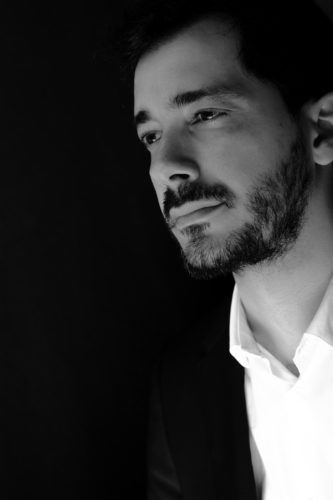
Ali Hussein Al-Adawy
O projeto de pesquisa de Ali Hussein Al-Adawy é principalmente sobre Imagens de Trabalho.
Ele pesquisa as representações do trabalho na história da arte e arquivos de filmes, a fim de discutir conceitos variáveis de trabalho e refletir sobre as imagens tradicionais dominantes do trabalho.
Ele também está interessado em dois outros tópicos:
1- Repensar museus / exposições nacionais / cubos brancos
2-Como poderíamos ver o arquivo de imagens militantes (cinema novo especificamente) hoje em dia ?!
**essa residência conta com o apoio de Mophradat (http://mophradat.org/)
![]()
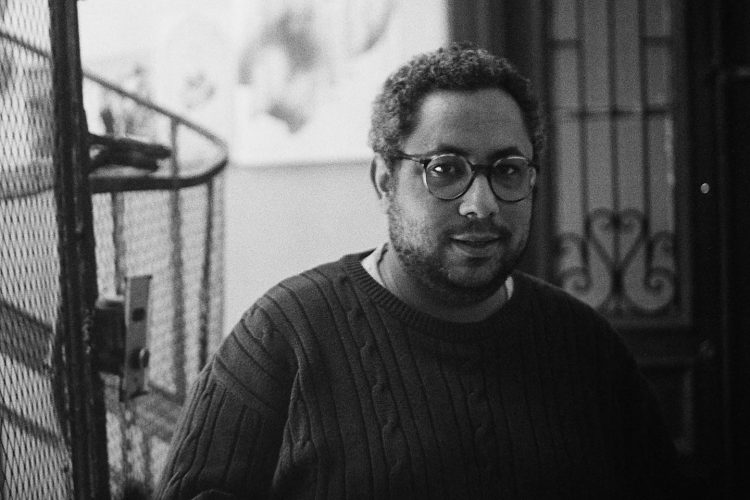
20 anos CAPACETE
Dia 7 de dezembro às 19h
Lançamento dos livros:
+ 20 anos CAPACETE
+ 10 anos Galeria Metropolitiana (Chile)
+ Lugar a Dudas (Colombia)
Com apresentações dos espaços de arte:
• Lugar a Dudas – Victor Albarracín – Cali
• Galeria Metropolitana – Luis e Ana – Santiago
• Casa do Povo – Marilia Loureiro – SP
• Casa Mario – Sebastian Alonso – Montevideo
• Despina – Guilherme Altmayer – RJ
• CAPACETE – Camilla Rocha Campos, Tanja Baudoin e Helmut Batista – RJ
!!!!!!!! LANÇAMENTO DO NOVO PROGRAMA DE 1 ANO DO CAPACETE (2019/2020) !!!!!!!
** na cozinha Tesuo Hida cozinhando Maguro Zuke Don (RS 13.99)
Para baixar o livro CAPACETE clique no link abaixo:
Livro dos 20 anos do CAPACETE
Tenzing Barshee
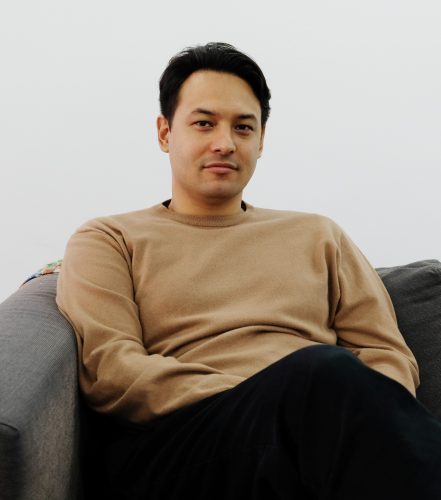
**Foto Hanna Putz
Tenzing Barshee (nascido em 1983) é um escritor independente e curador da Sundogs em Paris. No Rio de Janeiro, ele reflete sobre como a ideia de “tocar e ser tocado” pode ajudar e complicar o deslocamento do próprio corpo. Seguindo pistas diferentes, ele se aproxima de pessoas e lugares com uma disposição para se envolver, emparelhado com a melancolia inerente à memória de uma curiosidade infantil.
Fotini Gouseti
“Experiencing connecting issues“- CAPACETE Athens 2017
…..
Fotini Gouseti is a conceptual artist and PhD researcher in anthropology. She studied art at Athens School of Fine Arts (BA), Dutch Art Institute (MA) and she is currently a PhD candidate at the Dept. of History, Archaeology & Social Anthropology, University of Thessaly, Greece. Accordingly, her practice is research-based, socially-engaged and quite often called political. Her learningprocess derives out of her connection with others, while she focuses on the role of art in negotiating issues of memory.
She is the initiator of the art project Renkonto. For the past few years she has been engaged in the research projects The Present as a Result of the Past and The Least Wanted Travel the Most. The artistic outcomes of her projects are presented in various contexts worldwide.
Arendse Krabbe
I’m a Western European white, privileged, female artist. I’m concerned with how the structures, hierarchies and systems we live in shape us. In Copenhagen I’m a part of a group that produces radio. The group consist of people who are seeking asylum, people that are underground, people with residence permit and people with a Danish citizenship, as me. The Bridge Radio started as a protest against the capitalistic-colonial strategies of creating a repressive migration regime in EU. We find it essential never to keep silent about what is happening at the EU borders, in places of detention and the asylum system. We strive to create a platform where people can share their own stories and experiences.
My desire to apply for the residency is informed by Suely Rolnik regarding “our ability, or rather of our body’s ability, to be affected by the forces of the world as a living being.” I’m interested in developing methods that can allow and accommodate oneself and subject groups to be affected by the forces of the world. I believe that it is through these affects that there is a potential to dismantle the capitalistic-colonial structures. My approach is first and foremost that I’m open to who and what I meet whilst being aware of where I come from and what my body represents. In continuation of this I set up meetings, I listen, I make affective cartographies, I invite people to make group exercises and read. When I wake up in the morning I start the day by listening to the dream I had during the night seeking to learn from it.
Website:
Silvia Rivera Cusicanqui
Silvia Rivera Cusicanqui (born 1949) is a Bolivian feminist, sociologist, historian, and subaltern theorist. She draws upon anarchist theory as well as Quechua and Aymara cosmologies. She is a former director and longtime member of the Taller de Historia Oral Andina (Workshop on Andean Oral History). She is also an activist who works directly with indigenous movements in Bolivia, such as the Katarista movement and the coca growers movement.
Nikos Doulos
“Experiencing connecting issues“- CAPACETE Athens 2017
…..
Nikos Doulos is a visual artist, curator, and co-director of Expodium in Utrecht (NL) – an ‘urban do tank’ that utilizes artistic means to address urban challenges and the ever-changing nature of cities.
Doulos interests lie with the investigation of pedagogical modes for inclusive knowledge production framed under site-specific research trajectories and temporal interventions. In his work, he creates malleable situations/conditions as participatory infrastructures and ‘soft’ knowledge generators.
Walking holds a predominant part in his practice.
He is the founder of NIGHTWALKERS – a participatory nocturnal walking project investigating the contemporary identity of the flanêur, performed in (among others) the Netherlands, Serbia, Sweden, Italy, Hungary, South Korea and Greece
He has presented collaborative projects at the Trafó House of Contemporary Arts (Budapest), Bildmuseet (Umeå), participated at the Impakt Festival (Utrecht), the Athens Biennale: #4 AGORA and the 53rd October Salon and has lead workshops for UNIDEE – Cittadelartte Pistoletto Foundation and the University of the Arts, Uniarts Helsinki. In 2017 he participated at Capacete Athens – a nine-month residency in Athens under the broader framework of Documenta 14.
Doulos is a co-curator of the Unmaking The Netherlands program initiated by Expodium and a co-editor of the Unmaking or How To Rethink Urban Narratives publication.
Since 2016, he holds a position at the DAI ROAMING ACADEMY as the Senior Coordinator of Planetary Campus.
|
NIGHTWALKERS WERKSPOOR 2018: THE EXISTING, THE PROBABLE AND THE POSSIBLE. New monthly Nightwalkers sessions in Utrecht’s Werkspoorkwartier are announced on our facebook page!
|
Michelle Mattiuzzi
Jota Mombaça
Gris García
[gview file=”http://capacete.org/wp-content/uploads/2017/04/7.-Garcia-García-documenta-has-nothing-for-you.pdf”]
Artista y curadora independiente. Su trabajo está centrado en las prácticas contemporáneas y en aquellas producciones híbridas que se generan a partir del diálogo y las correspondencias con el otro.
“Eliana y nuestras habitaciones. Jari y la vida de barrio. Raúl y los desayunos. Gian y sus pancitos. Rodrigo y el silencio. Fabiana y su voz. Sol, Michelle y las discusiones. Jota y su ternura radical. Nikos y las caminatas. Vasiliki y las sorpresas. Helmut y sus havaianas. Aún van conmigo.”
Jari Malta
Jari Malta (Montevideo, Uruguay) estudió filosofía y literatura comparada en Barcelona, así como el Programa de Estudios Independientes del MACBA. Vive, escribe y habla por Skype con sus amigxs en Malmö.
“En 1998, cuando arrancó Capacete, yo tenía 13 años y el pelo teñido de azul. También en el 98 tuve sexo por vez primera y salieron algunos de mis discos favoritos, como The Shape of Punk to Come o Goddamnit.
Hablar en pretérito de lo que supuso la experiencia en Atenas se me hace más difícil: aún me cuesta creer que la plaza de Exarchia no quede a tres cuadras, o que me sea imposible juntarme con Gris para pasear a Gnaki y tomar un helado (ella, yo una Coca-Cola).”
[ess_grid alias=”Galeria de foto” layers='{“custom-image”:{“00″:”5247″,”01″:”5249″,”02″:”5245″,”03″:”5235″,”04″:”5239″,”05″:”5237″,”06″:”5233",”07″:”5241″,”08″:”5251″},”custom-type”:{“00”:”image",”01″:”image”,”02″:”image”,”03″:”image",”04″:”image”,”05″:”image”,”06":”image”,”07″:”image”,”08″:”image”},”use-skin”:{"00″:”-1″,”01″:”-1″,”02″:”-1",”03":”-1″,”04″:”-1″,”05″:”-1″,”06″:"-1″,”07″:”-1″,”08″:”-1″}}';][/ess_grid]
Rodrigo Andreolli
Carta a minha amiga:
“…Esta residência aqui gera um espaço de transição e reorganização interna, é uma continuidade do exercício da presença colaborativa e curiosa, experimentando estruturas de trabalho, de vida. Essa experiência também coloca em perspectiva minha trajetória, meu corpo, minhas práticas e torna palpável as reverberações que me trouxeram até aqui. Estou tentando aprender a direcionar minha atenção para olhar mais de perto quais questões me impulsionam a ação, que gestos eu coloco ou quero colocar no mundo e o que resulta desta interação. Tenho vontade de dançar, acho que quando danço alguma coisa acontece. Mas sinto que na maior parte das vezes essa coisa de criar peça/espetáculo mata a dança. Então como dançar e manter a dança viva nesse esquemão do mundo da arte? Talvez fora dele. Como fazer do corpo o instrumento de transformação do pensamento morto? Como manter-se vibrando os ecos de um campo de criação coletiva, comunicação que atravessa estruturas obsoletas, que traspassa tudo, que liga tudo? + Ontem olhei a lua formando um caminho no mar e percebi a concretude desse coisa que é a lua. E como não dá pra viver neste mundo sem olhar pra ela, sem saber dela e sem sentir seu movimento, que influencia tudo aqui. Ela fica lá olhando pra gente o tempo todo e se aproxima e se distancia, tudo muda por conta desta relação. Tudo no mundo é assim. A lua é um destes elementos. Ficou forte pra mim também essa relação da lua, das divindades pagãs, das manifestações divinas no que é concreto. A luz da lua fazia o caminho prata-dourado na superfície da água e também penetrava as ondas pra além da minha visão criando curvas de luz no escuro-azul do mar. Essa mesma luz tocava a terra e o meu corpo numa linha que cortava e ligava tudo ao mesmo tempo. E essa lua que baixava no horizonte, quase tocando o mar, naquele mesmo momento lançava seu corte sobre outras águas, terras e corpos. Pensei que aquela mesma luz que me tocava, toca também você aí. Deste lugar quero dançar. [no mar Egeu, entre Hydra e Pireos, em 08/maio/2017]” -
Sol Prado
“Algunas notas a propósito de los intentos de la izquierda cultural de crear zonas temporales autónomas no productivistas. (Z.T.A.P.)
Intuyo que no basta con cambiar algunas circunstancias, estructuras, paisajes, ni apelar a voluntarismos mágicos.
El neoliberalismo se ha encarnado en nuestros cuerpos, en nuestro inconsciente, en nuestros modos de vida.
Se nos ha vuelto deseable y ha teñido, incluso, las prácticas disidentes. + Dejar de desearlo es un desafío más que complejo, que resuena como una buena pancarta, pero la receta para ejecutarlo se escapa entre los dedos. “Dejar de desearlo” parece más un imperativo evangelista para dejar de tener sexo que un lei motiv de lobas emancipadas. Quizá, la cuestión es desear alguna otra cosa o tener otros horizontes a la altura de los ojos. – El mercado del arte parece haberse sumido en una práctica cada día más zombie y precaria, donde lo queer y lo trans son nuevos nichos mercado, al igual que reduce a la disidencia en capital simbólico a acumular, como un ábaco de madera donde sumar puntos de visibilidad. Cierto discurso del odio, grinchy, se ha vuelto moneda común en la política de acumular valor vía uso estratégico de la diferencia, donde la lucha política se roza con la idea de una identidad inmutable, cuasi purista, y le menea la cadera al pre-fascismo. – Sin producción no hay dinero, según la lógica del capital en la cual estamos inmersas. Un tiempo de no productividad (es decir sin producción de dinero en la lógica del valor de mercado) y exploración de un sitio específico, deviene un tiempo de privilegio. Sin embargo, estos espacios temporales autónomos no suelen ausentarse de la lógica de competencia friendly que se sostiene a base de recursos económicos transatlánticos difusos (R.E.T.D.). – Llegar a un sitio desconocido pareciera componer esa utopía idealizante de igualarnos por medio de la ignorancia compartida sobre el lugar a explorar. Como si esto nos pusiera en igualdad de condiciones para llegar al supuesto no-objetivo del tiempo no-productivista. Una conjunción de no-esto y no-lo otro, una conjunción inverosímil, donde reina en la confusión quién más exótica es, deviniendo quién más hashtagueada es. Un gran hermano capacitista de recursos sociales, risas, buen nivel inglés y opiniones sobre todo tipo, clase, temática que la conversación entre burbujas de cerveza solicite.” -
Raul Hott
Raúl Hott is a Chilean architect, artist, and educator that does work about the body, designing collective experiences for public spaces and natural environments. His projects are communal initiatives that invigorate democratic access to the arts and public life, injecting horizontal participation and vitality. He is an artist whose work spans architecture, sound, healing, choreography, writing, graphic design, and numerous other fields.
“Time. It has been just two months since I returned from Athens to Santiago, and I think the magnitude of this experience just begins to unfold in me. There are too many fundamental changes that I see in my person. In the same way, my comprehension of time is deeply affected. And so today I understand the need to stop, and by consequence, to rely on lived experiences.”
Vasiliki Sifostratoudaki
Vasiliki Sifostratoudaki suggests a practice between the object and the social engagement work. Understanding line not as a linear perspective which provides a limit but a juxtaposition of singular points whose variety in form creates a possibility of movement between them, a moving sculpture. Initiator of the Yellow Brick research project.
[ess_grid alias=”Galeria de foto” layers='{“custom-image”:{“00″:”3190″,”01″:”3186″,”02″:”3188″},”custom-type”:{“00″:”image”,”01″:”image”,”02″:"image”},”use-skin”:{“00″:”-1″,”01″:”-1″,"02″:”-1″},”title”:{“01”:”Killing our Darlings, Rodrigo Andreolli (Brazil) and Vasiliki Sifostratoudaki (Greece)”,”02″:”READING – WRTING -MAKING”}}’][/ess_grid]
Fabiana Faleiros
[gview file=”http://capacete.org/wp-content/uploads/2017/03/22.-Fabiana-Faleiros-pleasemyboss.pdf”]
Poeta, performer e pesquisadora. É doutoranda pelo Programa de Arte e Cultura da UERJ, Rio de Janeiro, e Lady Incentivo, cujo disco Lady Incentivo: novas formas de amar e gravar CD foi gravado na Mobile Radio BSP, durante a 30 Bienal de São Paulo. Entre 2015 e 2016 esteve em turnê com o Mastur Bar em Cuba (Fabrica de Arte Cubano, Havanna), Colômbia (Kuir Bogotá, International Festival for Queer Arts and Cinema), e também em cidades do Brasil como São Paulo, Porto Alegre e Belém do Pará. Em 2016 publicou o livro O pulso que cai e as tecnologias do toque, Ikrek: São Paulo. Atualmente participa da residência Capacete em colaboração com a Documenta 14 (Atenas, Kassel).
[ess_grid alias=”Galeria de foto” layers='{“custom-image”:{“00″:”3164″,”01″:”3166”,"02":”3170″,”03″:”3172″,”04″:”3176″;},"custom-type“:{“00″:”image”,”01″:”image”,”02":"image“,”03″:”image”,”04″:”image”},&;quot;use-skin“:{“00″:”-1″,”01″:”-1″,”02″:"-1″,”03″:”-1″,”04″:”-1″}}’][/ess_grid]
Gian Spina
Gian Spina was born in São Paulo (Brazil) and lived, studied and worked besides others in San Diego (USA), Vancouver (Canada), Bordeaux (France), Berlin and Frankfurt (Germany).
Today he writes, periodically to the to the World Policy Institute and Arts Everywhere. As well as a guest professor at the Art Academy of Palestine, in 2017 take part at art residence program organized by the Dokumenta 14.
—
“Fabiana, Jarí, Raul, Gris, Jota, Rodrigo, Sol, Michelle, Nikos, Vasiliki, Helmut e Eliana mudaram a minha vida:
e deixei pra trás uma série de seres que fui.
+ -
jota me deu um novo e um soco de leve seguido de afago ou semente.
era para não ter ido por causa do amor
não sabia que o jarí existia, perto de omonia eu chorei com ele e vi que incomodava o mundo
fiz yoga, vomitei, caí de bicicleta e pensei
em desistência disfarçada de compromisso.
pra que isso ?
a fumaça que entrava dentro do quarto do segundo andar e eu na cama com a fabiana enquanto evitávamos falar de dor e amor.
as aproximadas trezentas e quarenta e sete músicas que ela sabia de cor e cantava dia sim dia não. instituição otta, lembrava a namorada da minha ex.
que força; esqueço todas as palavras quando penso no que foi ela,
o que me fez ela. não sabia que existia.
cinco dias por semana e depois mais dois foi gris e calma, agora gostaria de estar com ela rindo.
o fazer nada, a calma no corpo, esse marasmo infantil e quase anacrônico.
vontade de não largar nada disso nunca, parar aqui agora, segura esse espaço e deixa o sono de lado,
me corte para lembrar que vi e viví e voltei.
havia o heroi, que me fez amor, chorei de novo, talvez a última do ano,
tentei matar o homem em mim e não deu
vaso, vaso e vasilika abarca novamente e me abraça
o chão não é o mais mesmo, nem as varandas, hot, pedia mais amor e carne, para ir e voltar.
enquanto eu caía, sistematicamente por vinte minutos com o rodrigo eu caía, e pedia, logo após
um pouco mais.”
Eliana Otta
Eliana Otta es una artista multidisciplinaria. A través del dibujo, escritura, video, instalaciones y proyectos participativos, ella asocia detalles simples de la vida cotidiana que pueden hablar de procesos complejos en contextos específicos, indagando cómo las subjetividades dan forma al espacio público al relacionar lo personal con lo político, así como recuerdos individuales y compartidos a preguntas sobre el presente y nuestros posibles deseos colectivos para el futuro. La desigualdad económica, el trabajo precario, la violencia de género y nuestra relación con la naturaleza en los sistemas extractivistas neoliberales son algunos de sus principales temas de interés.
+ Un día le dije a Helmut que me parecía que lo que más teníamos en común los seleccionados para esta experiencia era la ternura. Afinando la idea, quizá es que cada uno está buscando cómo defender las vulnerabilidades y la intensidad de los afectos en los contextos tan violentos, agresivos e injustos en los que nos movemos, buscando otros lugares a donde pertenecer o cómo hacer que aquellos a los que pertenecemos nos permitan ser. Luego de este año, una nueva certeza es que ahora tengo más cómplices para continuar con ese intento.” -
Silvia Frederici
Ana Paula Cohen
Alexandra Baudelot
Co-director of les Laboratoires d’Aubervilliers (Paris northern suburbs) since 2013 with Dora Garcia and Mathilde Villeneuve, Alexandra Baudelot has worked for several years as an exhibition curator, editor and author. In 2009 she created and managed Rosascape, a platform for contemporary creation in Paris that straddles multiple spheres as a private art centre and production unit, exploring the contexts of production and reception of works as well as their mode of display by attending to specific notions such as the question of private, intimate space vs public and political space. The decision to house Rosascape in an architecturally defined space — a private, intimate, theatrical space, playing with a tension between interior and exterior space and the domestic character of its surroundings — rather than in a neutral, ‘white cube’ type of exhibition space, stems from a will to perceptibly shift the relationship to artworks and artistic experiences. A critical awareness of the standardisation of exhibition spaces in the context of globalisation, and thus of the standardised relationship between the artwork and the public, led us to seek and occupy a site and experiential sphere of a different kind — a left-field space — and displace, in this way, our relationship to contemporary art. At Rosascape she curated exhibitions with Katinka Bock, Ulla von Brandenburg, Raymond Gervais, Benoît Maire, Vittorio Santoro, Berger&Berger, and Adrian Dan and produced several artists books. + Since 2013, as co-director of Les Laboratoires d’Aubervilliers, she develops a work with Mathilde Villeneuve and Dora Garcia based on two factors — a laboratory that research, test out and experiment, and the town of Aubervilliers (at the periphery, on the outskirts, a melting pot of industrial workers, and a major site of immigration). The very particular relationship between these elements is the context in which artists-in-residence make and develop their projects. The collegial approach aims to establish collectives that enable new forms of intersubjectivity to take shape. In collaboration with the co-direction team, she works on developing novel communities that alter and transform according to the shifts and developments in their work. From the very beginning, the Laboratoires d’Aubervilliers has been committed to reducing the gap between informed and uninformed audiences, and to supporting the most complex and hybrid artistic practices while ensuring no one feels excluded. The institution is renowned for the collective productions it has generated, for fostering collaborations between artists across the entire spectrum of disciplines, and for its participatory, community-building projects involving local residents. In 2016 she co-curated the event « Performing Opposition » intiated by Les Laboratoires d’Aubervilliers at Capacete (Rio de Janeiro) and Casa do Povo (Sao Paulo). She is the author of the book “Dispositif chorégraphique” (Les Presses du Réel, Nouvelles scènes collection, 2005) on the work of choreographer Jennifer Lacey in collaboration with the scenographer Nadia Lauro, the editor of the monograph “Grimaces du réél” on the choreographer Latifa Laâbissi (Les Presses du Réel, Nouvelles scènes collection, 2015), “Portraits d’Aubervilliers” by Lenio Kaklea with Lou Forster (Les Laboratoires d’Aubervilliers, 2018), “Zarba Lonsa _o_o__o Mesonya/ » an editorial project by Katinka Bock, (MER. Paper Kunsthalle, 2018) In 2016 she curated a serie of three exhibitions with Ulla von Brandenburg at The Power Plant (Toronto), The Darling Foundry (Montreal) and ACCA (Melbourne). -
Mathilde Villeneuve
Latifa LAABISSI
Laura Taves
No CAPACETE, em julho de 2017, apresentou o projeto das Placas de Rua da Maré, e também, o projeto realizado na Nova Holanda, Maré, em 2016: Correspondências Cariocas – o Rio em 450 azulejos, foi um projeto realizado, a partir de uma edital da Secretaria Municipal de Cultura, para a celebração do aniversário de 450 anos da cidade. Maior do que previsto, o painel artístico revestiu uma casa inteira do bairro, com desenhos e textos de 50 crianças e jovens moradores locais, e sua visão do que é a cidade do Rio de Janeiro hoje. As crianças ainda enviaram postais, com seus desenhos e textos, para diversos amigos/parceiros ao redor do planeta. Os cartões já ganharam o mundo, nossa cidade está em toda parte, transcendendo o projeto e a Maré, ampliando sua abrangência territorial, fazendo novas conexões e se perpetuando no tempo.
Desde 2015 é gerente de Desenvolvimento de Público e Relações Comunitárias do Museu do Amanhã, trabalhando diretamente com os moradores da região da Pequena África, na criação de programas e ações que valorizem e que apresentem ao grande público a cultura popular e sofisticada da Matriz Africana local. O projeto Entre Museus, outro exemplo de atuação da área, trabalha com mais de 1.000 jovens de todas as escolas da região, incentivando sua visitação ao Museu do Amanhã e a outros 22 museus parceiros, um convite para entrar nos museus e também para conhecer esse grande museu à céu aberto que é a própria cidade.
Giulia Majolino
Thelma Vilas Boas
Ian Erickson-Kery
[gview file=”http://capacete.org/wp-content/uploads/2016/05/CAPACETE20ANOS-PAGINAS-ian.pdf”]
…
Ian Erickson-Kery is a PhD student at Duke University, where he researches and writes on Latin American art, literature, territorial conflicts, and geographical imaginaries. In recent years he has moved itinerantly between the north and the south, the art world and academia, and the city and the country, all of which shape the topography of his work. With equal fondness for Praça Tiradentes and Vale do Anhangabaú, he is nonpartisan in the Carioca-Paulista rivalry.
Aurélia Defrance
Caetano Maacumba
Soledad Leon
Coordinator of an collective art project called PIA Michelle http://pia-michelle.blogspot.cl/
Also collaborate with CRAC Valparaiso now and then http://www.cracvalparaiso.org/?lang=en
Thora Dolven Balke
Camilla Rocha Campos
[gview file=”http://capacete.org/wp-content/uploads/2016/04/CAPACETE20ANOS-PAGINAS-camilla.pdf”]
….
Artista, pesquisadora, ativista micro-política e auto-revolucionária. Como artista transita no campo de uma arte colaborativa na qual o público é convidado a participar de situações performáticas relacionando seu corpo à contextos poéticos carregados de um tipo de humor e crítica. Em janeiro de 2017 ao integrar o Programa Internacional de residência artística AiR Q21 no Museum Quartier em Viena, Áustria, ministrou o workshop “Silent images shout body policies” no espaço de arte Raum_D do Museum Quartier.
É atualmente diretora da residência artística internacional CAPACETE no Rio de Janeiro onde também par- ticipou do programa como artista em 2016, quando realizou em parceira com a artista e também residente Thora Dolven Balke a pesquisa aberta “Respira Conspira”.
Anna Bak
Anna Bak is a visual artist and curator/organizer. She works in different medias, primarily with installation. She took her Master in Fine Arts from The Funen Arts Academy in Denmark, with an supplementing exchange year with a Fulbright Scholarship, at Montana State University in Bozeman, Montana, USA.
Sojin Chun
Chun’s practice includes creating works in video and installation. Using a whimsical and humorous approach, her work explores local narratives to examine the intersections and contradictions found in cultural, social and personal identities as a result of geographic relocation, and cultural multiplicity. Chun’s personal experience living in the Korean diaspora in Bolivia, and Canada, informs her work which reveals the idiosyncrasies found in culture, in its inconclusive and contradictory nature.
+ Through contemporary art, invited artists shared their work informed by personal research and collected images, news items, and raw materials, which expand beyond traditional notions of archives and institutionalized documents that are categorized by hegemonic political powers. At Capacete, we brought together artists from Chile, Costa Rica, Argentina, Canada, and Brazil in dialogue by sharing their individual projects looking at the ways in which artists subvert or give new meanings to the colonial construction of history. Through personal or historical imagery, artists told alternate histories from the perspective of those that are often unaccounted for in mainstream versions of history. This first event Arquivos de Resistencia took the form of a week-long residency for invited artists, a video screening of their works as well as artist talks and group dynamic activities. The group was further expanded through the participation of representatives from an activist group from the community of Horto whom invited the group for a tour of this community facing eviction and rapid gentrification of bicentenial residents, workers of the city’s Botanical Gardens. Participating artists in this project were: Marton Robinson (Costa Rica) who gave an in-depth historical context of Limon, Costa Rica in line with the narrative of Jamaican-descendents who were brought to Costa Rica as labourers and the rise of Marcus Garvey’s activism; Araya-Carrion, a Chilean collective that works with material archives to demonstrate the layers within the history of Colonization of Indigenous populations in the south of Chile; Cecilia Estalles, a queer Argentian artist who has been digitizing the first Trans archives collecting stories of Trans women who faced police brutality in the 1980s; and Canadian artist Joyce Wieland’s work that showed solidarity for left leaning artists and political activists. These artists were brought together by Capacete resident artist soJin Chun. Other residents that collaborated in this project were, Kadija de Paula, Ian Erickson-Kery, and Soledad Leon. -
Kadija de Paula
After fleeing the second English empire of the North Kadija traveled the former Spanish South until a warm autumn afternoon when she arrived in the land of the rising sun. Still in the transfer bus from Narita to Shibuya she met a man wearing a helmet. They talked about Eastern Europe and Latin America and discovered they were neighbors in Rio. Back in the tropics she went to his house for Universidade de Verão where she met the other 12 who later became the 13 of Pereira, also known as Agência Transitiva. Under the maracujá tree they evoked Mané Pelado, Cara de Cavalo and became epiphyte to the helmet hanging in the bookshop of Pequeno Laboratório. She started going by Agent Orange and made crosswords with Vocabulário Político para Processos Estéticos. In the kitchen she made merendas and oferendas: tamales for Portas, bolinho de Feijoada e Feminismo with Andrea, kimchi with soJin, and Queer Vegan Manifesto with Asia. When the helmet was not there she took over the house with the others from Capacetando and started making her PFs. Then came the coup and the new ones, hungry and thirsty for wednesday nights. She became resident chef. Then there was Futuros Sequestrados vs. Anti-sequestros dos Sonhos; DUB Janta E NOIS E Juice; Oficinas de Ajeum; Transburger; Nabo Laser; Opposite Kitchen; Confraria do Mungunzá; Daal do Sadhu Amar Bharati; Respira Lanches; Engastração Vegana; and much more… One day she had to move to another place, but she wouldn’t be where she is now if it wasn’t for that helmet.
Tali Serruya
Trained at the National Conservatory of Dramatic Art in the city of Paris and at the Geneva School of Art and Design, I thwart the codes of classical dramaturgy to create performative forms that question the plasticity of performance .
Currently is doing a two year residency (2017-2019) at Hangar in Barcelona (SP) https://hangar.org .Also is working for the Centre Dramatique National de Besançon, Université de Franche-Comté and at La Comédie de Reims.
Jonas Lund
Jonas Lund is a Swedish artist that creates paintings, sculpture, photography, websites and performances that critically reflects on contemporary networked systems and power structures of control.
Julia Retz
Pick Nick
Pick nick is an artist group based in Cyprus and initiated in 2012 by Alkis Hadjiandreou, Panayiotis Michael, Maria Petrides. pick nick brings together various means and practices of research to set up artworks and projects often in collaboration with fellow artists, writers, curators.
Daniela Mattos
Artist, educator and curator, currently teaching at UFRJ.
“O Capacete tem sido um espaço fundamental de produção artística, encontros e pesquisas no Rio de Janeiro, atuando de forma independente e também em parceria com instituições locais. Tive a chance e a felicidade de participar e colaborar com atividades do Capa em diferentes projetos e momentos, listo aqui alguns deles: como integrante do grupo Máquina de Escrever (RJ), como propositora do workshop O artista como curador (RJ), como artista convidada do evento Feminismo e Feijoada (RJ) e como integrante do grupo Máquina de Escrever (SP) que culminou com a publicação Livro para Responder. Além disso, assisti a inúmeras palestras, tive encontros, conversas, celebrações e também fiz amigas e amigos entre os artistas, curadores e pesquisadores residentes que participaram desses 20 anos de atuação. Espero que essa iniciativa se mantenha viva e atuante, oxigenando as estruturas formais e não-formais do circuito de arte carioca, brasileiro e internacional.”
Tanja Baudoin
[gview file=”http://capacete.org/wp-content/uploads/2018/11/CAPACETE20ANOS-PAGINAS-tanja.pdf”]
….
Refilwe Nkomo
Fabiane Borges
[gview file=”http://capacete.org/wp-content/uploads/2015/03/CAPACETE20ANOS-PAGINAS-fabiana.pdf”]
….
Is an artist, psychologist and essayist. Currently she is doing post-doctoral research in Space Culture in Visual Arts at nano/ppgav/eba/ufrj. She works in the intersection between art, technology and subjectivity. Is responsible for the organization of four books about art, internet, hacktivism, one of the articulators of the technoshamanism network: https://tecnoxamanismo.wordpress.com/blog/
[ess_grid alias=”Galeria de foto” layers='{“custom-image”:{“00″:”3925″,”01″:”3923″,”02”:"3921″,”03":”3919″,”04″:”3917″,”05″:"3915“,”;06″:”3913″,”07″:”3911″;,”08″:"3909″},"custom-type“;:{“00″:”image”,”;01″:"image”,”02":&;;quot;image“;,”03″:”image”,”04":”image”,”05″:”image”;,”06″:”image”,”07":”image”,”08″;:”image”;},”use-skin”:{“00”:&;;quot;-1″,";01″:&;;quot;-1″,”02″;:”-1″,”03":”-1″;,”;04″;:”-1″,”05″:&;;quot;-1″,”06":”-1″,”;07″;:”-1″;,”08″:”-1″;}}’;;;][/ess_grid]
Ronaldo Lemos
Ronaldo Lemos is a Brazilian academic, lawyer and commentator on intellectual property, technology, and culture.
Lemos is the director of the Institute for Technology & Society of Rio de Janeiro (ITSrio.org), and professor at the Rio de Janeiro State University’s Law School. He is also a partner with the law firm Pereira Neto Macedo, and a board member of various organizations, including the Mozilla Foundation, Accessnow.org, and Stellar. He was nominated a visiting professor of Law, Technology and Policy at Columbia University´s School of International Public Affairs in 2017 and 2018 . He was appointed as a Young Global Leader by the World Economic Forum in 2015. He was appointed in November 2015 as a fellow by Ashoka, a civil society organization founded by Bill Drayton.
Pedro De Niemeyer Cesarino
Pedro de Niemeyer Cesarino é professor do Departamento de Antropologia da Universidade de São Paulo. Publicou recentemente os livros Oniska – poética do xamanismo na Amazônia (Editora Perspectiva, 2011,3o lugar do Prêmio Jabuti de Ciências Humanas), e Quando a Terra deixou de falar – cantos da mitologia marubo(Editora 34, 2013), além de artigos e textos literários. Tem desenvolvido pesquisas sobre etnologia indígena e interfaces entreantropologia, literatura e arte.
Anne Szefer Karlsen
Curator and writer, currently Head of Research for Bergen Assembly (2018-) and Associate Professor of Curatorial Practice at the Faculty of Fine Art, Music and Design, University of Bergen (2015-2021). She was Director of Hordaland Art Centre in Bergen, Norway (2008-14).
Postcard from Rio de Janeiro:
“I wake up around 5:30 a.m. on a Sunday morning, roused by a big group of people singing somewhere close by, almost chanting. It is still dark out, and I am in the neighbourhood of Glória in Rio de Janeiro. I learn through «worldtravelguide» that today we will celebrate Santo Antonio – with street markets, food and drinks. As well as couples jumping across bonfires and mock weddings. The same source reveals that this is the first of three saints to be celebrated in June and July – Festa Junina – and that the celebrations are connected to what we in the North know as Midsummer. But across the equator winter is coming. + Since I was here in November last year inflation has skyrocketed, electricity is something like 60% more expensive, there is a real possibility of catching dengue fever – if not the full-fledged version, then certainly what is commonly referred to as ‘baby-dengue’ which confusingly enough also starts with rashes on the chest and arms, intense pain behind the eyes that does not go away until four to seven days later, a dash of high fever and a lack of appetite. The corruption scandal in the semi-public oil company Petrobras doesn’t seem to end, the government has cut the budgets for health and education, and in Rio violence is on the rise. I have learned to distinguish fireworks from gunshots, and I am both happy and scared when passing the drug trafficking bar across the street. Happy because the bar owner and his crew seem to keep the peace in the street, scared because a slice of Brazilian everyday realism can be served up at any time. Museums must cut in their opening hours because they cannot afford the cost of air conditioning, and everyone I meet is complaining about a lack of discourse production in the art. A teacher in the public school system makes just under 2,000 Reais, equivalent to about €350. For parents with high-level education, but no money to put their children through private school, keeping their kids out of public school is a real option, resorting to home schooling and an environment of learning in a network of adults. I spend every day with a group of 12 artists, curators, educators, writers and producers taking part in the yearlong programme at Capacete: A para-educational initiative with participants from many parts of the world, but also from Brazil. This creates a dynamic in the group where fact is mixed with curiosity. Wednesdays are particularly busy. This is the day when the students (participants… residents… call them what you like, because no one has really taken the time to name the roles they are inhabiting this year) open the doors and invite the public for presentations, food and drinks. Three weeks ago I was sitting in the hot seat together with my colleague Daniela Castro presenting ’Self Organised, now available in Portuguese’. While we were talking about self-organisation, homemade burgers and the potent mix of lime, sugar and cachaça – distilled sugar cane – was served in the illegal bar. Next week the Wednesday night was a bit louder, resulting in the neighbour throwing eggs with surprising precision at the public and the police showing up. And unlike in Norway, the debate about police carrying firearms is long gone in Brazil: When they knock on the door they come carrying machine guns. Thursday to Tuesday is typically filled with seminars presented by guests, or small excursions organised by the participants themselves. The week after our seminar we whizz through yet another tunnel, four mountains to the left from Ipanema on the map, and get off at the shopping centre AutoEstrada Lagoa-Barra. We cross the 14-lane motorway and meet the artist Wouter Osterholt, who will guide us around the tower where he and Elke Uitentuis filmed the video work Paraíso Ocupado. Barra da Tijuca is a neighbourhood in the southwest area of the city. In the 1960s the city planner Lucío Costa drafted a modernist master plan for 76 towers, which were designed by Oscar Niemeyer. Only four towers were realised – one of which collapsed during construction, two are in use today and one is a modern ruin. It was never completed. The characters in Paraíso Ocupado stage a script in English for a commercial film created to promote the area, geared towards foreign buyers. The artist found the script in the ghost tower, in an ‘archive in chaos’ which still exists today on the second floor. We try not to show too much interest in the two rooms filled with archive folders, blueprints and an old typewriter when we move through the three lower floors, guided by the guard’s flashlight through the dark and spiraling staircases. Finally, on my last day in Rio I have a chance to go to MAM – Museu de Arte Moderna do Rio de Janeiro. The museum has been between exhibitions the whole time I have been here, but Wednesday last week I went to see designer Manuel Raeder for a sneak preview of the exhibition Marginália 1 – Rogério Duarte. It is, as the title indicates, a survey exhibition of the practice of graphic designer, musician and poet Rogério Duarte. Duarte is the man behind the influential essay ‘Notes on Industrial Design’ (Notas Sobre o Desenho Industrial) from 1965. He also designed and edited several issues of the magazine Movimento 1, which started in 1962 and was seminal for a whole generation. Duarte was thus part of establishing the well-known Tropicália movement. Today he is a man in his late 70s, marked by a long and tumultuous life – largely thanks to the treatment he endured during the military dictatorship in Brazil from 1964 to 1985. Many on the Norwegian art scene will recognise the name Capacete from a while back when the Office for Contemporary Art Norway offered residencies for artists and curators there. Manuel Raeder and Wouter Osterholt also have links to Capacete. It was during a residency a few years ago that Osterholt came across the towers and his interest was sparked. And the exhibition at MAM has previously been on display in Europe, then partly produced by Capacete. And like so many guests before and after them, here they are again to continue their projects. There is something about this structure, whose name translates as ‘helmet’, which focuses your senses and directs your gaze. And for a brief moment I also have had the privilege of being part of this – as a stowaway, witness or colleague, my role has been just as ambiguous as everyone else’s – yet it all seems logical. -
Giseli Vasconcelos
Giseli é produtora cultural e artista interdisciplinar, brasileira, residente nos Estados Unidos. Desenvolve festivais, workshops, exibições e publicações que discutem mídias e tecnologias relacionadas ao cenário brasileiro de arte e ativismo. Seus projetos se caracterizam pela junção de redes colaborativas que se destacam por práticas de mídias táticas e pedagogias radicais relacionadas à cultura de internet. Seus projetos já foram apresentados em Quito (LabSurLab), Amsterdam (N5M), Nova Delhi (Sarai), Viena (MQ21), Berlim (Radical Networks), São Paulo (31st Biennial of São Paulo, Sesc Pompeia), Rio de Janeiro (Capacete, Lastro).
Giseli is a cultural worker and interdisciplinary artist from Brazil based in US. She has been organizing festivals, workshops, exhibitions and publications that discuss media and technology related to the Brazilian scene of art and activism. Most of the projects are collaborative process that highlights practices on tactical media and radical pedagogies related to internet culture. Her work has already been presented in Quito (LabSurLab), Amsterdam (N5M), New Delhi (Sarai), Vienna (MQ21), Berlin (Radical Networks), São Paulo (31st Biennial of São Paulo, Sesc Pompeia), Rio de Janeiro (Capacete, Lastro).
“No retorno ao Brasil, Capacete foi o espaço e agenciamento importante para revisitar minha rede de trabalho, e também para estabelecer novos contatos e aproximação artistas, pensadores e curadores que circulam pelo Brasil. Como integrante do primeiro programa anual Capacete, o espaço residência-escola localizado no Rio de Janeiro nos proporcionou um ambiente informal e descontraído para repensar e debater experiências coletivas, e permitiu uma abertura para aproximar outras redes culturais que trazem questões críticas contundentes ao sistema institucional da arte no Brasil.”
Felix Luna
“La forma en que viví, cambió después de Río de Janeiro. Las dos historias que a continuación presento, quizá como un boceto, hecho inicialmente desde la perspectiva ‘racional’ de un caso de estudio o trabajo de campo, se tornaron al paso de unos meses, en mi forma de habitar y en mi hogar.
A Río de Janeiro, llegué para estudiar su fotografía primitiva llegada de Europa. Me interesaba el trayecto de la plata que de allí se extrajo y que en Francia se procesó en los primeros daguerrotipos. Llegando al lugar, conocí al artista Jorge Emmanuel de Souza quien me cedió una propiedad encontrada en un abandonado litigio y estado, la cual se volvió mi hogar por poco más de un año. El parque al que bajaba a correr en las mañanas, no dejaba de intrigarme, el cual, revisando su Historia, terminó conformando aquí la primera parte del presente trabajo. La segunda, se trata de las huellas que seguí en la casa abandonada, donde habité primeramente solo y después, con varios amigos que le dieran función y uso a aquel espacio. Tales huellas, como se verá a continuación, saltan por diversos intentos de reconstruir ese lugar y bosquejos de proyectos personales, a distintos tiempos, con la mira de señalar una “continuidad”. + El interés de reunir estas partes, para provocar cruces entre ellas, y situar éstas, como perspectivas encontradas (la geográfica, histórica, cartográfica-cenital o bien la artística, la subjetiva y la autobiográfica) está en obtener una narrativa que no permanezca “fija” en lo aquí presentado, sino que se rehaga interpretativamente, no sólo en la lectura cruzada (que verá necesaria en estos dos proyectos presentados como “columnas”), también en la forma en que éstas se acercan, en partes como similitudes, contrastes, paralelismos, inicios y fines recurrentes entre ambas. Es desde el acercamiento de Historias y memorias dichas, que apelo al silencio y a la vez a lo relacional, al diálogo, a la posibilidad e imaginación. Amable lector, puede usted acceder a la fuente de este documento en proceso (también como proceso de intercambio) dirigiéndose a la cuenta de ffelixluna@gmail.com y en el siguiente link https://goo.gl/Ww2pyi donde puede modificar este documento, en cualquiera de sus partes. Indispensable fue y sigue siendo el apoyo y colaboración de Laure Rocher Luna, Jorge Emmanuel de Souza, Pedro Flores, Manu Flores, Joao de Souza e Silva, Tetsuya Maruyama, Oliver Bulas, Roosivelt Pinheiro, Tanja Baudoin, Joen Vedel, Andrew de Freitas y por supuesto los compañeros Héctor Juárez y Paola Sánchez, todos los residentes de Capacete, como también de los amigos y vecinos de Santa Teresa, el Jairo, Mario, Paulo, Rogeiro, Carol, Clarissa, Elmir, Os Gemeos, que mudaron no sólo la forma en que sería este proyecto, sino la mía propia.” -
Caroline Valansi
Caroline Valansi é artista visual, professora de fotografia e artes. Sua produção artística transita entre o espaço e a ficção. Suas obras sempre foram enraizadas em seu forte interesse em traços coletivo e histórias íntimas. Caroline utiliza materiais familiares em sua pesquisa: fotos de salas de cinemas, velhos filmes pornográficos, imagens encontradas da internet e suas próprias fotografias e desenhos e, juntos, somam uma ampla exploração de representações da sexualidade feminina contemporânea.
Andrew De Freitas
Andrew de Freitas employs a range of mediums in order to explore issues arising from everyday perception and the formation of meaning and feeling. Central to his practice is design and construction, rearrangement of sensory data, experimentation with expanded methods of production and the narrative form.
“One night last year when passing through Berlin I ended up sitting at a big table in some Italian kind of place, with a group of people, all of whom I genuinely enjoy and admire in some way. Which is a nice place to find yourself in. And I think it was Julien Bismuth that said, hey, we should send a selfie to Helmut, presumably to make him jealous or proud – considering that altogether these folks at the table probably represented a strata of at least 15 years capacete, in the sense of capacete being amongst many other things, a diverse and networked constellation of people, who all in some way were connected through Rio de Janeiro. And it wasn’t a milestone or anything particularly remarkable, because for myself and many others there, it’s something that can happen quite often with people you get to know through capacete. And I think Julien took a photo, which I never saw, and we started to talk for while about what it is about capacete that creates this kind of thing. Which I suppose you could call, among many other things, meaningful relationships. There are tonnes of examples of groups, organizations, scenes, cities institutions etc that facilitate friendships and connections, and form also a sense of shared identity. For example, it could be that you lived in a a particular city at a certain time, attended a school or academy, or had some kind of job somewhere, and you have a group of friends or acquaintances that you associate with that time or place, and whom you keep a connection to because of it. But what we were noticing that night in Berlin was that of all the people we know from all those kinds of time and place that we’ve experienced, the relationships that are formed through capacete, often in rio, but not exclusively, tend to be meaningful, and lasting ones. relationships that don’t expire so easily.”
Jonas Delaborde
Artistic director of Nazi Knife, with Hendrik Hegray, FLTMSTPC, Paris (since 2006) / False Flag, with Hendrik Hegray and Stéphane Prigent, FLTMSTPC, Paris (since 2010) / Mentiras, fanzine (since 2013).
My work comprises several different operations, which are distinct but in dialogue.
On the one hand I make images, in series: drawings, mainly, but also collages and photographs. This iconographic work, and the different ways in which it’s elaborated, are infused with permanent sculptural activity. On the other hand, I design publications that are exclusively comprised of images I myself have produced, and others, taken from books or commissioned from guest artists. Their modes of publication vary between self-publication, collaborations and participations in existing collections. But they’re all part of the same movement: that of creating conditions for narration.
Oliver Bulas
Oliver Bulas studied biology before he became an art student at the Hochschule für bildende Künste in Hamburg, Germany (2005-2012) and at SFAI in San Francisco, US. He creates ‘constructed situations, in which the visitor immerses. He uses performance and he works in public space. Bulas is wondering if the public space is a place where differences clash and are negotiated. A place where maybe a short flash of social space can incidentally shine up as a utopian moment. He was a postgraduate researcher at Jan Van Eyck Academie, Maastricht, NL. Solo exhibitions (selection): PARSE, New Orleans, US (2016), M.1 Arthur Boskamp Stiftung Hohenlockstedt, GER (2013); [MAKNETE] (Galerie für Landschaftskunst), Hamburg, GER (2012); Halle für Kunst Lüneburg, GER (2012), Kunstverein in Hamburg, GER (2008). Group exhibitions (selection): CAC, Vilnius, LIT (2017), Despina, Rio de Janeiro,BRA (2017), Y Gallery, New York, US (2015), Kunsthaus Hamburg, Hamburg, GER (2013); basis Frankfurt e.V., Frankfurt, GER (2013); Swell Gallery, San Francisco, US (2011); Yvon Lambert Gallery, New York, US (2007); Musée d’Art Moderne, Paris, FR (2003). Currently he is studying computer sciences in Berlin. + -
Adeline Lépine
…..
“From AL to George Maciunas Dear George,
Hope you are fine.
I was thinking about you those last few days as people from my residency are asking to me to answer to three questions. I am sure you had to handle with them also in your life. I think you also probably provoke them, not waiting from others to ask them to you.
If I am looking closely to the questions, for sure, you didn’t really think about the first one. Even if I would be very happy to hear your opinion about what is a helmet for you? And I can bet that you would answered something like: the best thing to protect your head when Ben Patterson is crashing a violin on it.
Anyway, it is probably a good excuse for me to answer to this question as I have now to explain to you what I understood after 5 months of residency of what is CAPACETE for me – for sure, as I can only perceived and then speak from my own subjectivity. CAPACETE is called after the bad pronunciation of the first name of its director, Helmut/Helmet/CAPACETE in Portuguese.
+ CAPACETE’s action is mostly to create, maintain, nourish, an international network which can take part in researches, creations, thoughts, processes connected to the Brazilian territory and social situation. So, this year, CAPACETE had invited 13 residents to be part of its immersive, intense, experience. Since the beginning, the idea is somehow to create a “group” – which was not the principle before from what I understood. This “group” has to share some common situations which are somehow participating in the fact of creating a “group”: collective housing for most of the residents; collective seminars and workshops; collective participation in the organisation of CAPACETE’s weekly events. Indeed, it seems very fast that the question which appeared was to ask how to start as a group (a number of persons or things ranged or considered together as being related in some way) to realize some collective (Relating to or shared by all the members of a group) actions and share collective experiences. In search with a definition of “collective”, I found yours – it seems that Beuys is quoting you in another letter – I think it is a very good definition. But, how were you dealing with your strong/big/imposant ego, dear George? How people were subscribing and possibly unsubscribing from your collective? Do we need some rules written? How can we be sure to know exactly if we are sharing the same desires, ideals? And how are we deciding what should be collective or individual actions? I just remembered you postcard to Nam June Paik And wonder if the collective is always bending personal will. I start to think deeply that groups start to be collective when they decide to be a collective. In other terms, when some people start to join each other, create a group, in order to share actions, energies, thoughts and desires, then they are on the way to be a collective. In CAPACETE, there is one group, and few appearing collectives. Individualities remain of course. The notions of group, collective and individual are all mixed together here. It is surprising to understand that most of the tensions we have as a group come from finding a way to create a conversation between those three poles: each one seem to be afraid to disappear because of the interaction with the others. But we all know that creating a common project should not exclude the differences. Big egos should survive :). I guess, the group will find a way to create a shared situation where collectives and individuals can follow their paths in and outside this specific group; or how common energy can unite various goals, desires and trajectories. If not, the Flux could be interrupted. Ok, I suppose that’s it for tonight. The date of my letter is already wrong now. I spend to much time on watching some Jonas Mekas’ video about Britney Spears…. It is weird to think that you even didn’t have the time to hear about her (among so many others). Monday, 17th of August 2015 Labanakt George, Adeline -
If I am looking at your manifesto, I see some common points:
Other kind of groups are related by circumstances like teams, classes, employees, etc…. and are most of the time WORKING together in order to reach a goal which is outside each individuals.
Joan Vedel
“It has been a little more than a year since I left Rio de Janeiro and right now I couldn’t be further away. I’m writing this from an old wooden cabin with no electricity and running water, in the middle of the Swedish forests covered in snow. It’s early morning, it’s pitch dark outside and there are no sounds except from my own breathing and this pen moving on the paper. It’s freezing cold and I’m sitting right next to a stove and a pile of firewood, my only light source is a candle gently swaying. There are no other houses close by, no neighbours, no traffic, just trees and trees and frozen lakes and rocks covered in icy moss.
+ These sensations also come to me at night when sleeping and they often do. I have had so many weird dreams taken place in or around Capacete, but last night’s dream is the most vivid and I feel like sharing it with you, so please bare with me: Capacete had taken the form of some kind of boat or ferry full of decks and cabins. There was something slightly decadent about it, like a yacht from the 70’s, rusty in some places but still grand in its appearance. Other times it was more like a vessel, a watercraft simply floating onwards. On board we were mostly just a few passengers: me, Helmut, Andrew, the captain and a bunch of wild monkeys (sagüis). But sometimes other people would hop onboard and stay for some time and at one point there was suddenly a massive crowd partying on one of the upper decks. There was no doubt that Helmut owned this boat, but he was not in charge of it. The captain was an older Filipino man and he had a very rowdy way of steering the ship. We were on some unknown Brazilian river, long and curvy and also very narrow at times, almost to the point where we couldn’t pass, so the captain would bump the ship from side to side, forcing us through. Sometimes it felt like being in a rollercoaster in an amusement park, full-speed down a waterfall, other times it felt like we were slowly free-floating and barely moving. I never got the feeling that we knew where we were going, but no one seemed to mind, sailing, floating or river-fating down this endless stream of water. Helmut and Andrew were always in a funny mood and would climb around on the railing of the boat; go on land for days and then return. They always seemed busy with something and it was clear that they were enjoying themselves. And so was I, although I was more of an observer and never understood what we were up to, but still it felt important to be there and I never considered leaving the ship. … It was a long and lucid dream full of details, one of those dreams that can stay with you for hours and days, perhaps even months. I know my time in Capacete will stay in my body for the rest of my life and I am so grateful for the ride. -
Lucas Sargentelli
“Demorei alguns anos, depois de ser ‘alfabetizado’, para realizar que escrevia a palavra ‘derrepente’ junto e não separado (‘de repente’). Não faz muito tempo, percebi que escrevia a palavra ‘agente’ junto e não separado (‘a gente’). A constatação desses usos errados da língua não sai mais de mim. E o sentido dessas palavras, a cada vez que vou usá-las, desliza entre os possíveis de sua significação. Geralmente vem com prazer usar essas palavras, um prazer subterrâneo, que me lembra que estou escrevendo elas com uma potência outra, uma atenção e invenção que sinto intima. Desde 2011, na urgência e no grupo, venho experimentando com o Capacete.”
Asia Komarova
“I have been running the kitchen of Capacete for the last 3 years, sporadically but always present. In the forwarded maps you have three events that I found the most relevant:
– Exavating the Antropochene
– reading group of the Queer Vegan Manifesto
– the creation of: cozinha en estado de ____________
In all these 3 projects Capacete went thought a big transformation. With the first one the becoming of organic, where we cooked with organic ingredients from local farmers. With the second one, the becoming vegan. And finally with the last one the becoming less centralised, with minor heirachical organisation”
Maricruz Alarcón
Maricruz Alarcón was born in 1983 in Santiago de Chile. Her practice combines interdisciplinary studio work with critical writing about filmmaking. She studied at Universidad Católica de Chile in Santiago, Parsons The New School for Design and the Whitney Independent Study Program in New York. Her work has been shown in several exhibitions including at Museo de Arte Contemporáneo and Galería Die Ecke in Santiago; Museo de LaEne in Buenos Aires; and The Kitchen, Sheila C. Johnson Design Center, and TEMP Space in New York.
Arto Lindsay
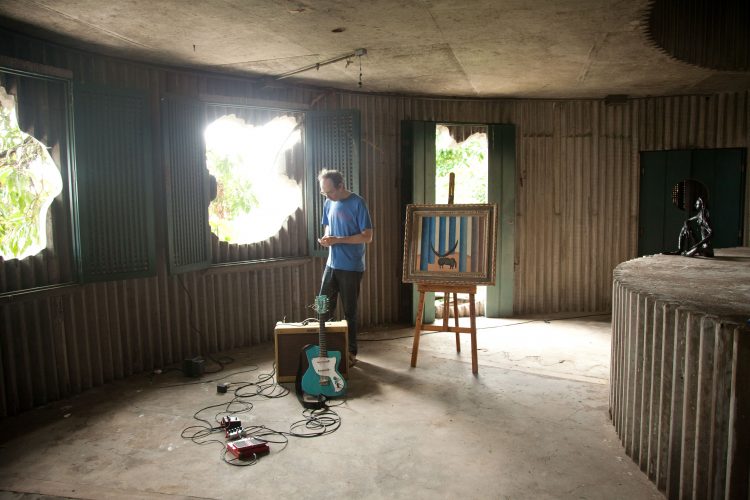
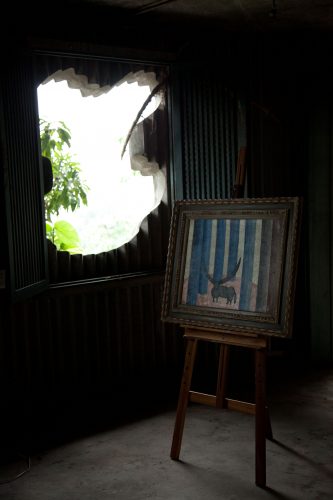
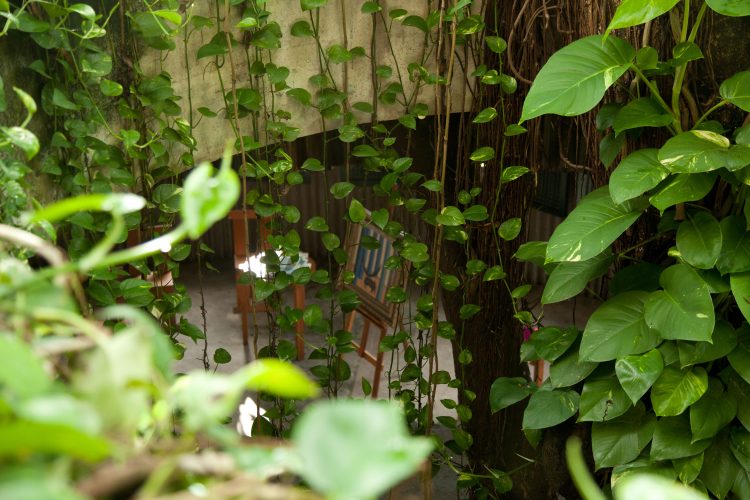
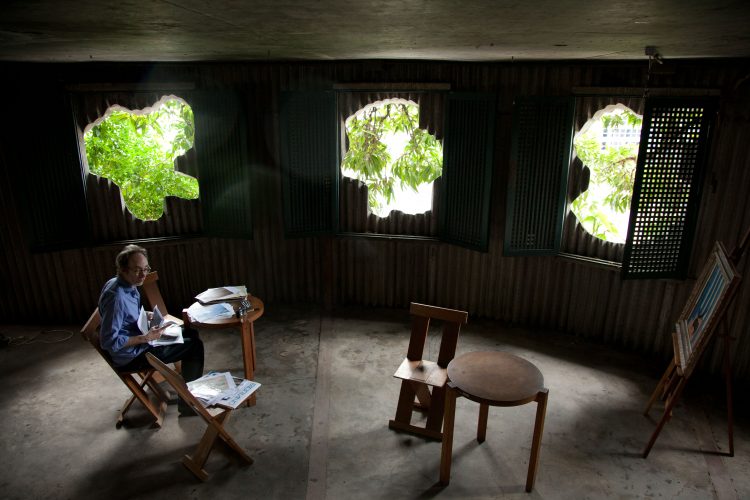
Bik Van der Pol
[gview file=”http://capacete.org/wp-content/uploads/2014/03/CAPACETE20ANOS-PAGINAS-bik.pdf”]
….
Bik Van Der Pol. is the artists duo Liesbeth Bik (born 1959) and Jos van der Pol (born 1961) who work together since 1994 as conceptual artists and installation artists.
[ess_grid alias=”Galeria de foto” layers='{“custom-image”:{“00″:”3667″,”01″:”3665”,”02":”3663″,”03″:”3661″,”04″:”3659″},”custom-type”:{“00″:”image”,”01″:”image”,”02″:"image”,”03″:”image”,”04″:”image”},”use-skin”:{“00″:”-1″,”01″:”-1″,”02″:”-1″,”03":”-1″,”04″:”-1″}}’][/ess_grid]
Yael Davids
Yael Davids é uma artista nascida em Israel que vive e trabalha em Amsterdã. Ela estudou Belas Artes na Academia Gerrit Rietveld, Escultura no Instituto Pratt, Nova York e Coreografia e Pedagogia da Dança na Academia Remscheid. Seus trabalhos são predominantemente baseados em performance, às vezes envolvendo-se como executante em outros momentos trabalhando com grupos.
GIA
A Residência, a Rua e os Encontros
“A primeira intenção tinha um sentido místico, sem necessariamente apelar para o lado religioso, mas achamos por bem fazer uma moqueca baiana para iniciar a residência no Capacete naquele ano de 2013. Rua do Russel, 300, nosso endereço por dois meses: o QG[1] da Glória. Foi ótimo, pois significava bom presságio. A cozinha da casa havia nos aceitado e isso, para nós, é fundamental, já que possuímos uma forma bem definida de criação em que a culinária ganha status de burocracia e a cozinha de escritório. Essa maneira de operação de ideias tem nos acompanhado desde que nos conhecemos por GIA. + Mandinga conceitual realizada, os louros começaram a aparecer. Em função do projeto de um grande amigo, iniciamos a residência com uma experiência de ordem culinária. É necessário dizer que, além da comida, a amizade é um elemento importante para o processo de criação do GIA. Organizou-se na casa o projeto cozinha internacional, no qual todas as quintas-feiras à noite recebíamos grupos de artistas, arquitetos, desocupados necessários, dançarinos amadores e comilões de natureza para saborear quitutes de todo o canto do mundo, além de conversar sobre tudo. Os jantares eram importantes, pois ressaltavam o conceito de convívio e de estar juntos que pensávamos no contexto da residência, ideia que continuamos levando adiante. Residir, morar, cuidar. Pode parecer estranho para um grupo que tem a rua como suporte de realização dos seus trabalhos de arte, mas esse ponto de vista não tem procedência. Sempre usamos o espaço casa como local de criação, sempre em volta do fogão, com muito samba e amigos e não poderia ser diferente no Rio, pooorra! As ações são para a rua, a lapidação de sua execução: a cozinha. Será necessário falar, adiante, sobre as ações que estavam sendo realizadas naquele momento – apesar deste pequeno texto desejar tratar do conceito de residência, de um lugar mais aconchegante e afetivo. Sendo assim, nosso processo de absorção foi muito orgânico em relação ao dia a dia de moradores e não de turistas. Foi fundamental o reconhecimento da vizinhança mais próxima, pessoas que já interferiam no dia a dia da cidade, como o entregador de água que produzia vídeos – Fala My Brother -, a feira de orgânicos da frente do prédio que chutava a canela de modelos menos inteligentes de postura alimentar. A identificação que os nordestinos tinham conosco, e assim foi… Coisas da vida, que iam acontecendo num fluxo contínuo… Viva Batatinha! Falando em Batatinha, não precisou andar muito para dar samba. Na mesma praça da feira de orgânicos topamos com uma roda, Sambastião, por causa do padroeiro e da estátua instalada na mesma praça, bendita moqueca! O GIA, desde sempre, articulou táticas e fazeres multifacetados para dar visibilidade e comunicar – comunicar no seu significado primário, no sentido de tornar comum determinada mensagem, a comunicabilidade antes da comunicação – seus enunciados, construir e partilhar suas narrativas em meio às brechas e fissuras do tecido urbano, de maneira inesperada, atuando nas rotas desviantes do improvável. Dessa maneira, durante os dois meses de residência no QG da Glória, foi possível refletir e discutir sobre o Choque de Ordem que atingia a população da capital carioca naquele momento, e maneiras potentes de criticar seus desdobramentos. O GIA, então, declarou em seu blog: Podemos destacar a violência que o termo carrega: “choque”. Triste analogia ao cumprimento da ordem via choque elétrico, cada qual que faça sua comparação. Fora do campo da linguagem, a violência continua sendo uma premissa, em vários aspectos, sobretudo contra a população de baixa renda, ou seja a maioria. Os interesses deste choque de ordem são bem explícitos[2]. A conclusão do grupo foi assertiva: Choque dói. Diante dessa constatação, o GIA achou necessário espalhar pela cidade essa mensagem, formulando uma espécie de campanha não oficial. A marca da prefeitura do Rio de Janeiro, então, teve seus elementos alterados – num típico détournement situacionista – e foram produzidos dezenas de adesivos (em uma produção caseira de serigrafia realizada na residência), colados em diferentes locais da cidade. O adesivo laranja se camuflou perfeitamente nas lixeiras cariocas, permanecendo ali como um parasita, disseminando uma contra-informação[3] por tempo indeterminado, em meio à contingência urbana. Fica claro, então, que grupo desejava se articular no contra-fluxo da imagem consensual que permeia o Rio de Janeiro, cidade maravilhosa: capital do carnaval, das praias, do turismo e do lazer. Percebendo que nem tudo era tão maravilhoso assim, o GIA, passeando pela cidade, também colou em locais específicos adesivos com a mensagem Do not take a Picture (Não fotografe), com intuito de chamar atenção para áreas degradadas e invisibilizadas na capital carioca. As mensagens sinalizavam pontos de tensão, operando desvios e pequenos curtos-circuitos na concepção aparentemente unânime do “Rio de Janeiro Cidade Espetáculo”. Voltando à residência: já estamos acostumados a experiências de convívio criativo. Aliás, desde o nosso QG do Santo Antônio, em Salvador, a nossa residência na Bahia, a amizade é realmente primordial para a amálgama do grupo. Fator que, de alguma maneira, tornou a residência no Capacete redundante. Não esperávamos – será que alguém esperava? – algo diferente do que já somos: a residência propriamente dita e as intervenções nas ruas como continuidade de nossa vida cotidiana, uma sintonia de nós com a casa e simultaneamente com os espaços heterogêneos que compõem a cidade. O QG da Glória: uma excelente biblioteca, uma vista maravilhosa, ressaltando uma belíssima árvore, que rompe com a gravidade e nos olha no fundo dos olhos, se coloca na mesma altura de nossos seis andares. A cozinha dispensa apresentações. O resto não importa, mas sem dúvida merece elogios. Impossível dizer quantas pessoas passaram por lá − o mesmo pode-se dizer do QG da Bahia. Sendo assim a mais crua realidade é melhor dizer: estávamos em casa. [1] O QG – Quartel General- é um espaço de encontro, pensamento e ação, trabalho que já foi realizado pelo GIA em diversos lugares. O trabalho consiste na produção de um espaço temporário no qual os artistas convivem com o público, propondo instantes de partilha e convívio – através de refeições compartilhadas, troca de ideias, disponibilização do acervo do grupo, festas, rodas de samba – sendo que muitas ações e intervenções surgem desses potentes momentos de convívio. Dessa maneira, a participação do público é de fundamental importância para a realização do QG, que assume diferentes configurações a depender do lugar onde se desenvolva: plantas, instrumentos musicais, lona amarela, comida e afeto são alguns dos elementos que compõem o QG do GIA. [2] Disponível em: http://giabahia.blogspot.com.br/ [3] Para o artista visual Cildo Meireles, uma contra-informação é aquela que circula por circuitos alternativos, descentralizados, que se opõem às mensagens veiculadas pelas mídias oficiais, como televisão, rádio, jornais, etc. -
Max Hinderer
Max Jorge Hinderer Cruz is a writer, editor and philosopher who works as professor, cultural critic, and curator, since 2011 he is a frequent collaborator of Capacete. 2014 Capacete translated and published his and Sabeth Buchmann’s book “Hélio Oiticica and Neville D’Almeida: Block-Experiments in Cosmococa – program in progress” (Afterall Books/MIT Press, 2013) from English into Portuguese – in collaboration with Editora Azougue, Rio de Janeiro.
Anton Steenbock
Alexandre Vogler
Siri
Ao contrário do que normalmente se espera da música contemporânea brasileira, o artista sonoro SIRI, faz arte contemporânea, misturando, música, performance, instalação e vídeo-arte. Em seu trabalho de estréia, “Siri” (independente), de 2004, o músico levou aos palcos sua parafernália musical e encantou o público com seu inusitado instrumento: uma sucata de Fusca 69 com motor, latarias e capota. Uma verdadeira orquestra urbana.
Daragh Reeves
Daragh Reeves Leeds, U.K. , 1974 – lives in Brussels and Berlin
“Being at Capacete was and continues to be a source of great happiness, fun, adventure and camaraderie. Here art and life are very much intertwined. Rio’s own special madness is an art beyond art and provided a very healthy perspective on the limitations and strengths of frankly being a Gringo. It’s an experience that I carry with me and am always grateful for lucking into.”
Julien Bismuth
…..
“I first met Helmut in 2006, with Jean-Pascal Flavien. He helped produce a performance of ours titled “Plouf.” The performance took place on two boats off the coast of Rio. The first meeting we had with him was at the beach in Ipanema. I came back to Brazil in 2012, to finally do the residency. I stayed a little over three months. I started learning Portuguese while I was there. Helmut, Amilcar, and I produced an evening of performances or interventions at a theater in Ipanema. I also started a project which I am still working on, and which has taken me twice to the Amazon. Yet the most significant thing that happened, that took place, during this three-month residency was something else, something harder to describe than an activity or an endeavor. + The time I spent in the residency was, in many ways, a break. A hiatus. Though I continued working while I was there, it was not only in a different place but in a different environment. A different atmosphere. And perhaps that’s as close as I can get to defining or describing it. To me, capacete is synonymous with something as simultaneously palpable and elusive as an atmosphere. Every time I return, I encounter a reality whose protagonists change but whose “feel” remains more or less the same. There’s a feeling of openness, of engagement, of trust and sympathy as well, which I identify with capacete. Not that capacete is isolated from the world and its problems, not that it’s in any way an escape, but rather that it opens up onto the world and its problems from within a space that operates differently and with different rules: rules of trust, sympathy, engagement, and openness. These rules are neither stated not even enforced, they are interpreted and discussed, altered and experimented with by each new constellation of visitors, residents, participants. In other words, what capacete inspires and develops is a desire to relate and to relate differently. It develops a sensibility or sensitivity to the other protagonists of our relationships, be they animate or inanimate, material or virtual. Capacete does all of this not by imposing anything on its participants, but rather, by simply inviting them to be both the caretakers and protagonists of its continuous social experiment, one whose strength resides precisely in the inherently fragile and porous nature of its boundaries. Capacete is not a helmet, it’s a tent, and like all tents, it can be pitched more or less anywhere.” -
Esteban Alvarez
Buenos Aires, 1966. Artist and curator graduated from Escuela Nacional de Bellas Artes P. Pueyrredón, BA(1992), Master of Middlesex University (London,2000). Artist in Residence at Gasworks (London,2000), participated in Hwei-Lann Workshop (Taiwan,2003). He received awards including: 2 First Prize, Second Biennial of Printmaking(Colombia,1998), Awards: British Council(1999), FNA(2002), Fundación Antorchas(2003) & Pollock-Krasner(NY, 2004). Curated exhibitions: A finger on the River, CCEBA(BA,2006). Participated in exhibitions such as: Biennial of the End of the World (Ushuaia,2009); Variation Time (Munich, 2009); Alucine Video Festival (Toronto,2009); SAR07 Macro (Rosario, 2007) Levity (NY,2007); ACC Gallerie (Germany,2006), Art and Engagement (Spain,2005), PR04 (Puerto Rico,2004), False Impressions (England, 2003) Contemporary Art Biennial das Americas (Fortress,2004); Contemporáneo1 Malba (BA,2002) Unterwegs nach Timbuktu (Berlin,2002) Solo Exhibition: Gallery-UECLAA Essex (Colchester,2000).
Tamara Stuby
Benjamin Meyer-Krahmer
Bruno Jacomino
Luisa Mota
Gabriela Vanzetta
Keila Kern
Nicanor Araoz
Nicanor Aráoz (Buenos Aires, 1981) produces objects, installations and sculptures using as reference images from comics, imagery from the Internet and romantic mythologies taken from gothic art. In his works, procedures involving the making of a surrealistic object, such as the assembly of dissimilar elements and a oneiric component, take on frantic forms resembling nightmares where pleasure and pain seem to merge. Aráoz uses materials as if they were to expiate sadistic sensations and takes them to the utmost limits of expressivity and torsion. In narrative scenes, he mixes plaster monsters, amorphous masses of resin, trainers, neon lights and biscuits with embalmed cats, mice and birds, thus shaping a world of emotional psychedelics with visual references to the domestic environment of an adolescent.
Martin Vitaliti
Bahgavan David
Daniel Steegman
Ícaro Lira
Ícaro Lira vive e Trabalha em Fortaleza-CE e São Paulo-SP.
Artista Visual, Editor e Investigador, com pesquisa desenvolvida no âmbito do Documentário Experimental. Estudou Cinema e Vídeo na Casa Amarela-UFC, Fortaleza (CE), Montagem e Edição de Som, pelo Instituto de Cinema Darcy Ribeiro (RJ) e na Escola de Artes Visuais do Parque Lage (RJ) participou dos Programas Fundamentação e Aprofundamento e em 2016/2017 do PIMASP – Programa Independente do Museu de Arte de São Paulo (SP).
Sofia Caesar
Since 2011, I have participated in exhibitions and residencies in institutions such as: Parco d’Arte Vivente, Turin, Italy; La Maudite, Paris, France; SFMOMA, San Francisco, USA; Casamata, Parque Lage, Capacete, Oi Futuro RJ, Galeria A Gentil Carioca, Rio de Janeiro, Brasil; CCBNB-BR, Fortaleza, Brazil; Tomie Othake, São Paulo, Brazil, and others.
In 2015, I graduated with an MFA from the School of Missing Studies, Sandberg Instituut, in Amsterdam (NL). I have participated in a.pass in Brussels in 2016.
I am currently based between the Netherlands and Brussels, Belgium.
Bernardo Stumpf
Brazilian artist, art-educator and cultural stirrer, graduate in dance, mainly interested in articulating different forms and conditions to develop sensible material and experience.
“CAPACETE was the second of a series of six residencies I participated in 2012/2013, in which I was developing a gestural, behavioral, choreographic and conceptual research I was calling “Escavações” (Excavations). Once I was able to have a lot of proper time to arrange my activities along all of those residencies, and having CAPACETE’s context in between of two others where I was and would be pushed hard into practical experimentation, I decided to make Rio (a very familiar place for me, because I lived there for 10 years) a place/context to be more quiet and still, reading more, listening more, paying attention and so on. I remember the moments of the days I enjoyed the most were like being at the kitchen with other artists, listening to their desires, concerns, struggles and efforts, cooking and talking about nothing precise, chit-chatting with the woman that used to clean the common spaces of the apartment (I’m sorry I don’t remember the names of much of those companions, but for me what mattered were their presences), and also when someone was being visited by outsiders; it was great having time to give time to the presence of the other. Maybe that’s the clearer remembrances (maybe more as feelings) I have from the time at CAPACETE, but nonetheless, despite blurred and apparently artistically meaningless, those experiences brought me thoughts and motivations that were deeply important for the sequels of my excavations.”
DAG Nordbrenden
“In many ways Capacete was an opening chapter to a series of visits to the country. I have been coming back every winter since, developing different projects around themes of nature and corruption in the north east region of Brazil. I did a solo show titled ‘Condominium’ at Akershus Kunstsenter in Norway in 2015 where I exhibited a project looking at massive holiday apartment complexes, built for Norwegians, close to Natal that came to a halt due to financial crisis and a money laundring scandal. At the moment I’m working on an artist book that connects images from trips to Brazil. It will be a lyrical documentary of a region, where contemporary ruins destroyed by financial crisis and corruption are combined with images of landscapes and of hallucinatory nature. It will also include a CD of sound recordings.”
Jimmy Robert
Jimmy Robert (born 1975) works in a range of media—including photography, sculpture, film, video, and collaborative performance—gently breaking down divisions between two and three dimensions, image and object. Robert’s work is guided by an interest in the body and the poetic potential of ephemeral materials such as paper and tape. Creating form through gesture, he draws inspiration from artists such as Yvonne Rainer and Yoko Ono. His exploration of moving bodies, crumpling paper, and repetitive gestures, in works that feature actions such as a hand tearing tape from skin or fingers rubbing a text, has come to define him as an artist of touching.
+ There is also a still of the performance I did at the teatro Ipanema with the group of artists/community around Capacete at the time. Finally, a production still of the video installation Vanishing point showed at the 8th Berlin Biennial where I filmed on super 8 the amazing drag performer Erika Vogue doing a dazzling performance of Bate cabelo throughout the modernist edificio Capanema. We also went to Ilha Grange as a group which was a simply unforgettable moment, here you see Helmut with a Penguin which had somehow lost its way to the south.” -
Fabrício Belsoff
Choreographer and performance artist born in Rio de Janeiro (BR) and based in Gießen (DE).
“It might be too obvious to start a text like this, but my experience in Capacete was very inspiring, not only because it offered me the opportunity to receive many inputs from different artists, thinkers and researchers in the field of arts, but especially due to the relaxed and affective environment of sharing practices proposed by Helmut, Daniel and Amilcar. I have nice memories from the warm days we spent together during the summer university 2012 (?). And though i don’t have a continuous contact with the artists i met there, once in a while, when we meet in different art contexts is always a pleasure to catch up and remember things together.”
Mauricio Carmona
Luis Alarcón / Ana Maria Saavedra
Francisca Caporali
Musa paradisiaca (Eduardo Guerra / Miguel Ferrão)
Musa paradisiaca is a dialogue-based artistic project by Eduardo Guerra and Miguel Ferrão. Founded in 2010 on temporary partnerships with individual and collective entities of varying competence, Musa paradisiaca assumes different formats, while always maintaining a discursive and participatory reference. Their work has been presented at various national and international exhibitions, such as Man with really soft hands at Galeria Múrias Centeno, Lisbon (2017), Masters of Velocity at Dan Gunn Gallery, Berlin (2016) and Alma-Bluco at CRAC Alsace, Altkirch (2015). Their performances were part of Canteen—Machine, Serralves Museum of Contemporary Art, Porto (2015) and Impossible tasks [The Servant of the Cenacle], Palais de Tokyo, Paris (2013).
Ana Luisa Lima
Ana Luisa Lima (1978) é crítica de arte, escritora e pesquisadora independente com foco em literatura e artes visuais – imagem e narrativa. Editora da revista Tatuí de crítica de arte (2006-2015). Cocuradora do projeto ‘Poemas aos homens do nosso tempo – Hilda Hilst em diálogo’, Programa Rede Nacional Funarte 9ª edição, 2013. É colaboradora da revista sobre mercado de arte contemporânea e colecionismo latino-americano TONIC (Chile). Criadora da Cigarra Editora. Autora do livro ‘16’39” a extinção do reino deste mundo’, São Paulo-SP, 2015. No audiovisual, lançou seu primeiro curta-metragem ‘Zona Habitável’ (13′, Nova Lima – MG, Brasil, 2015). Tem desenvolvido projetos curatoriais e editoriais com foco na produção artística e experimental feita por mulheres. É idealizadora do projeto CODEM.RED – Cooperação de Mulheres em Rede, uma plataforma de organização, colaboração profissional e assistência jurídica para mulheres. Já fez curadorias, escreveu e publicou ensaios sobre artistas e fotógrafos como Farnese de Andrade (BR), Luiza Baldan (BR), Marcelo Silveira (BR), Gil Vicente (BR), Nazareno (BR), Thiago Martins de Melo (BR), Felipe Abreu (BR), Carolina Krieger (BR), Fernanda Rappa (BR), Luana Navarro (BR), Marco Maria Zanin (IT), Leonora Weissmann (BR), Pedro Motta (BR), Serge Huot (FR), Stéphane Pauvret e Christine Laquet (FR). Seus ensaios já foram traduzidos e publicados em espanhol, inglês, francês e italiano.
“Participei da “residência para Gestores Independentes” em 2010. Foi sem dúvidas uma das experiências mais ricas e profundas que pude ter durante uma residência. Em um mês juntos/as, passamos por SP, MG e RJ, conhecendo formas diversas de gestão institucional e autônoma, pública e privada. Generosidade e afeto eram parte do exercício político diário em busca de transformações sejam em nossos próprios modos de conduzir os projetos, tanto quanto nos modos de reinventar um estar-juntos/as enquanto coletividade. Fiz amigos/as que seguem até hoje. Trabalhamos, sorrimos e choramos juntos/as. Seguimos nossos caminhos de maneira que possam se encontrar sempre que possível. “Amar e mudar as coisas me interessa mais” dizia o mestre Belchior.”
Sasha Huber
Sasha Huber is a visual artist of Swiss-Haitian heritage, born in Zurich (Switzerland) in 1975. She lives and works in Helsinki (Finland). Huber’s work is primarily concerned with the politics of memory and belonging, particularly in relation to colonial residue left in the environment. Sensitive to the subtle threads connecting history and the present, she uses and responds to archival material within a layered creative practice that encompasses video, photography, collaborations with researchers, and performance-based interventions. She has also discovered the compressed-air staple gun as a tool capable of producing visually arresting works that also functions like a symbolic weapon, offering the potential to renegotiate unequal power dynamics.
Cristina Ribas
“Capacete is many things in my life, and I have been part of it with many different intensities, along the years… starting more or less in 2007! A space for learning, producing and thinking, a (non)school, a project space, and a space for feeding up the body and the soul in all sorts of energetic levels”
Mauricio Marcin
“I live in Mexico City, my full name is Mauricio Marcin Alvarez, that hasn’t changed. I now work in a space I co-funded with 4 other guys and girls called Aeromoto. Recién noto que han pasado cerca de siete años desde que fui a Capacete. Tengo tantas hermosas memorias que me resulta complicado alejarme del sentimentalismo. Ni modo. Diré que descubrí en compañía y en diálogo con los gestores dependientes potencias sensoriales, zonas erógenas, sobre la retaguardia y la fragilidad de la vida. Se abrió el telón que dejó descubiertos todos los miedos. Miré un sapo por un instante eterno y en el brotó la sonrisa de Helmut. ¿Habrá sido místico, todo ello? Simonel.”
Rodrigo Quijano
“Con toda sinceridad, la experiencia con capacete en el 2011 fue un poco confusa, pero nunca olvidaré los días pasados con lxs compañerxs en el piso 21 y 22 del Copan. Ahí hice estupendos amigos, tomé mucho café, escribí poemas y miré mucho por la ventana, pero sobre todo conocí entrañablemente a Mauricio Marcín.”
Alicia Herrero
“Como si las palabras almacenaran tesoros, ritmos y sentidos infinitos, residir puede derivar en re-incidir. Así, todo el secreto de una residencia artística estaría oculto en la acción que implica su coloquial nominación. Su mejor meta. ¿Qué otra cosa podemos aspirar de esta experiencia, que no sea incidir una y otra vez de forma intercambiable entre lxs unxs y lxs otrxs? Solo re-in-ci-dien-do una y otra vez, habrá trabajo compartido. Deslocalizarse es siempre grato para mi, no siempre se logra, muchas veces las exposiciones y actividades de agenda, hacen que esto no sea posible, incluso cambiando de lugar. En Capacete se logra, y lo digo por mi propia experiencia ya que la residencia me tomó en medio de la realización de un proyecto para una bienal y dos exposiciones en otros dos paises. Se logra porque Capacete incide en unx y abre el corazón a ser incidido. No solo durante su estadía. Cinco años despúes, un tramo de esa experiencia reaparece en una nueva serie. Incide, reincide, y vuelvo a incidir. Pero hay otros secretos ocultos en las palabras. Residir reincidir puede derivar en resistir. ¿Qué otra cosa se anhela, sino, que una residencia de artistas, logre ser el lugar dónde resistir ciertas normas epocales? Una zona de resistencia, lo es también de emancipación, de aventura y solidaridad. ¿Capacete? Un lugar extra-ordinario del planeta. Una residencia que reincide en ser una resistencia existencia”
Paulina Varas
“Paulina Varas. Madre de Borja, compañera de José. Parte de CRAC Valparaíso www.cracvalparaiso.org e investigadora del Campus Creativo de la Universidad Andrés Bello. Mi experiencia en Capacete fue parte de una residecnia para gestores, investigadores y curadores de América Latina y Brasil en el año 2011. Sao Paulo, Belo Horizonte y Rio de Janeiro repartido en 30 días de encuentros, risas, debates, talleres, frio, calor, comidas, bebidas, bailes, lecturas, exposiciones, caminatas…Recuerdo que tuve que ir al dentista por un pequeño accidente en una muela, y el dentista trabajó tan lentamente en el diente, con pausa, eso me hizo caer en cuenta que mi cuerpo estaba en Brasil…movernos juntos por algunas ciudades de Brasil en avión o autobús fue una manera de componer formas y relacionarnos de una manera que dejó una huella de vínculo en cada una/o, eso que hace que cada vez que nos hemos vuelto a encontrar, nos abracemos con afecto. Capacete-afectos-relaciones-formas de vida-composiciones-intensidades-creacion-poeticapolitica-cuerpos-gracias.”
